Last updated on November 28, 2023
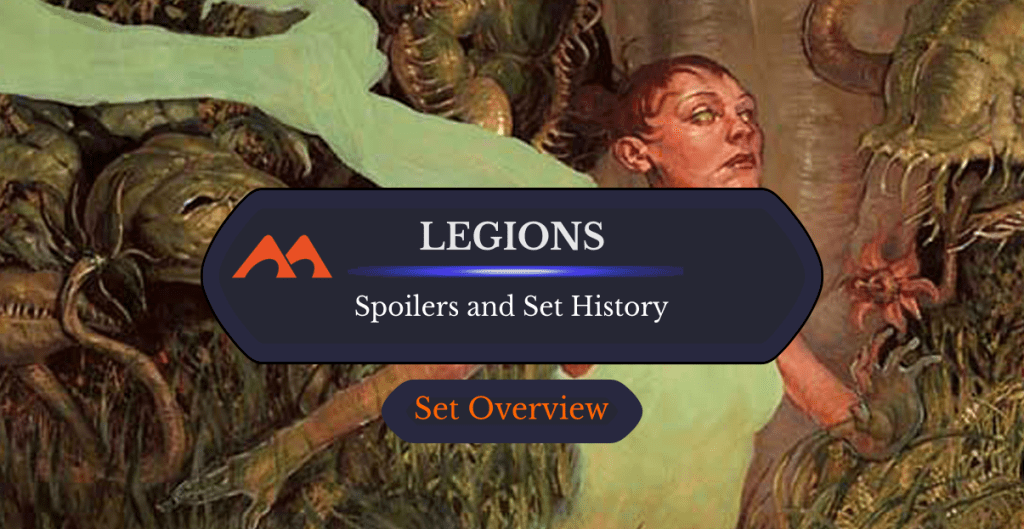
Seedborn Muse | Illustration by Adam Rex
They say that good things come in threes, and maybe that's what MTG designers were thinking about in the early days of Magic when expansions like Legions used to be part of a three-set block.
But they sure pushed it in the Onslaught block, of which Legions is the second set. This is the typal block, where good things come to those that play lots of creatures that all share the same creature type: goblins, elves, zombies, spirits, zombie spirits… and to the delight of those that think that great minds think alike, slivers!
Legions Basic Information
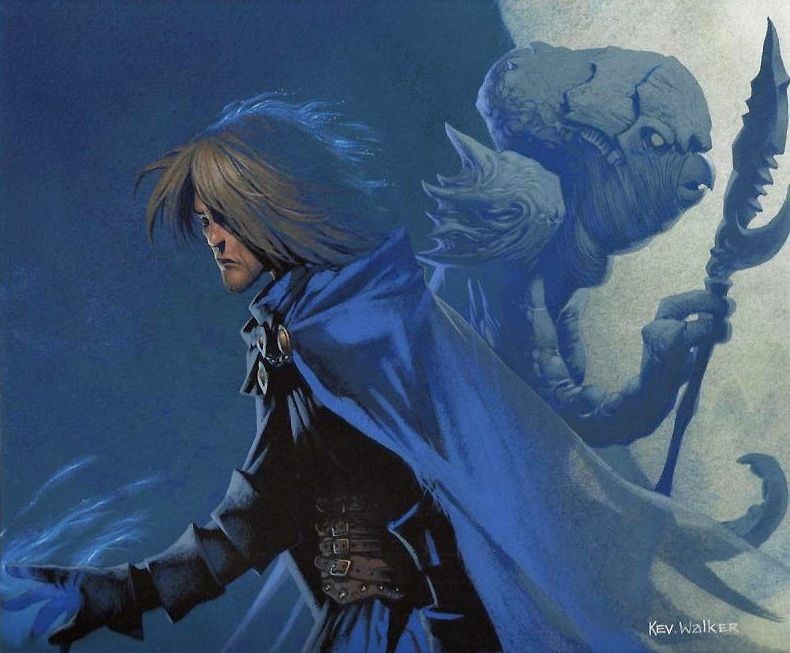
Covert Operative | Illustration by Kev Walker
Legions, released in February 2003, is the second set in the Onslaught block, which also includes Onslaught (the block's first set) and Scourge (the block's third and last set). This would be the last MTG block printed with the “old” card frame, right before the Eight Edition Core Set introduced the “modern” card frame.
Back at the time, MTG expansions were designed in blocks. All sets in a block usually (although not always, like Prophecy) had similar themes, with the second and third sets expanding on the first set's mechanics. Odyssey, the previous block, had been the graveyard block and Mirrodin, the block that would follow, would be the artifact block. As for Onslaught block, it’s all about creature types (like goblins and slivers) and typal synergies.
Following this creature-focused theme, one of Legions' novelties was that it was the first creature-only set in Magic's history. Legions also features a creature with all creature types, even when it's not in play: Mistform Ultimus.
Legions: Set Details
| Set Symbol | 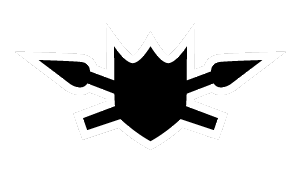 |
| Set Code | LGN |
| Hashtag | |
| Number of Cards | 145 |
| Rarities | 55 commons, 45 uncommons, 45 rares |
| Mechanics | Double Strike, Amplify, Provoke, Morph, Saboteurs, typal synergies |
Legions: Important Dates
| Event | Date |
|---|---|
| Set Release | February 2003 |
| Available on Draftsim's Draft simulator | No |
About the Set: The Story
During Onslaught's storyline, we return to the Otaria continent on Dominaria and to meet Kamahl, Fist of Krosa and continue story told in the Odyssey block in which Kamahl ends up as the guardian of the Mirari, an incredibly powerful relic able to grant any wish. But, as these powerful relics often do, it also possesses a dark, corrupting influence on its wielder.
Kamahl relocates to the Krosan Forest and takes the Mirari with him, while Jeska, Kamahl's sister, is transformed through dark Cabal magic into Phage the Untouchable, a pit fighter capable of killing with a mere touch. Phage allies herself with the Cabal.
Ixidor, an illusionist pit fighter, is grief-stricken after Phage kills his partner, Nivea. Wandering the desert, Ixidor discovers his new powers of reality sculpting and becomes Ixidor, Reality Sculptor. He creates an angel sworn to serve him, Akroma, Angel of Wrath; Ixidor and Akroma attack the Cabal and Phage to avenge Nivea's death.
The mounting conflict between Phage and Akroma pushes the Cabal into an uneasy alliance with Kamahl.
Kamahl, Phage, and the Cabal confront Ixidor and Akroma; Ixidor dies, but in the final battle between Akroma and Phage, they merge into Karona, False God, a powerful, god-like creature.
While all these battles take place, a group of researchers manage to clone some slivers, a hive-minded species brought to Dominaria during the Phyrexian invasion. What do you know… the slivers escape, killing most researchers in the process, and reproduce across Otaria.
These stories would continue in the Scourge expansion and set the stage for the events narrated in the next block, Mirrodin.
Much of this tale is told through a trilogy of novels, known as “The Onslaught Cycle”, all penned by J. Robert King. Each novel in the trilogy has the same title as the expansion they were published with: “Onslaught” (published in September 2002), “Legions” (January 2003), and “Scourge” (May 2003).
Legions Mechanics
Legions introduced three new keywords: amplify, provoke, and double strike. It also added 32 morph cards to the pool of 46 introduced by Onslaught, about half a dozen saboteurs (creatures that provide an effect when dealing combat damage to players), and plenty of creatures with popular creature types, including some that aren’t found in Onslaught.
Double Strike
Arguably Legions's greatest contribution to Magic: The Gathering, the double strike keyword allows creatures (usually red or white) to deal combat damage twice per attack step: once during the first combat damage step (in this case, acting exactly like creatures with first strike), and then again during the second combat damage step, like regular creatures.
There are only two Legions creatures with double strike, namely Ridgetop Raptor and Rockshard Elemental, and they’re both fairly mediocre cards (as in: trash tier) by current Constructed standards, but the double strike keyword proved powerful and successful enough to become an evergreen mechanic featured on one or two creatures in most latest sets, like Kellan, the Fae-Blooded in Wilds of Eldraine.
By the way: double strike is a different keyword from first strike, so effects that make a creature lose first strike won’t affect double strikers.
Amplify
Another keyword ability introduced in Legions, “Amplify N” lets you place N +1/+1 counters on a creature as it enters the battlefield, provided you’re willing to reveal creatures of the same type in your hand.
The number of counters you place in the played creature is equal to N, multiplied by the number creatures of the same type that you reveal from your hand.
For example, if you play Embalmed Brawler, which has amplify 1, and reveal two zombies from your hand, you place two +1/+1 counters on Embalmed Brawler as it enters the battlefield. But if you play Kilnmouth Dragon, which has amplify 3, and reveal two dragons from your hand, you place six +1/+1 counters on it (three per dragon you revealed).
- Kilnmouth Dragon
- Ghastly Remains
- Feral Throwback
- Aven Warhawk
- Zombie Brute
- Canopy Crawler
- Daru Stinger
- Embalmed Brawler
- Glowering Rogon
Amplify turned out to be not too successful, and all the MTG cards with amplify are from Legions. Kilnmouth Dragon has been added to the List, but that's the only amplify card seeing reprints.
Provoke
The third and last of Legions's new keywords, provoke is an ability that triggers whenever the creature with the provoke keyword attacks. At that point, the attacking player has the choice to force a target creature from the defending player to block the provoking creature.
The target provoked creature is untapped, and must block if able; the block must still be legal. For example, if the attacking provoke creature has flying, the forced defender must be itself a flier, have reach, or be otherwise able to normally block fliers.
This keyword was inspired by the Provoke instant in Stronghold, although with the original Provoke the defending player still gets to choose which attacker to block if there are more than one.
Like amplify, provoke didn't prove very successful, and according to Magic's head designer Mark Rosewater provoke is very unlikely to return because it's too similar to the fight mechanic.
All the eight provoke cards in MTG are from Legions, and they have only seen digital reprints in Magic Online:
- Deftblade Elite
- Goblin Grappler
- Krosan Vorine
- Feral Throwback
- Brontotherium
- Crested Craghorn
- Swooping Talon
- Lowland Tracker
Morph
Morph, which had debuted in Onslaught and featured on 46 creatures, grew in Legions with another 32.
Morph is a static ability that lets you play morph creatures face down on the battlefield as a 2/2 creature, paying 3 generic mana. Face-down creatures played this way are considered 2/2 creatures with no text, no name, no subtypes, and no mana value; they just have power and toughness.
Then, at any time when you have priority, you may flip a face-down morph creature and put it face-up by paying its morph cost. It then becomes a creature with all the characteristics of the face-up card.
Morph added quite a bit of bluffing and guesswork to the game and is the sort of mechanic that becomes better as more cards are printed to make a wider pool that your opponent has to consider in their guesses. There are about 150 morph cards currently in the game: about a hundred from the Onslaught block (Scourge would introduce a few more), plus others from the Time Spiral and Khans of Tarkir blocks.
Saboteurs
“Saboteurs” is the nickname for creatures that provide you with an effect whenever they deal combat damage to a player.
Phage the Untouchable is a prime example: whenever it deals combat damage to a player, that player loses the game.
The effects need not be so terminal, of course. There are hundreds of saboteurs in Magic, providing a myriad of bonuses. Legions has five of them:
Return of the Slivers
Speaking of typal synergies, let's address the hive mind in the room: slivers!
Introduced in Tempest, slivers return in Legions (although they’re notably absent from Onslaught), with more than a dozen of them infesting the set. Quick Sliver, Crypt Sliver, and Brood Sliver are the most popular of the bunch in EDH decks, while the most expensive by far is Magma Sliver (which has only seen a Secret Lair reprint), followed by Essence Sliver, and Root Sliver.
Legions Card Gallery
White
Blue
Black
Red
Green
Notable Cards
The expansions from the Onslaught block would be the last sets using the “old” card frame before the Eight Edition Core Set introduced the “modern” card frame. Years later, the Eighth Edition would be chosen as the cut-off point for sets that are legal in the Modern format, which was called that way because of the new frame.
There are about 18 Onslaught cards that, through later reprints, are Modern-legal; all of the set's cards are playable in Vintage, Legacy, and Commander.
Magma Sliver
Never reprinted outside of a Secret Lair drop, Magma Sliver is Legions' most expensive card, at about $12-$15. It’s also one of the typal-est, capable of pushing any sliver deck really over the top.
Seedborn Muse
The other card from Legions surpassing the $10 range, but in this case having seen tons of reprints, Seedborn Muse is the type of card that scales with the amount of players at a table, so it's a “Kill On Sight” creature in EDH games. Three extra untap steps per turn is a massive advantage if this Muse is allowed to live.
Pair it with Derevi, Empyrial Tactician for some stax shenanigans or Kinnan, Bonder Prodigy to remind your foes why board wipes are important.
Windborn Muse
Another staple of stax strategies and pillow forts, Windborn Muse turns combats into snail races, allowing you not to worry about suffering combat damage.
Wirewood Channeler + Timberwatch Elf
Often seen among Lathril, Blade of the Elves‘ entourage, Wirewood Channeler and Timberwatch Elf are the most popular of Legions's elves in EDH decks.
Akroma, Angel of Wrath
Akroma, Angel of Wrath was Legions's most memorable card when the set launched: seven keyword abilities all rolled into one creature was unheard of at the time and remains an all-time record.
As one of Magic's best angels, Akroma, Angel of Wrath saw quite a bit of tournament play in its day, fetching a handsome price if memories serve correct. It’s still quite popular in the Premodern format, and although it doesn't make for a good commander itself, it’s often included in EDH decks as one of the regular creatures.
Phage the Untouchable
One of Legions's main characters, Phage the Untouchable is one of the scariest saboteurs in Magic: if it touches you in combat, you die, thus providing an alternate win condition.
Its text prevents it from being a commander, though, stifling the appeal of building a deck around it.
Mistform Ultimus
If Akroma, Angel of Wrath broke all records with the number of keywords for a single creature, Mistform Ultimus did the same with creature types.
And by the way it’s worded, its record will never be surpassed even if the number of creature types keeps growing: Mistform Ultimus always has all creature types.
Mistform Ultimus later inspired the changeling mechanic that some shapeshifters have, and that’s basically Mistform Ultimus‘s ability codified as a keyword.
Noxious Ghoul
With the proper setup, Noxious Ghoul becomes a one-sided Wrath of God with extra typal steps – exactly what same-creature decks are all about.
Quick Sliver + Shifting Sliver + Crypt Sliver + Brood Sliver
While Magma Sliver is the priciest, these hive-minded folks are the most popular of the sliver bunch:
They have all seen lots of reprints, and you can buy any of them for quite a bit less than $1.
Available Products
Legions was marketed as the “Creature Set” (for once, marketing was precisely correct about the product sold… ), and sold in 15-card boosters.
Legions was also sold in “fat packs”, which is what bundles were called at the time; for small sets like Legions, they came with six booster packs, two premium cards, and the set's novel.
Lastly, Legions also had four preconstructed decks:
- Elvish Rage, a green deck about smashing your foe's face with an overwhelming horde of elves;
- Morph Mayhem, a white and blue deck revolving around the morph mechanic;
- Sliver Shivers, is all about slivers, and it’s a bit unusual for preconstructed decks in that it uses three colors (since these decks are above all starter decks, they tended to stick with two, or often just one, color);
- Zombies Unleashed, a black deck with a zombie typal theme.
Although Legions is a very old set, you can find some boosters on Amazon and eBay, but they tend to be pricey. It's probably a better idea to buy the specific singles you want from online stores, or perhaps trade directly with some other players.
Also keep in mind that unless you’re after that pre-modern card frame, several of the most popular cards from Legions have seen later reprints, so you may want to check which version is the cheapest.
Wrap Up

Embalmed Brawler | Illustration by Justin Sweet
And that would be all for this Legions overview!
Legions doesn't hold a candle to Onslaught on the power level department (Onslaught brought such powerhouses as the fetch lands, and arguably made goblins the most featured type in Magic at the time), but it did bring back one of MTG's most-loved, hive-minded creatures, and pulled off the quite hard trick of introducing a new evergreen keyword: double strike.
And the whole Onslaught block marked the end of an era. This is how pre-Modern ends: both with a bang and with an old card frame!
I hope you've enjoyed this overview, and if you have comments or feedback please stop by the Draftsim Discord for a chat.
And good luck out there!
Note: this post contains affiliate links. If you use these links to make a purchase, you’ll help Draftsim continue to provide awesome free articles and apps.
Follow Draftsim for awesome articles and set updates: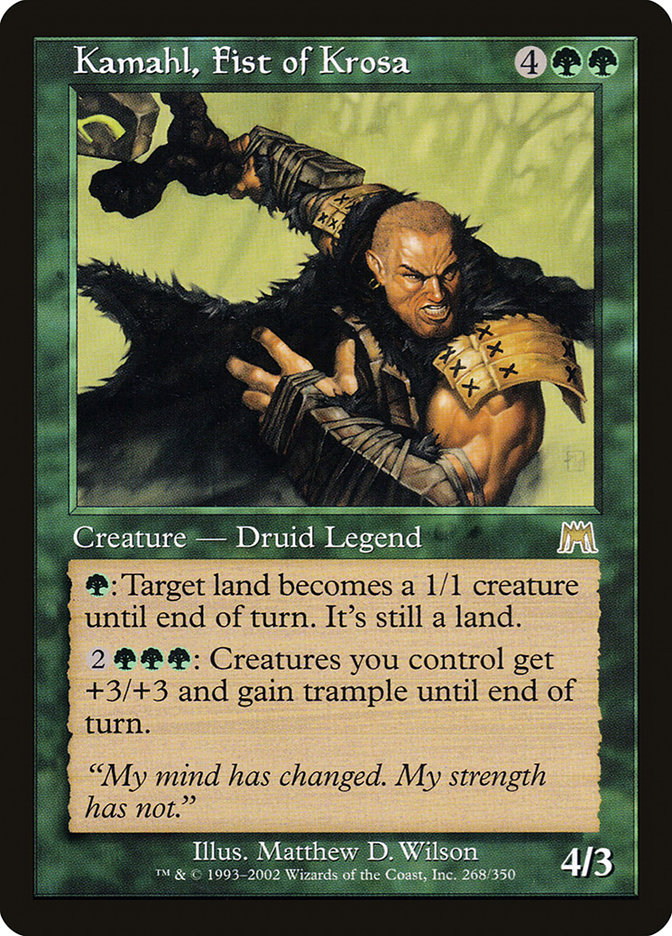
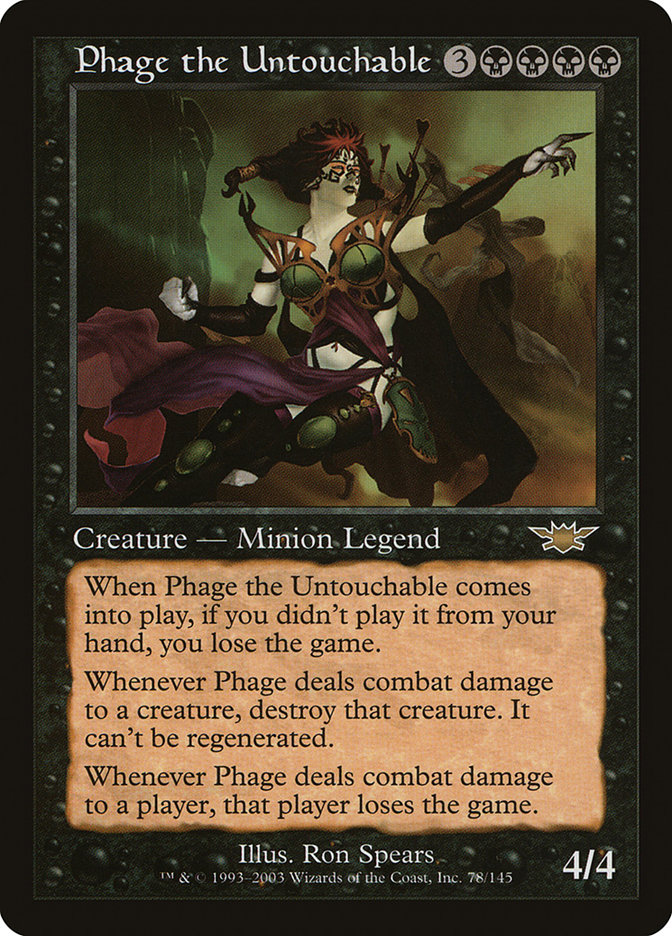

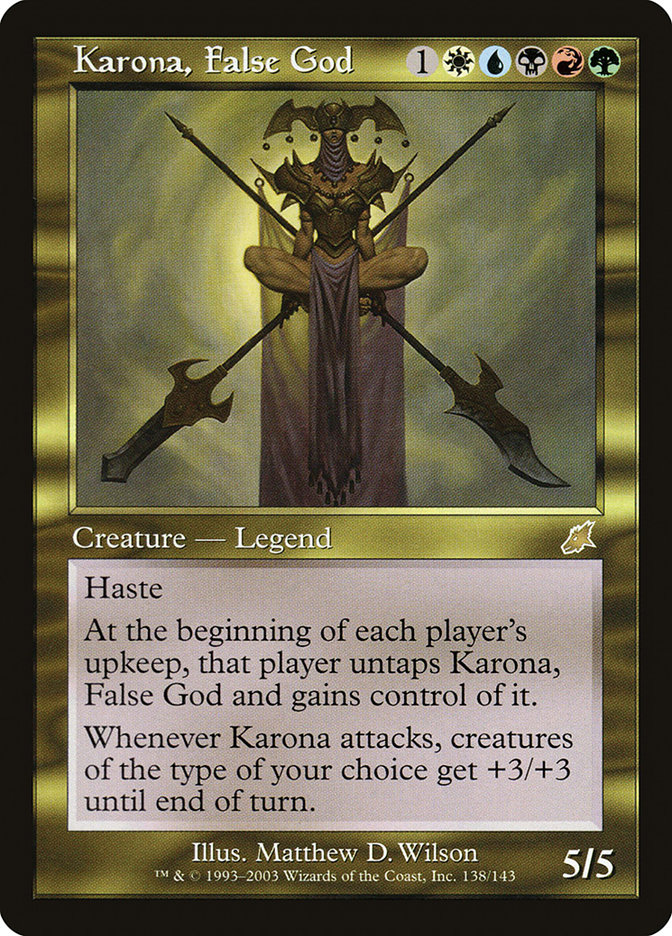
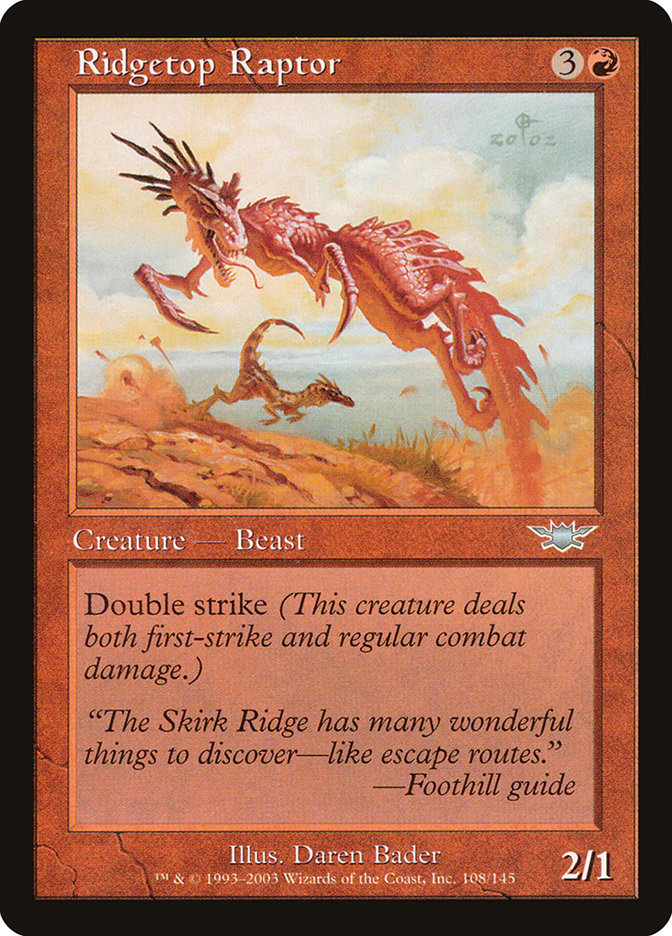
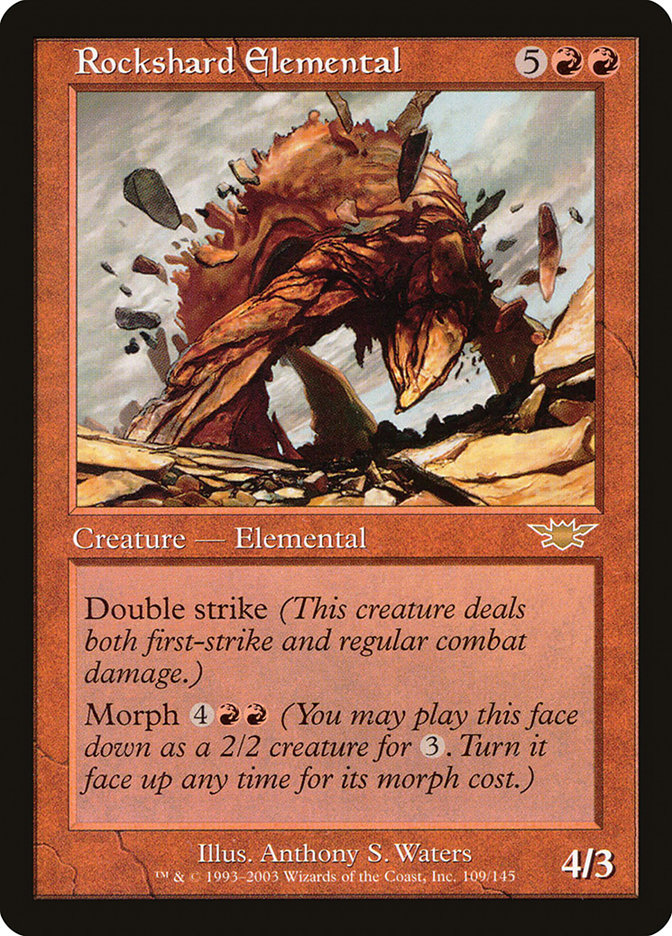
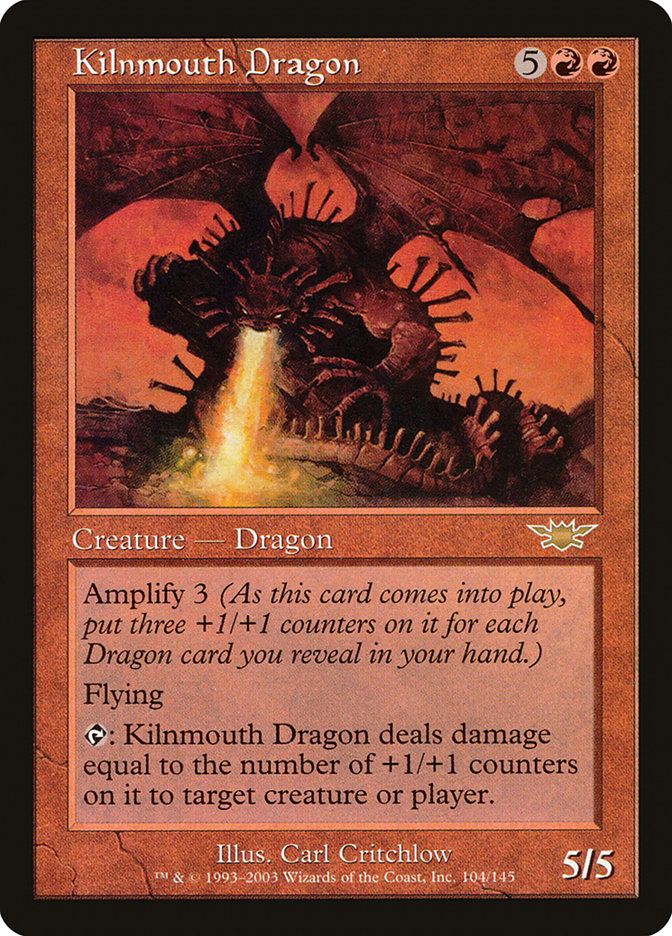
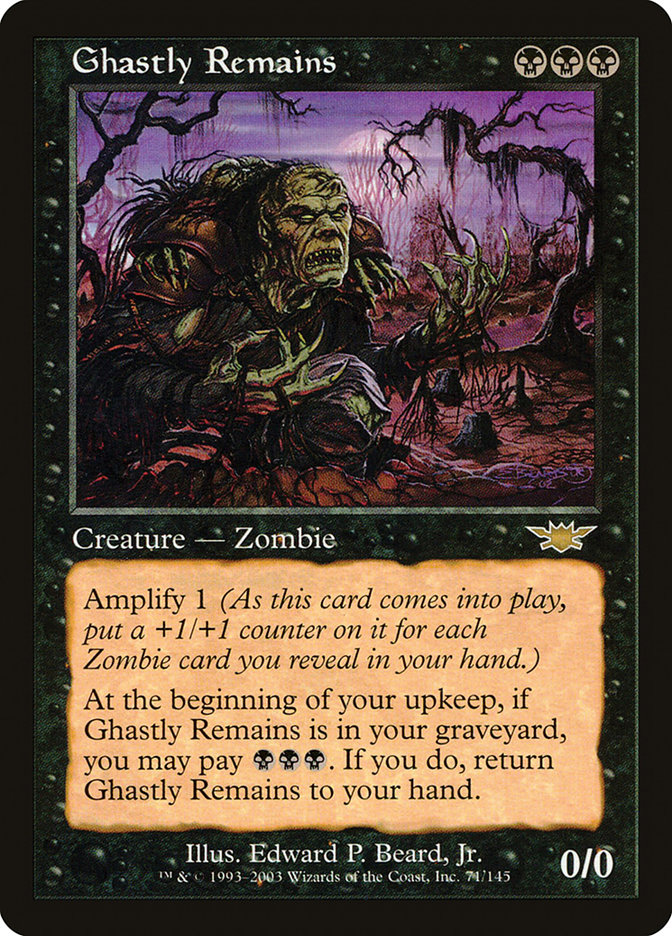
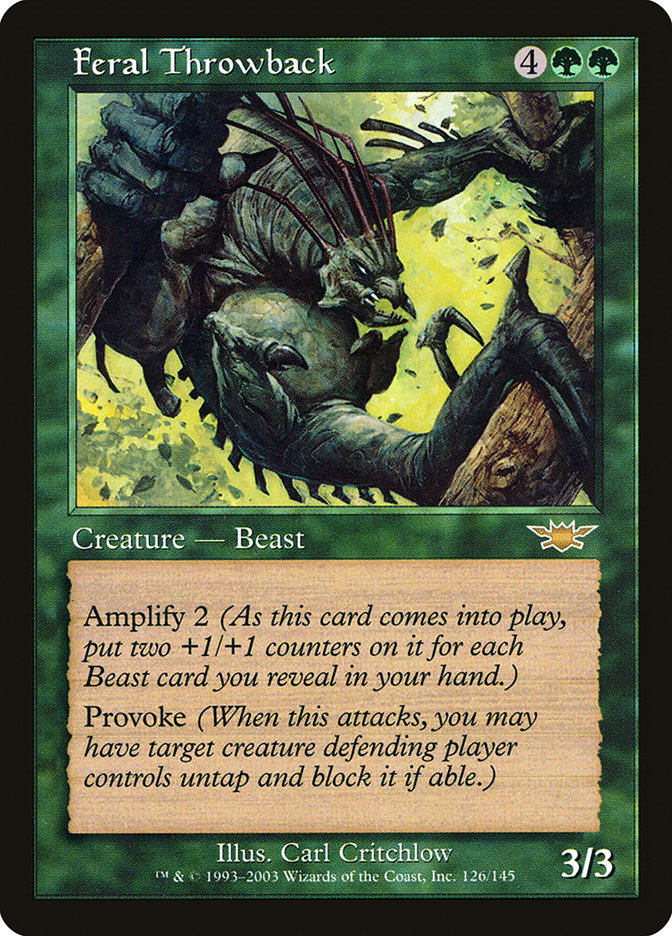


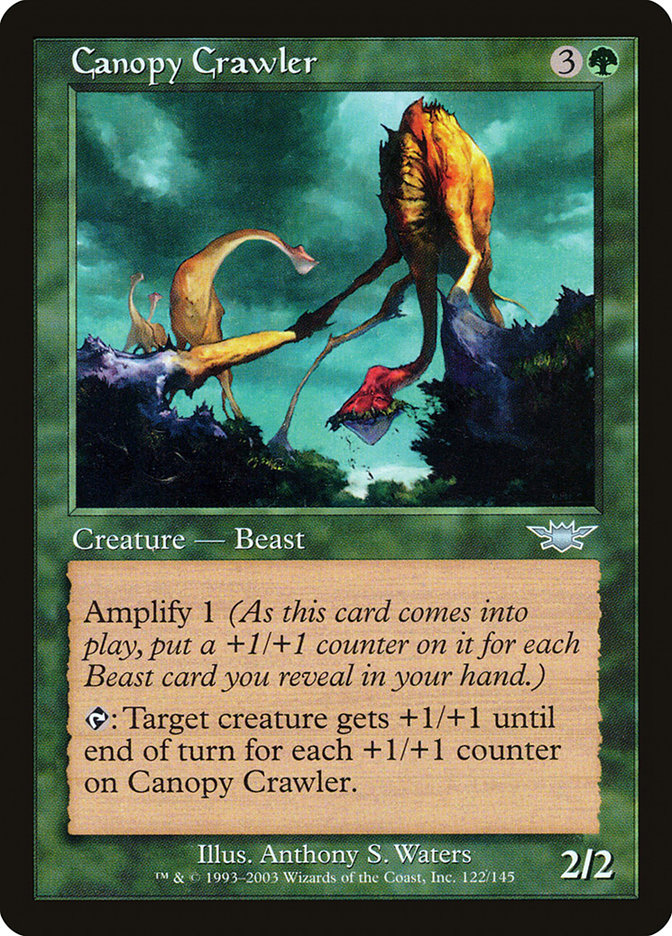


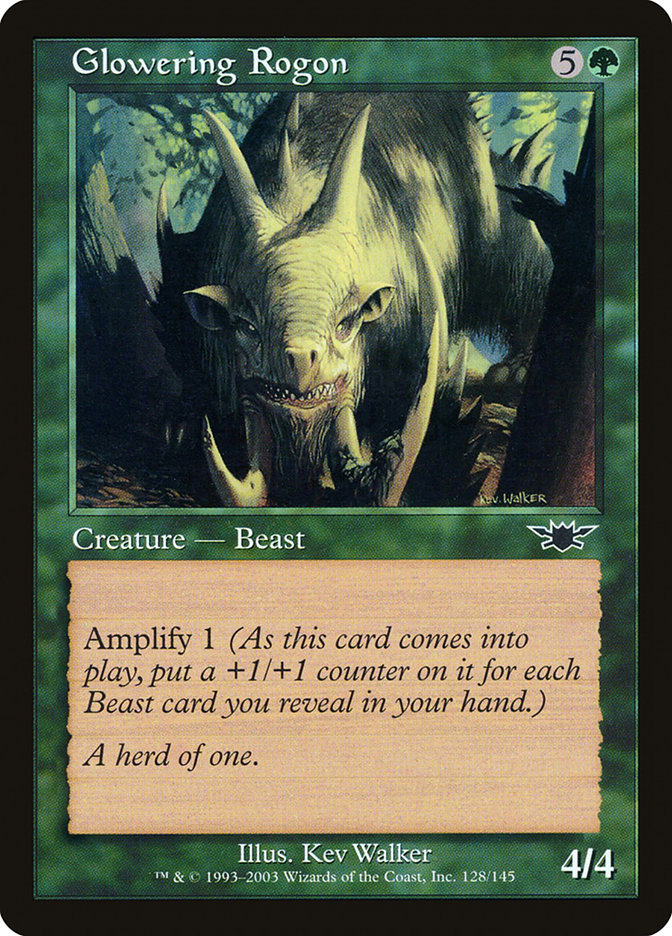
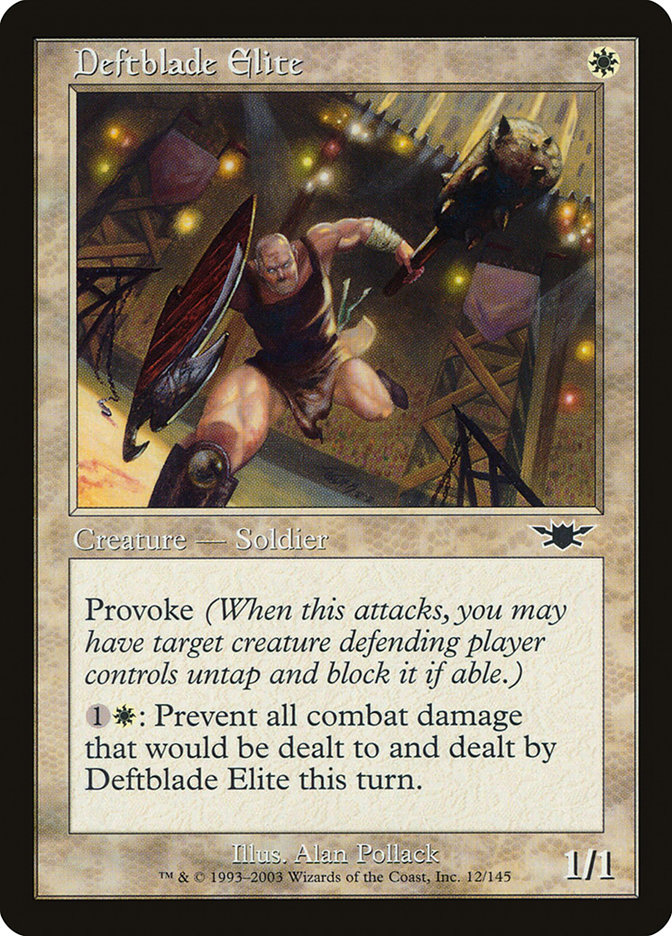

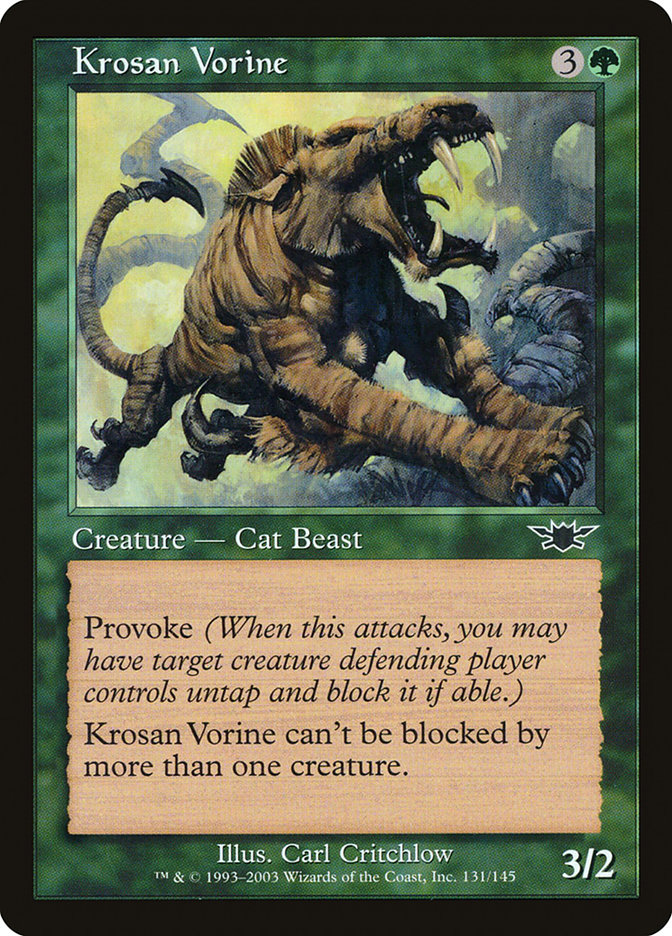

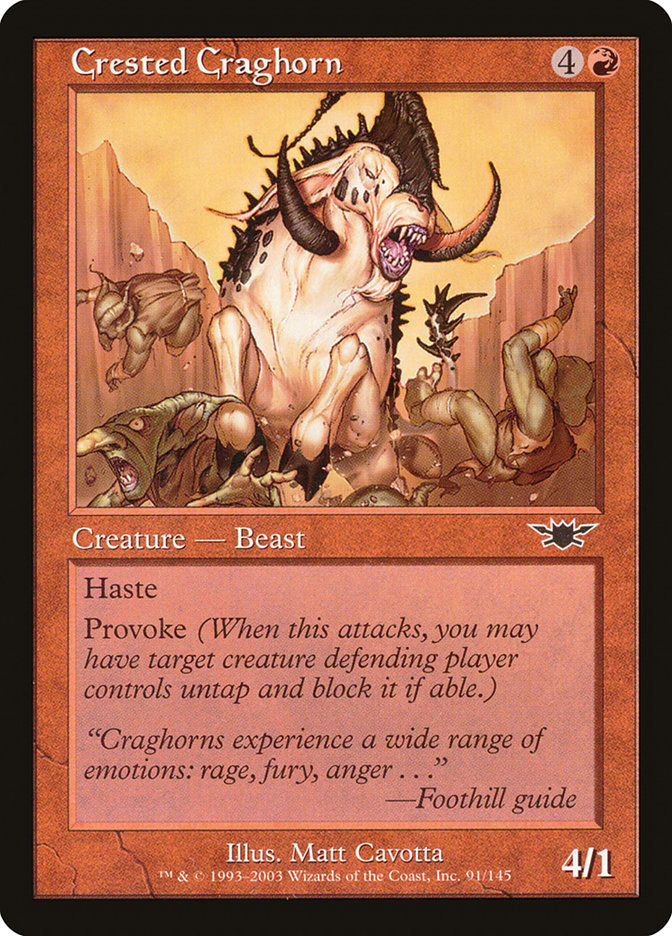
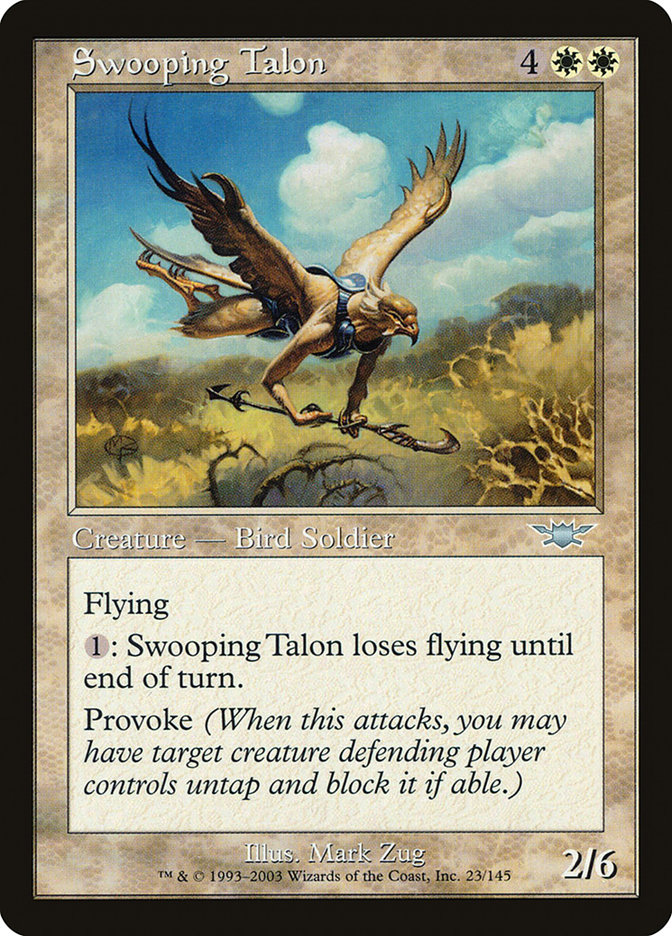
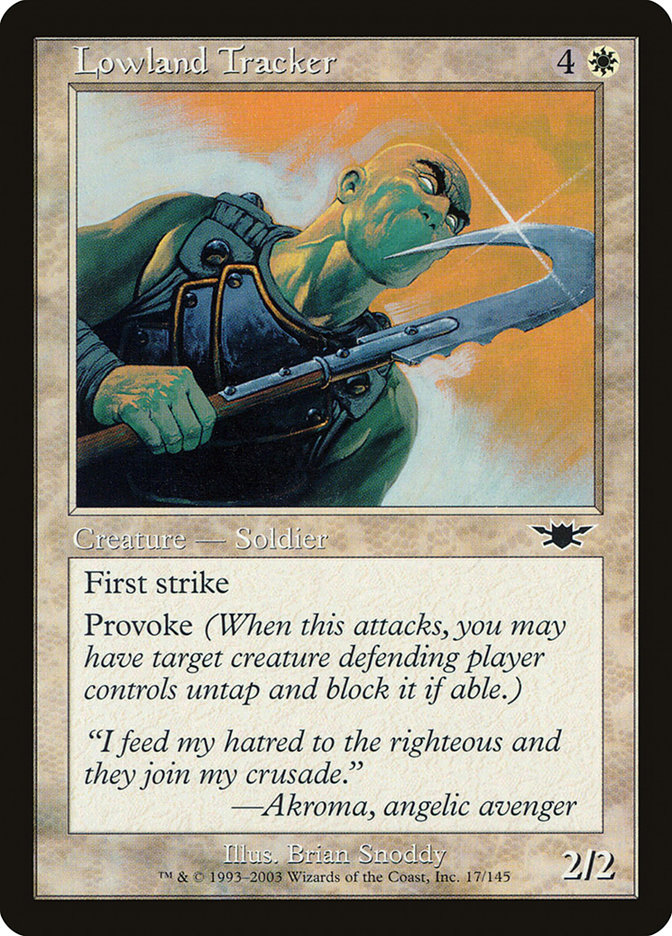
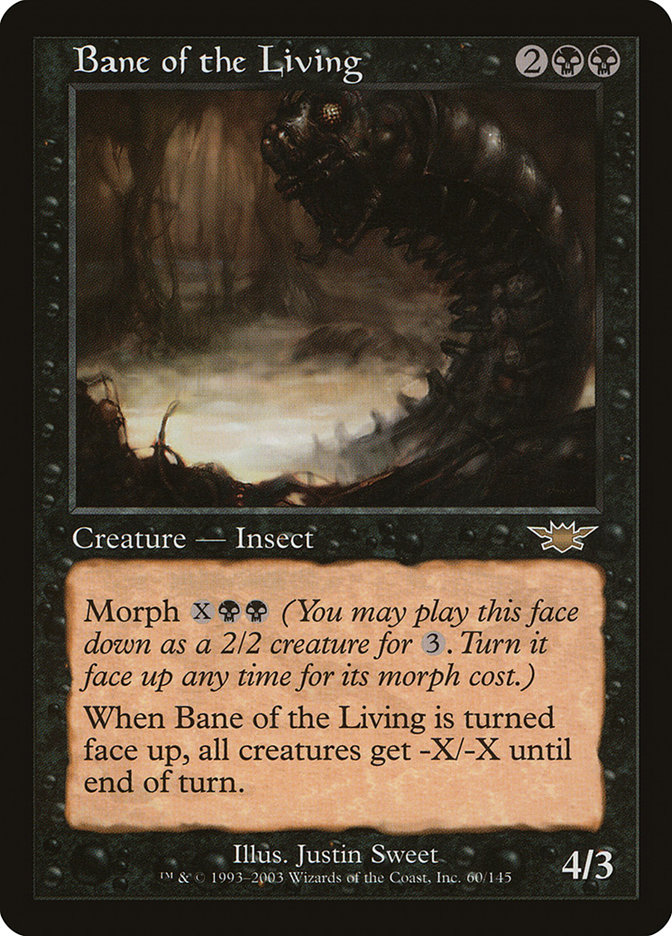
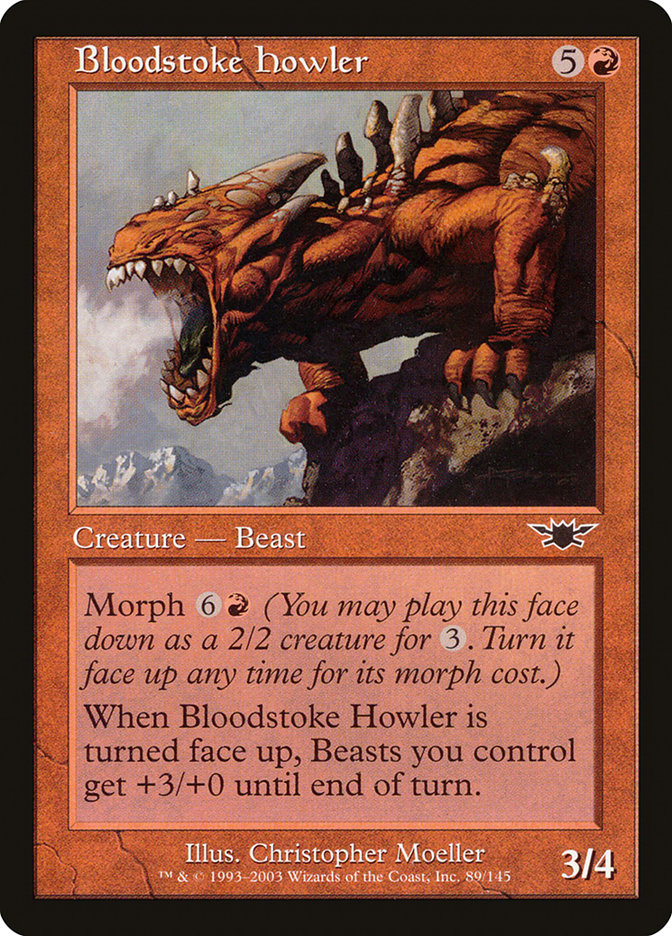
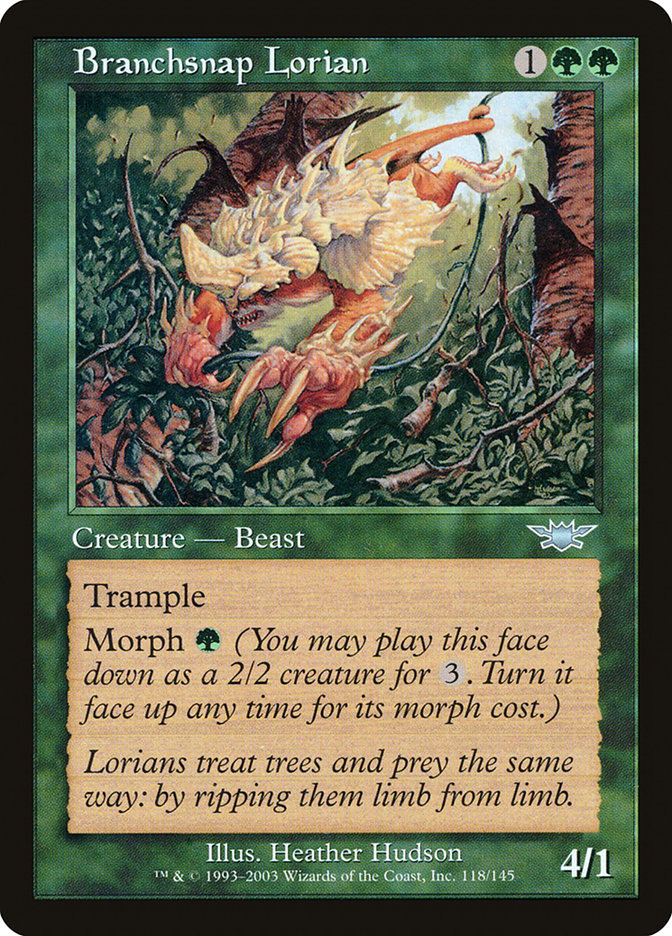
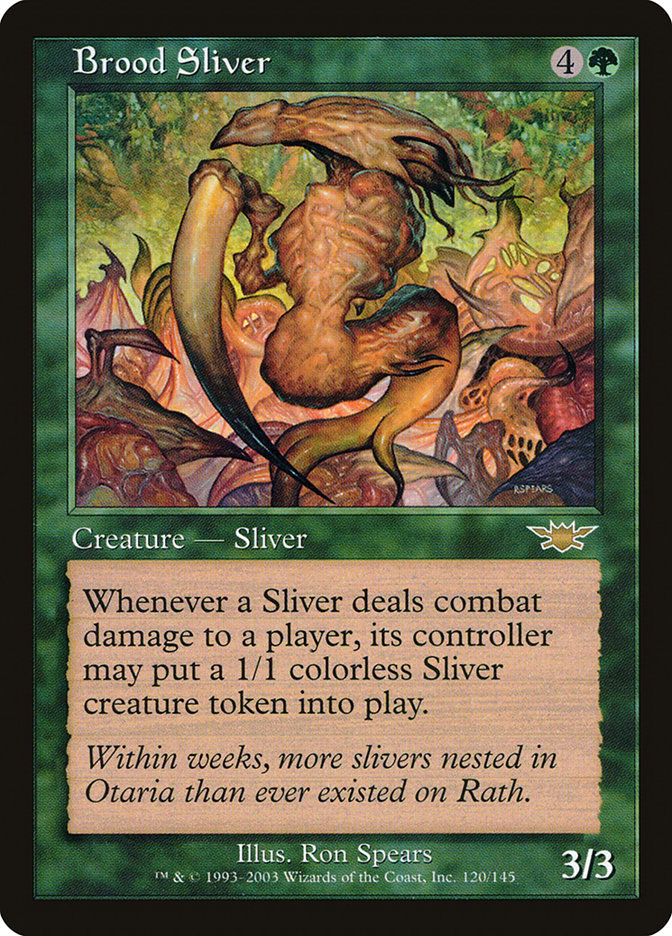
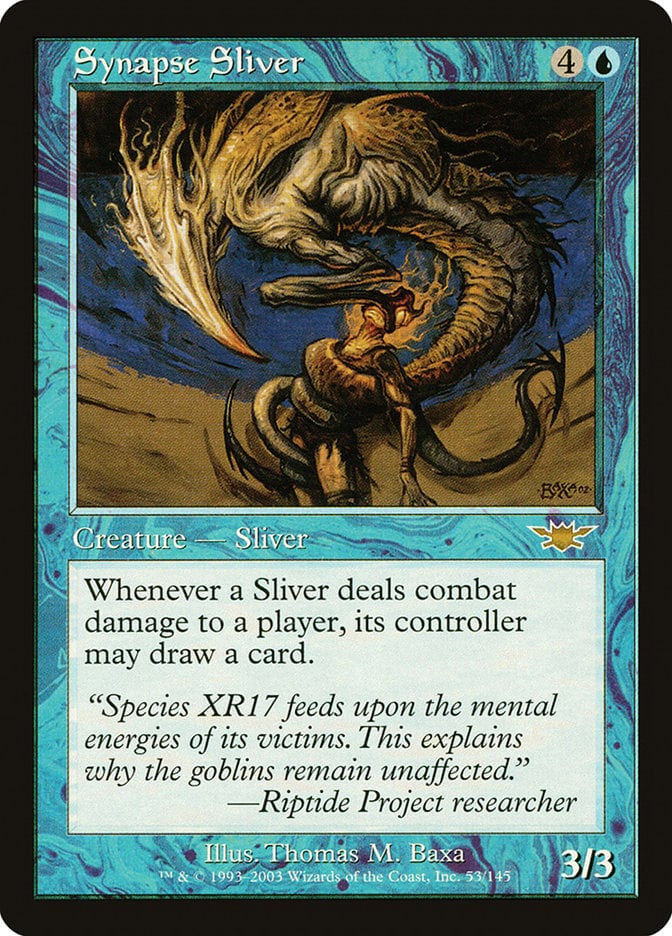
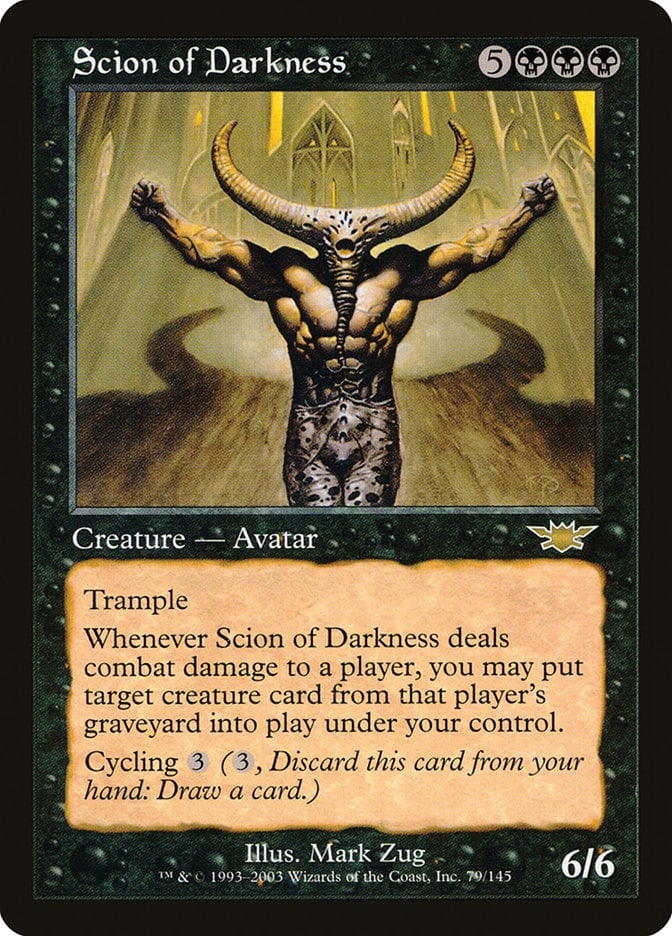
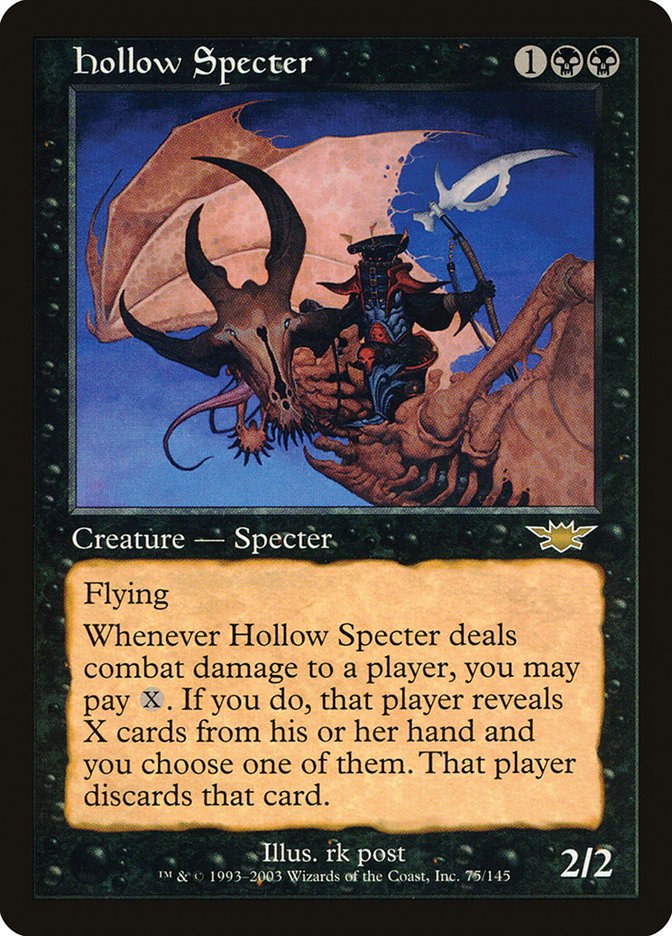

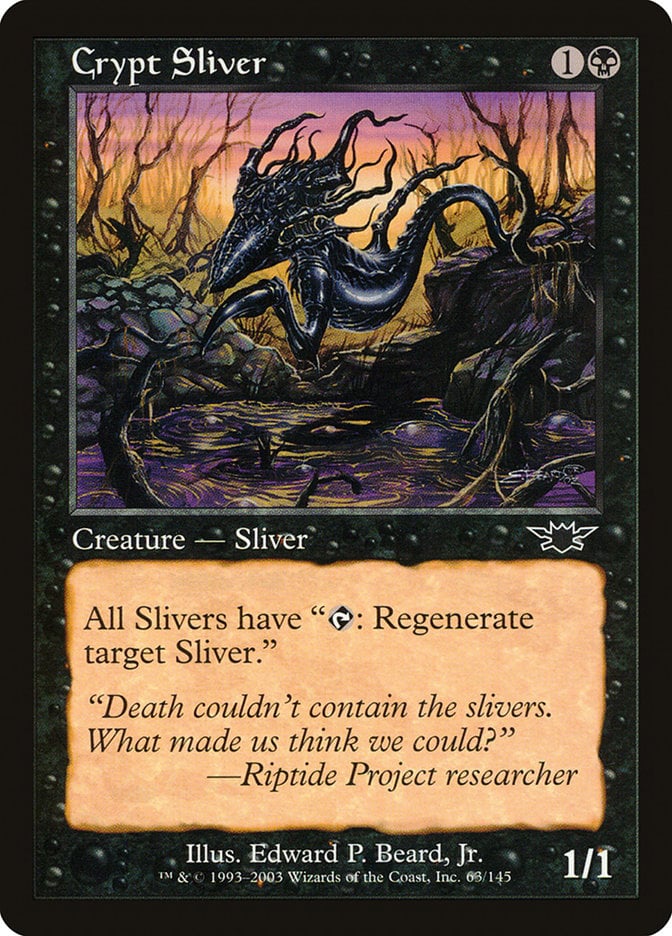
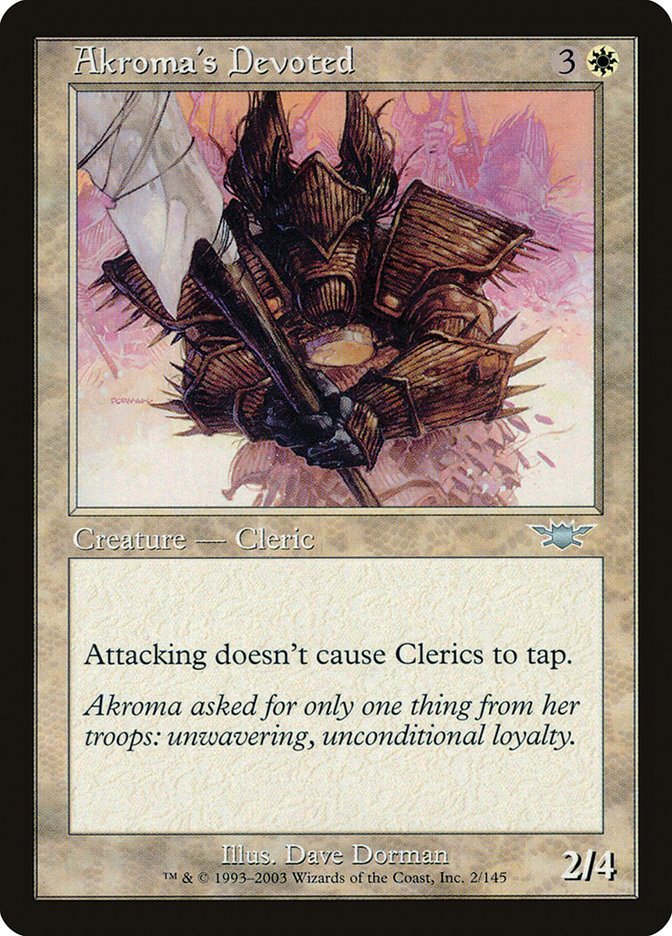
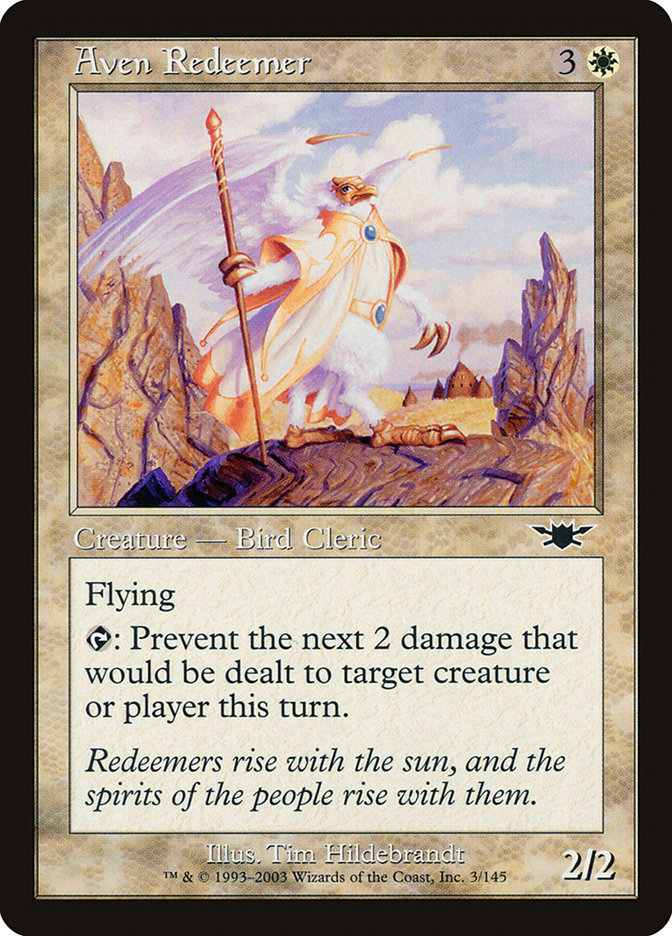
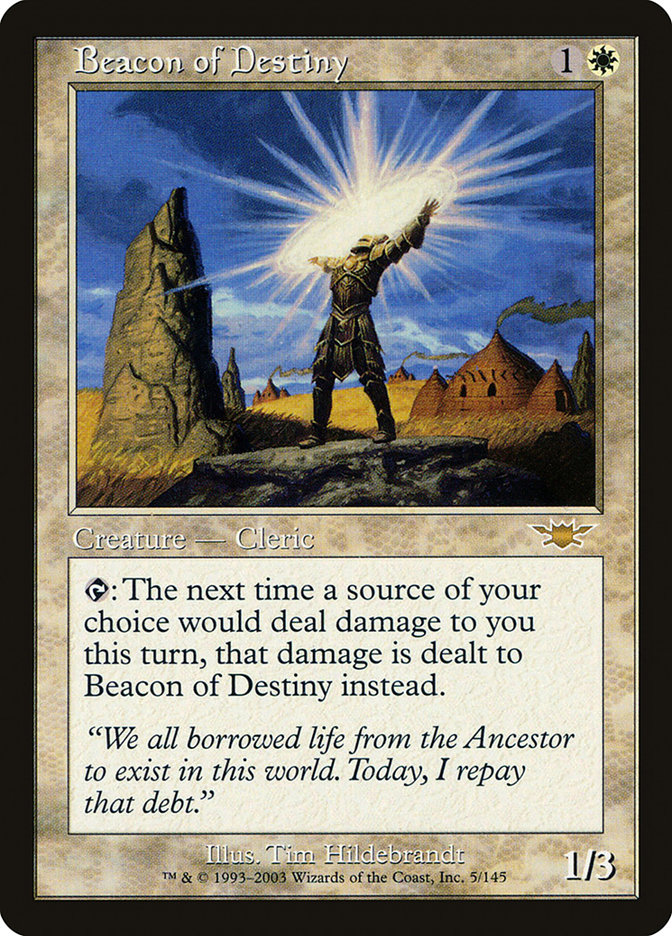
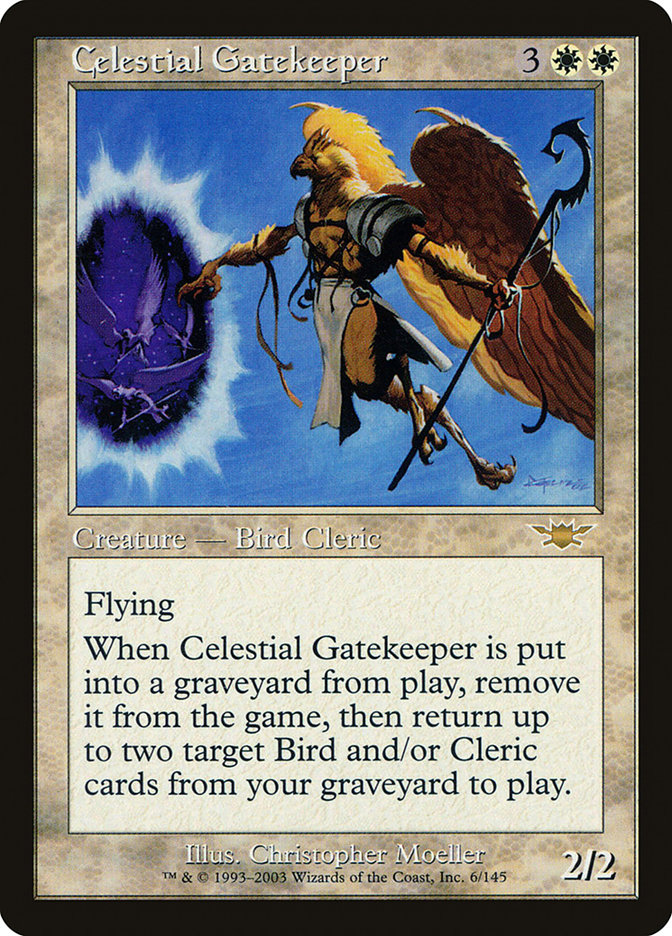
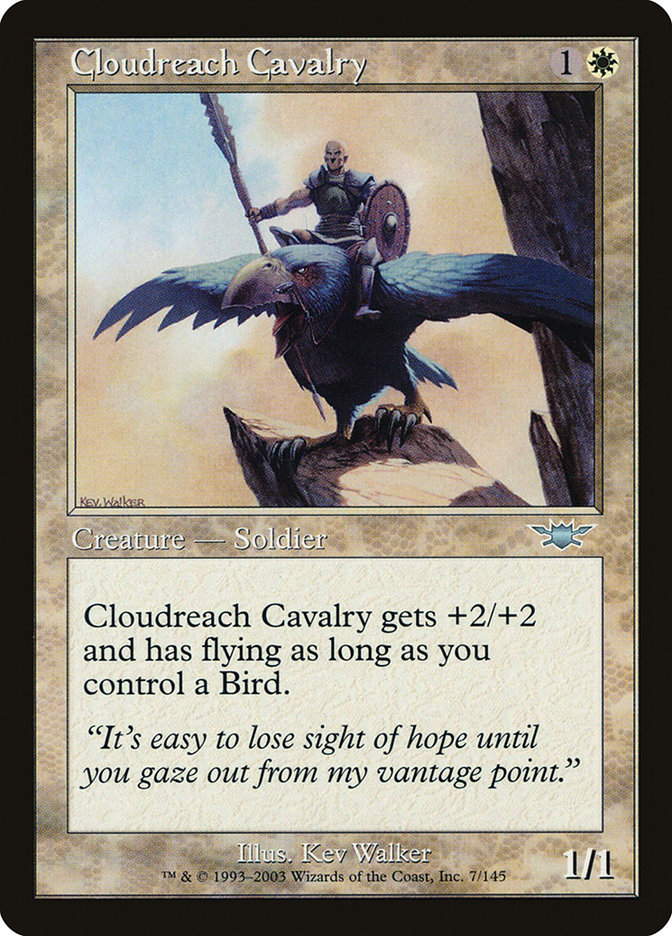

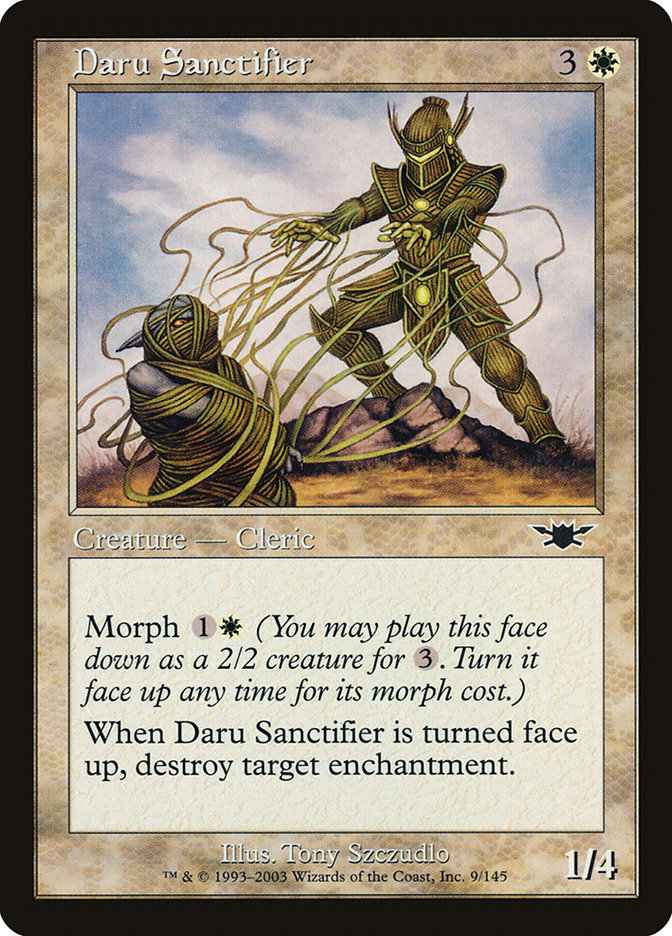
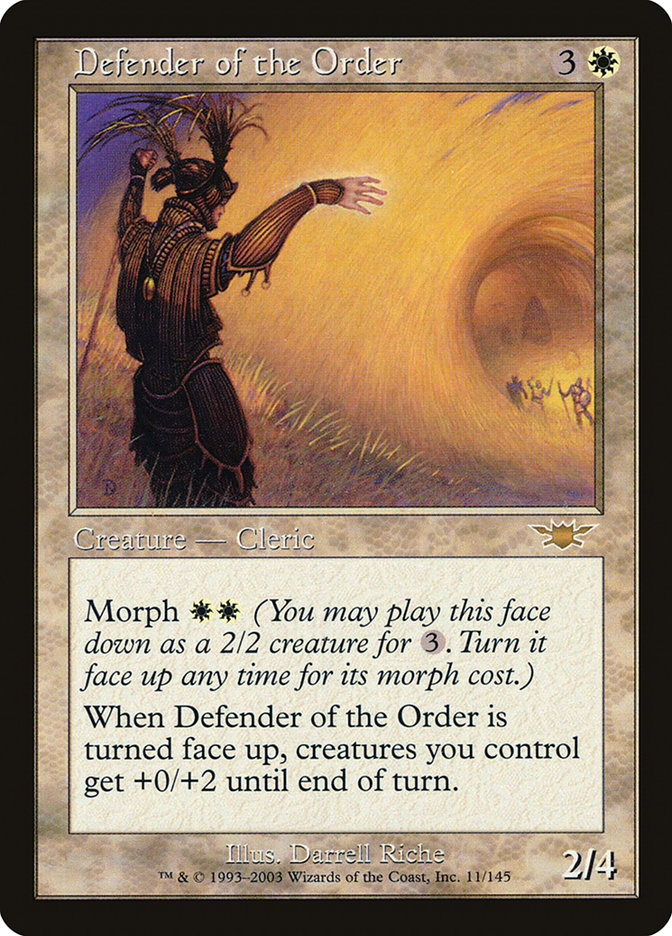


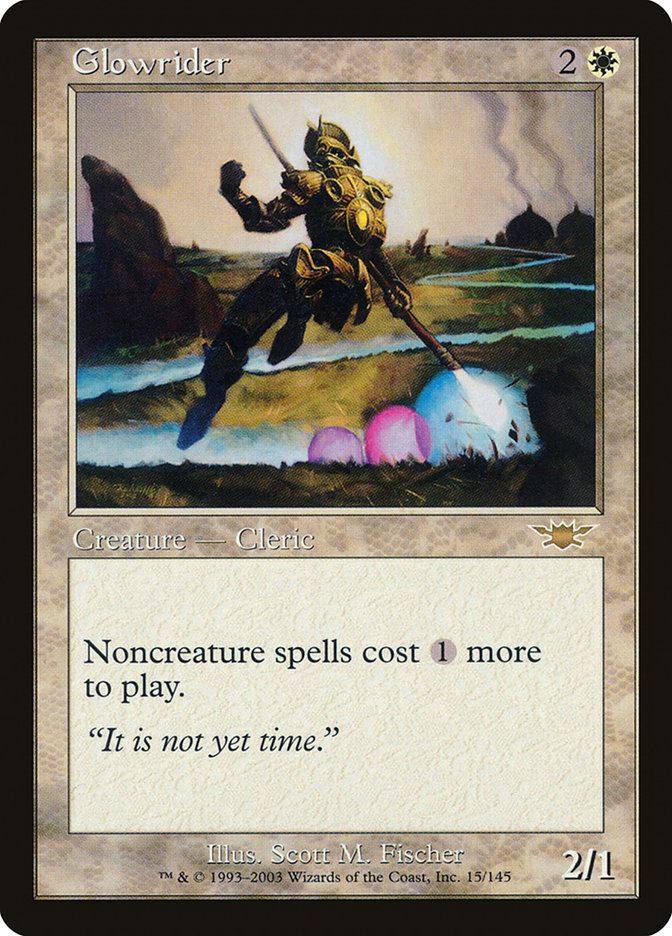

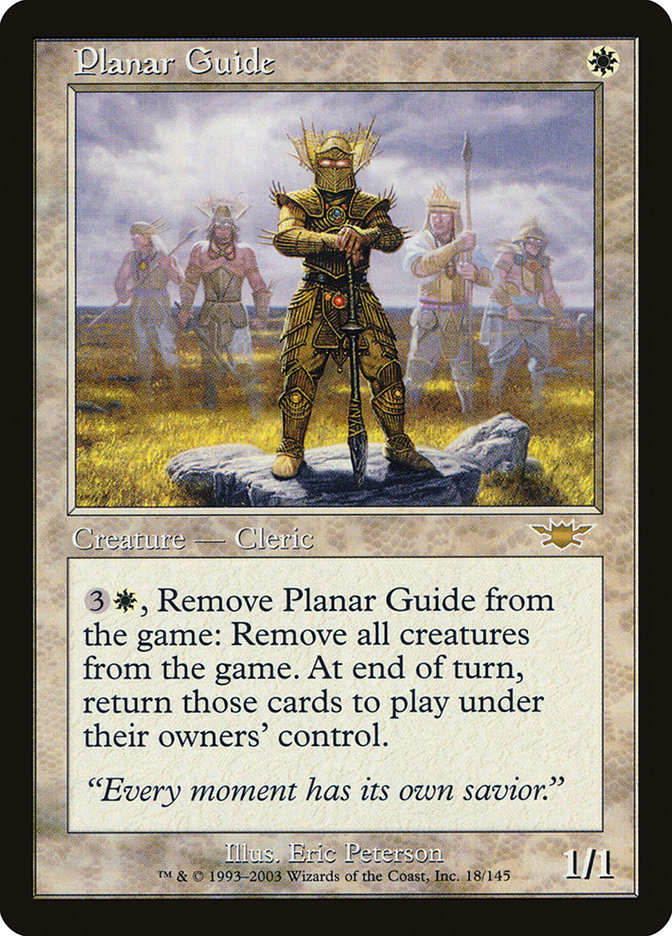


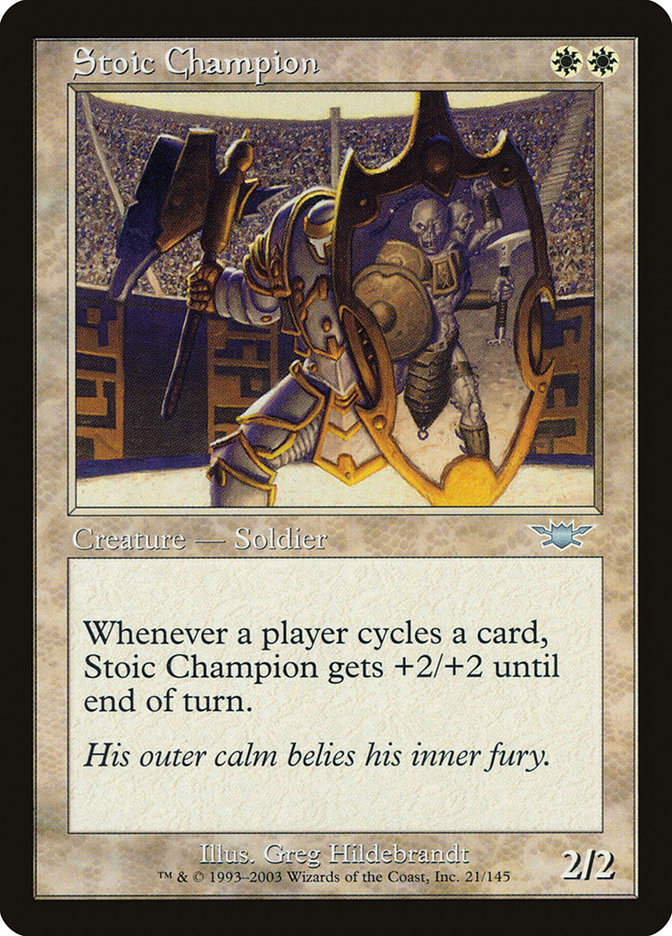
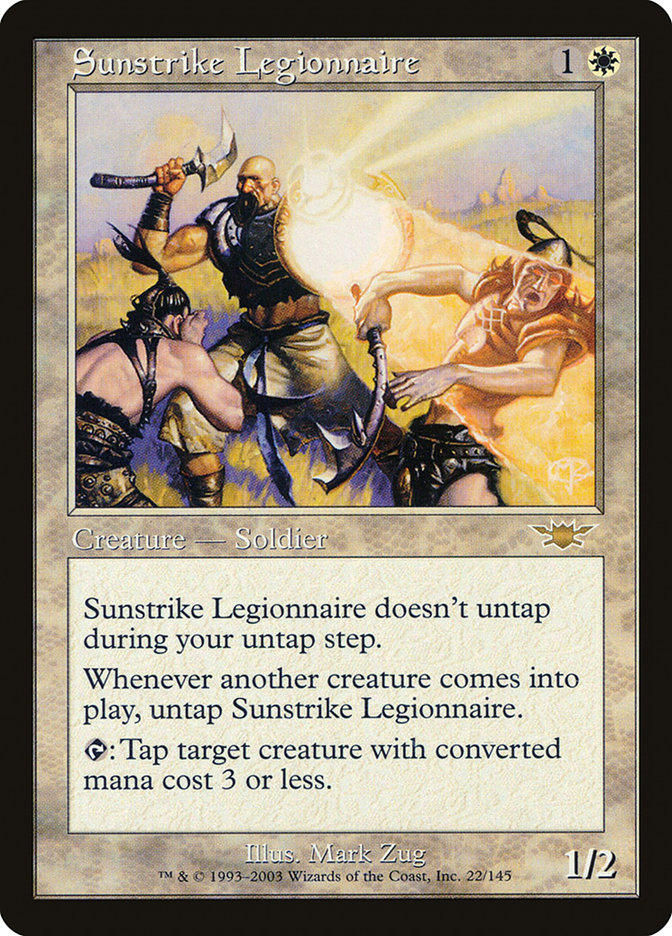

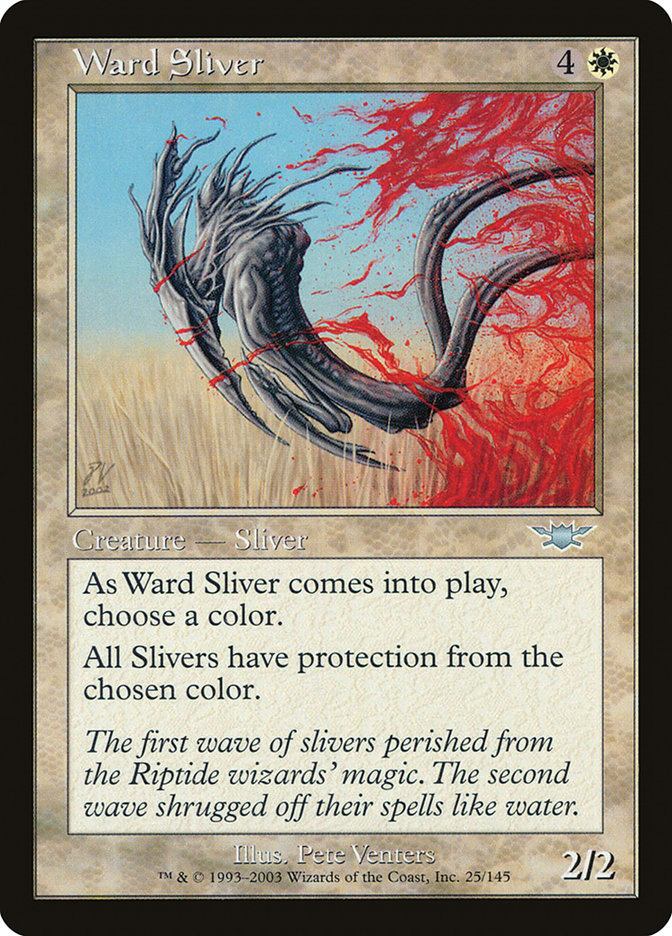
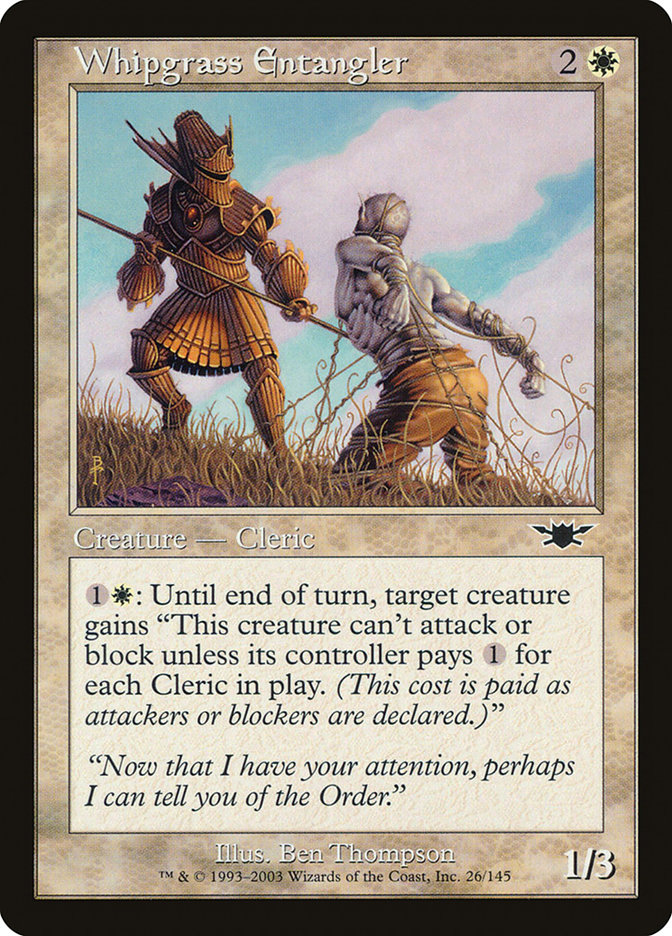
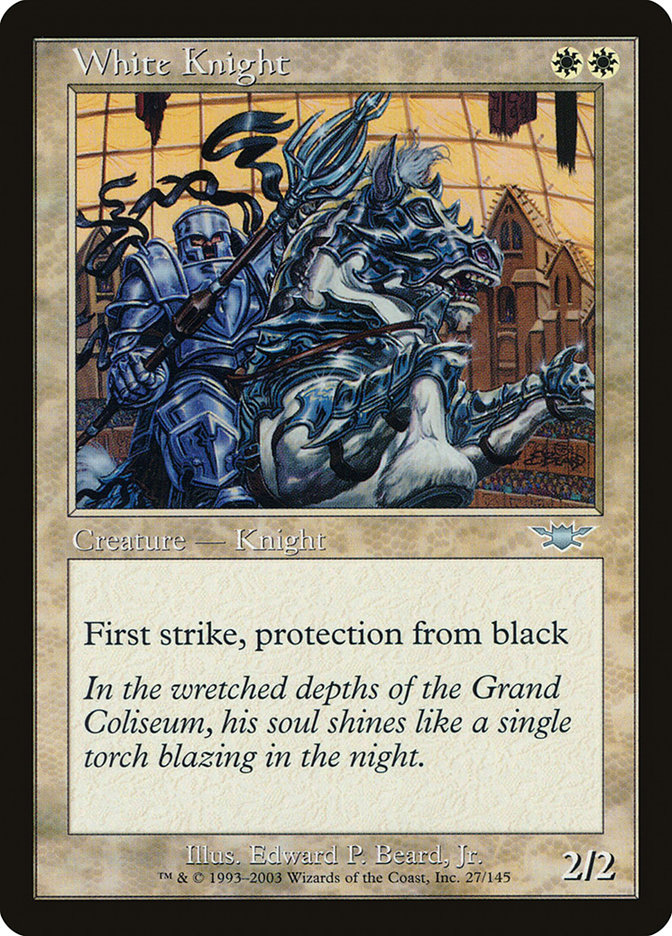

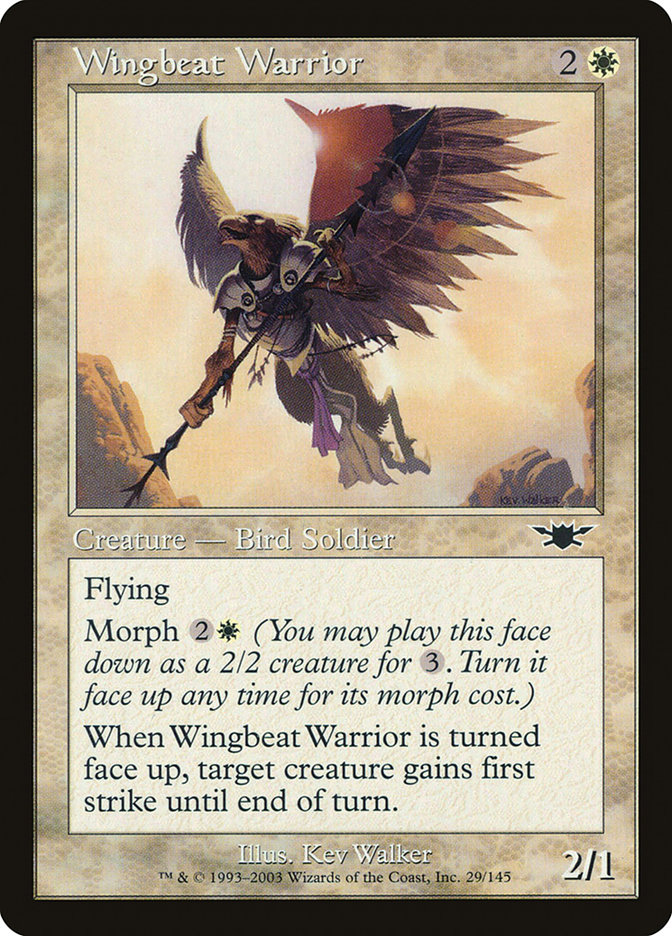
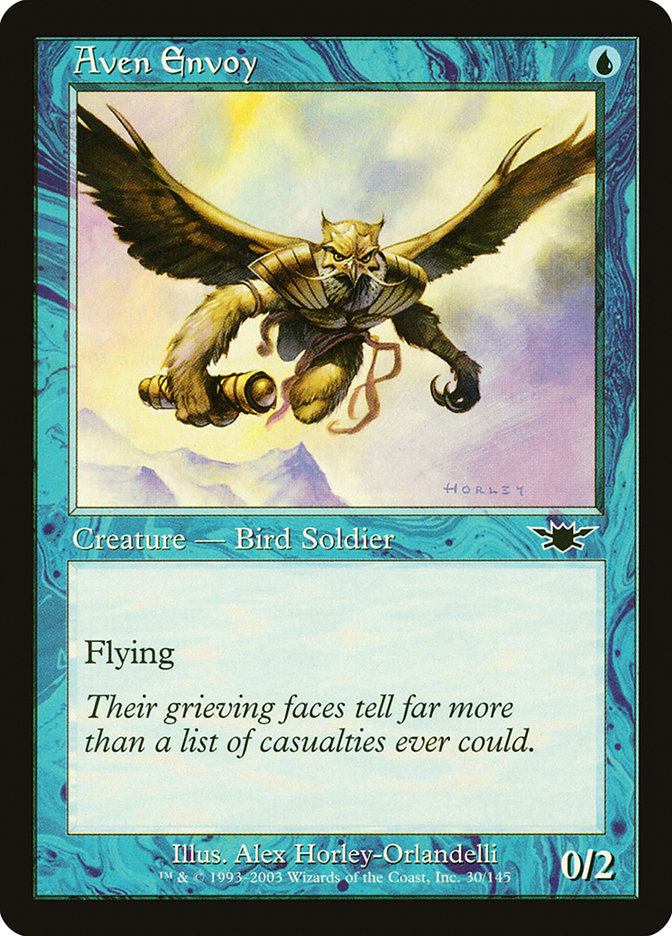
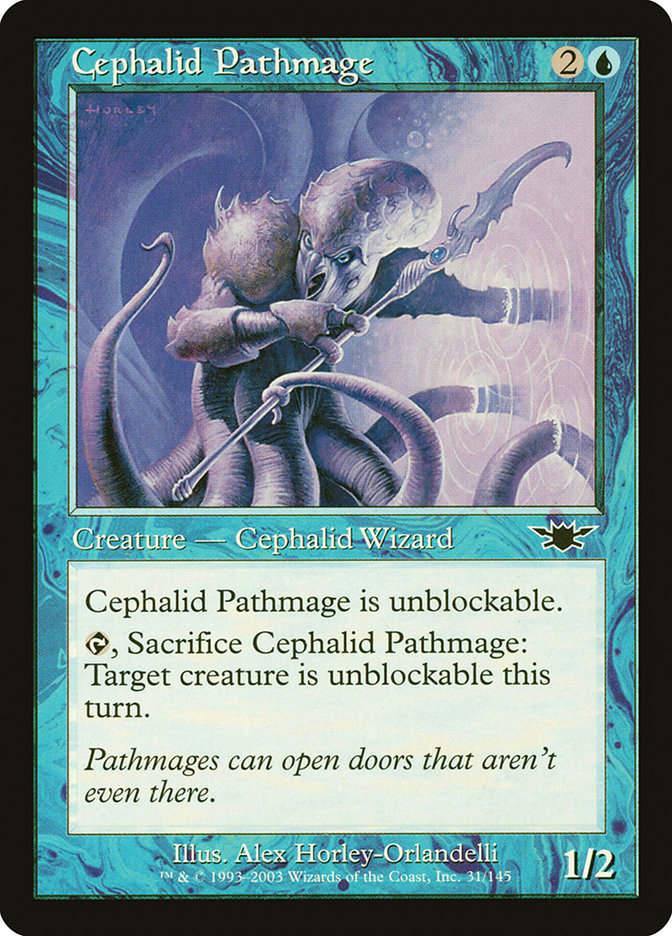
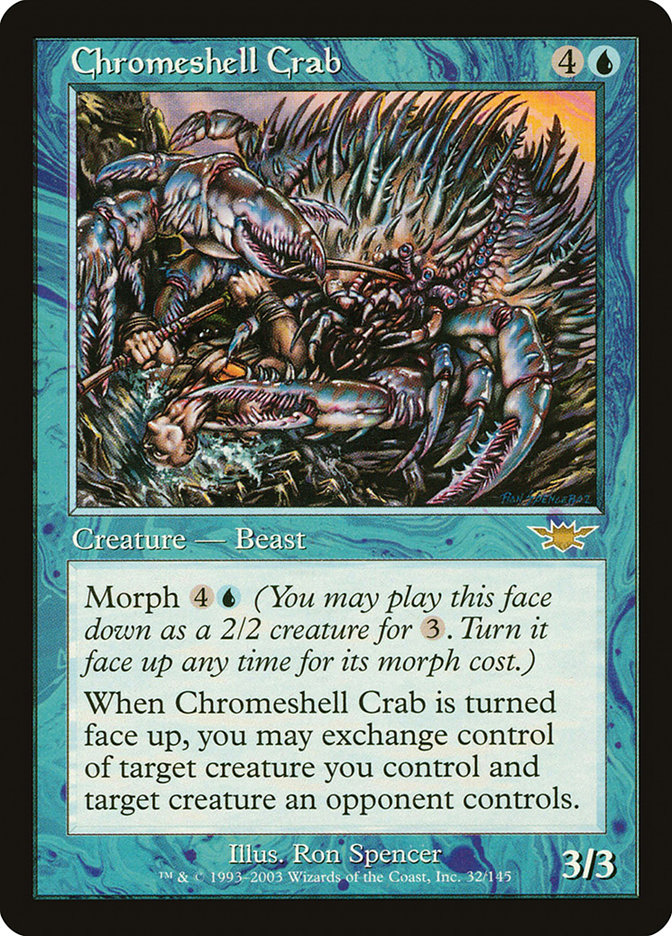
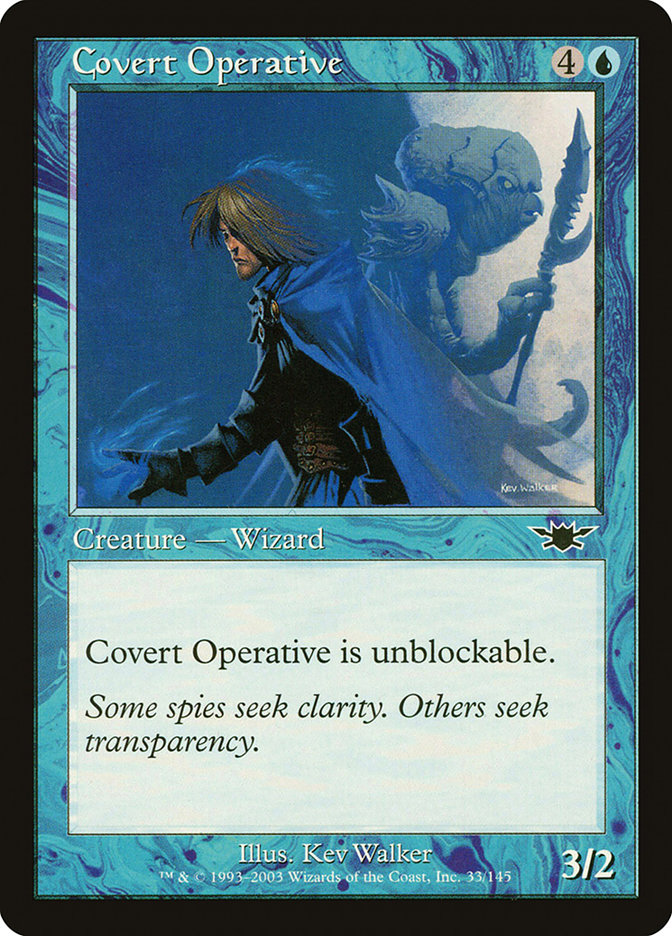
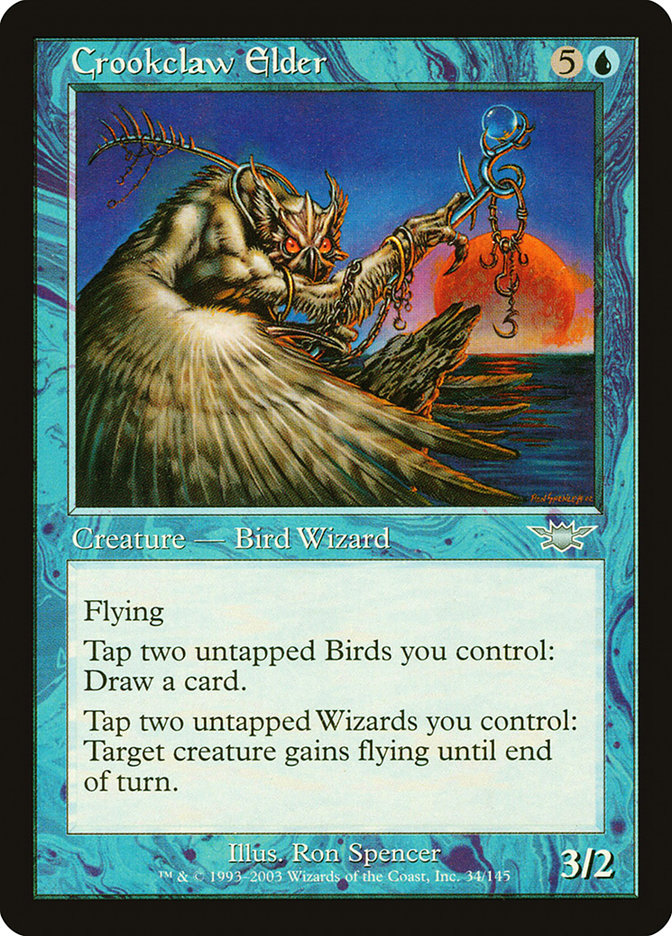
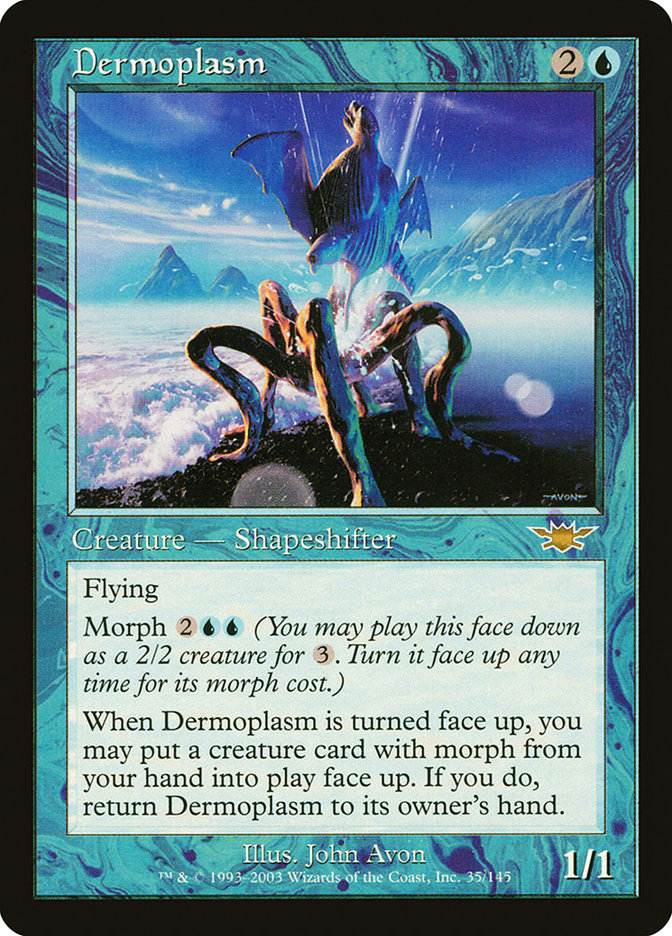

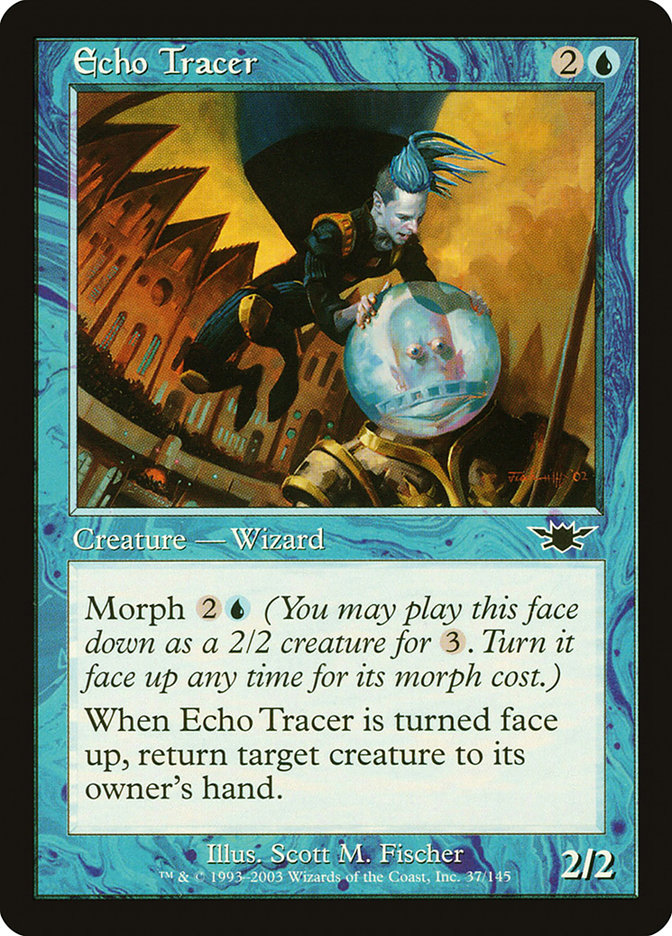
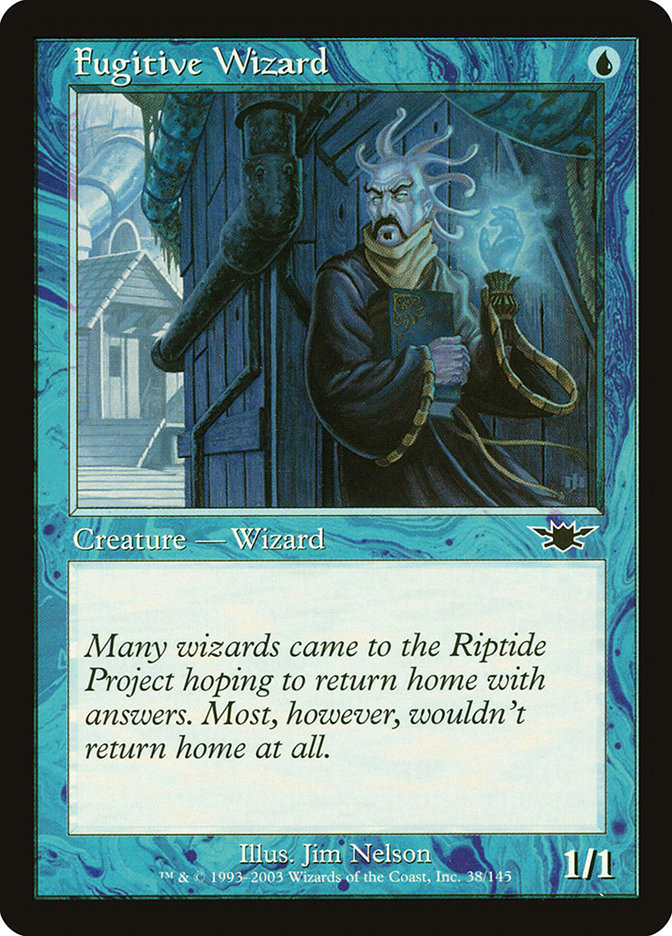
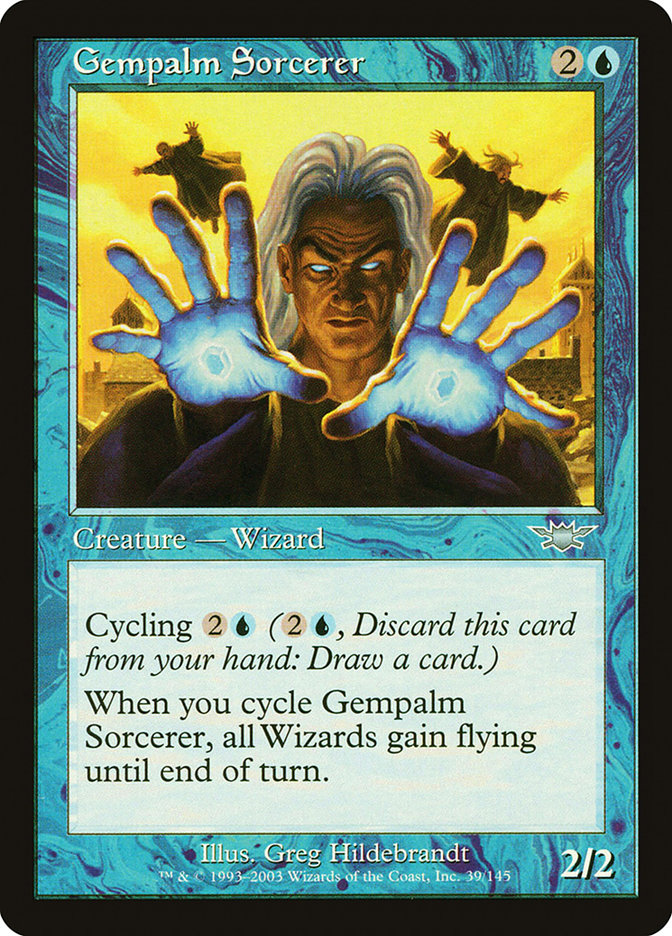
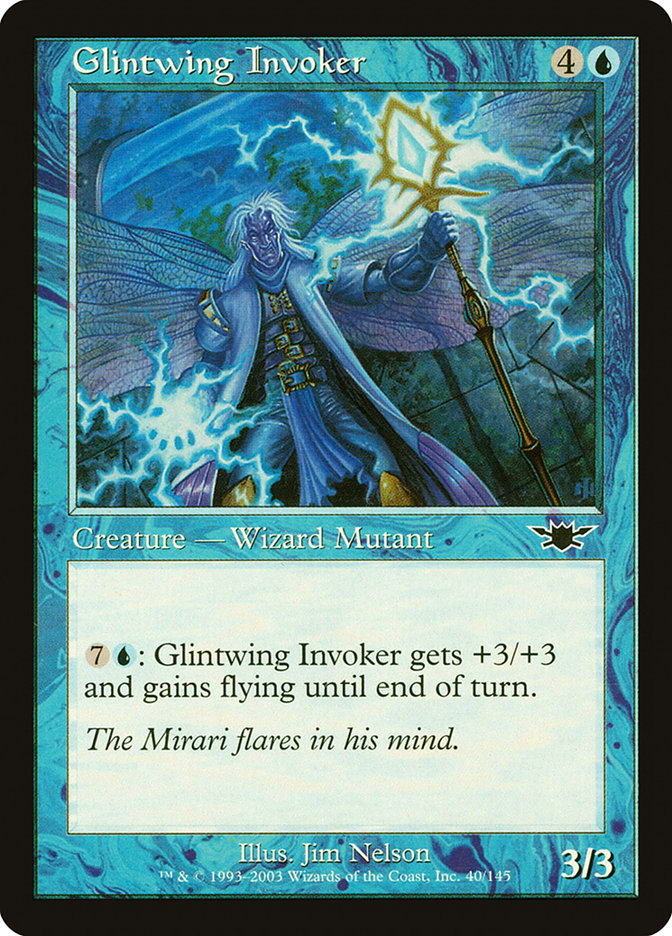
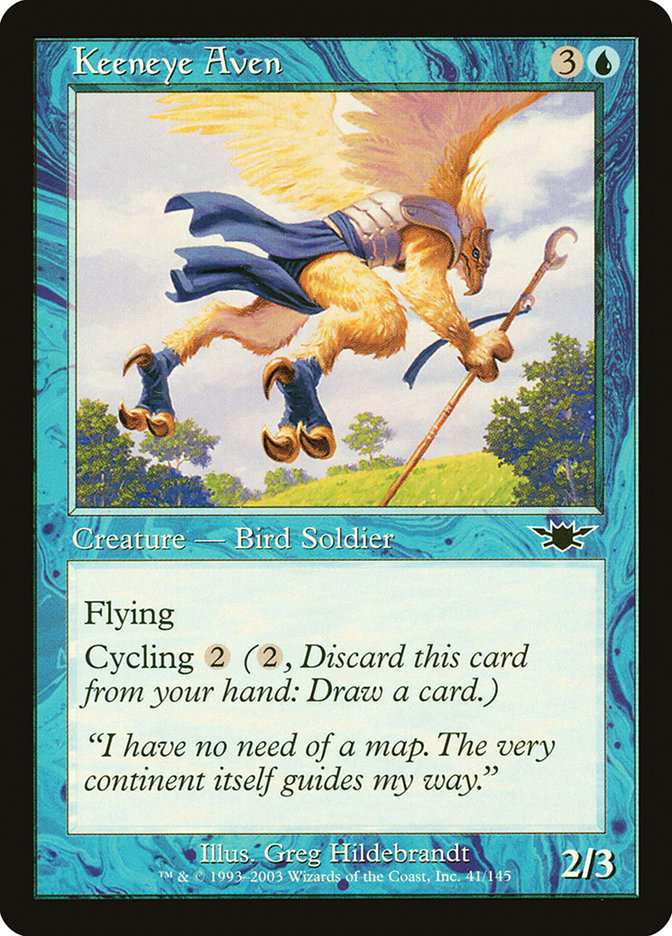
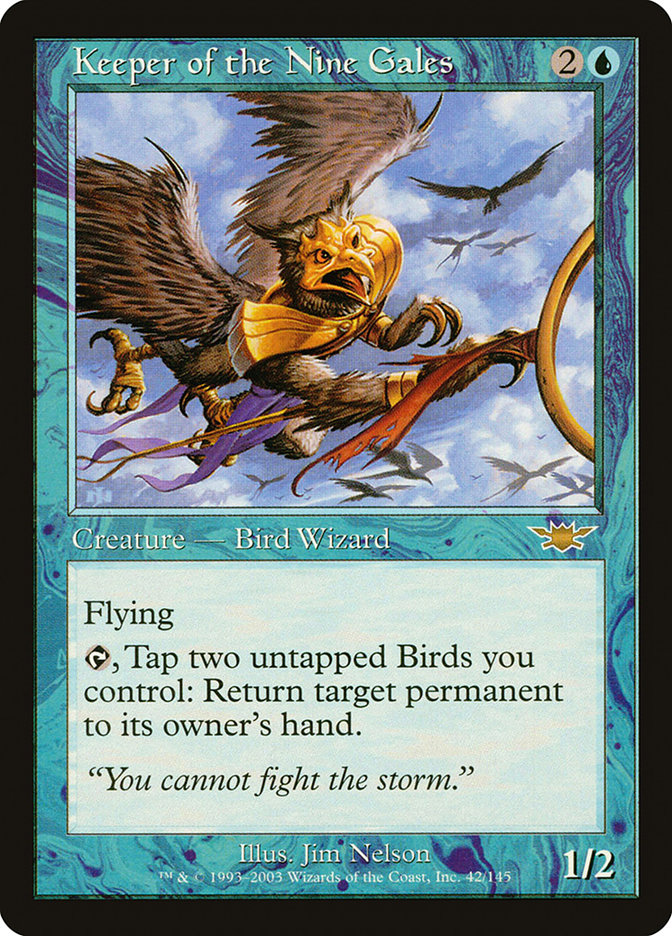
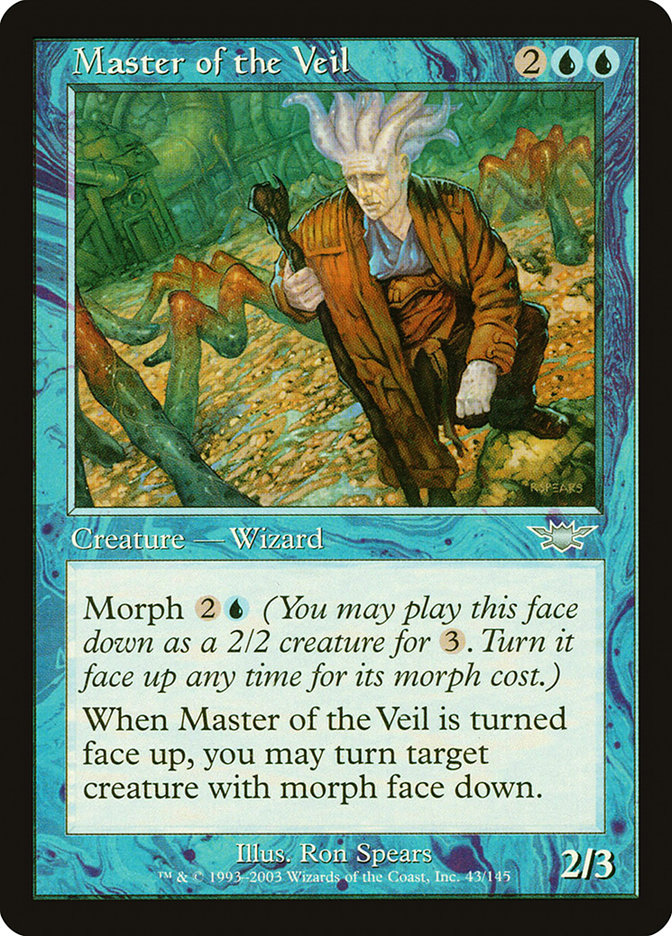
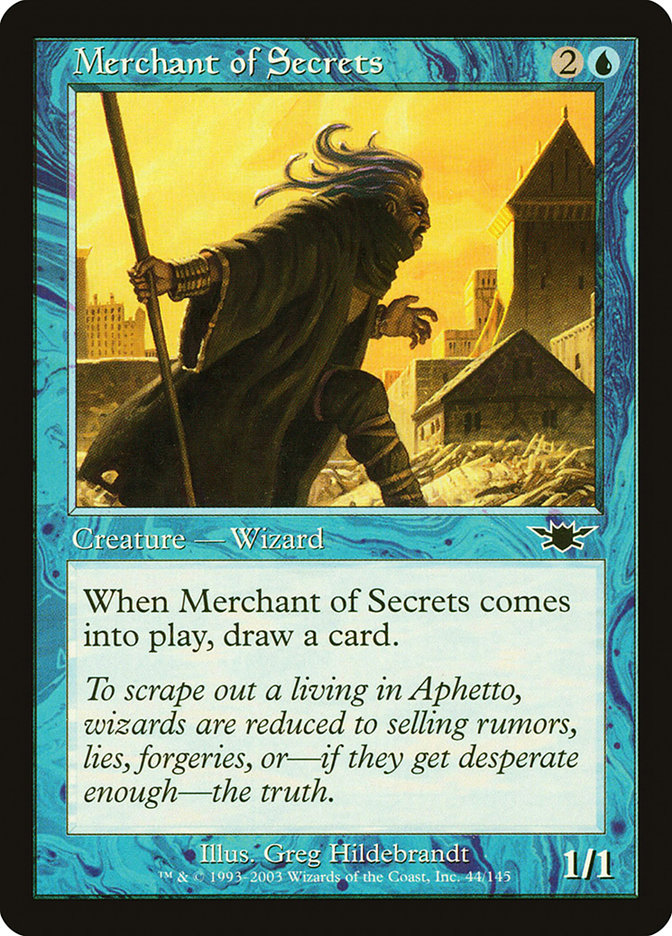


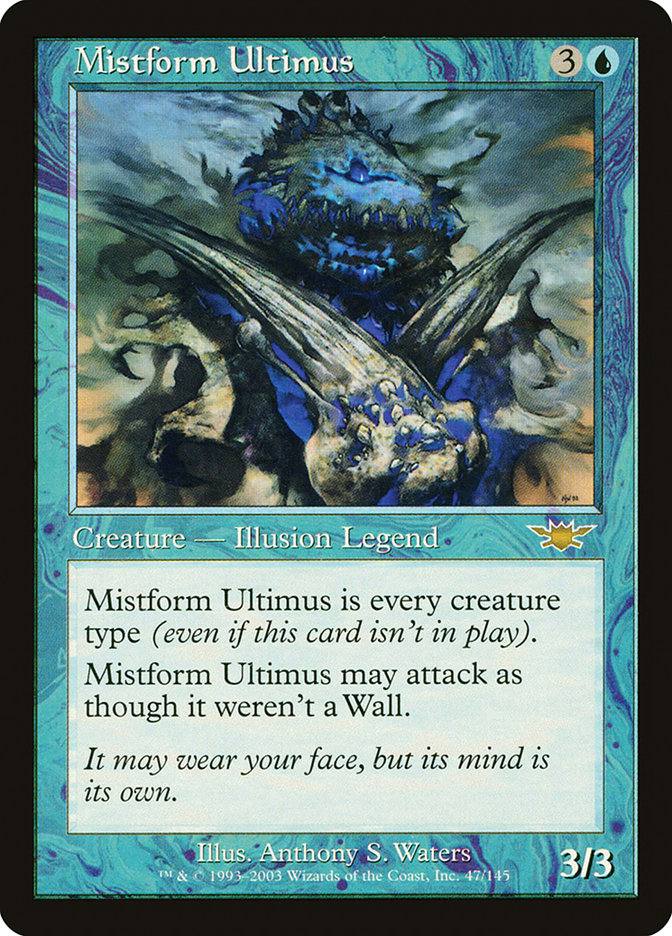
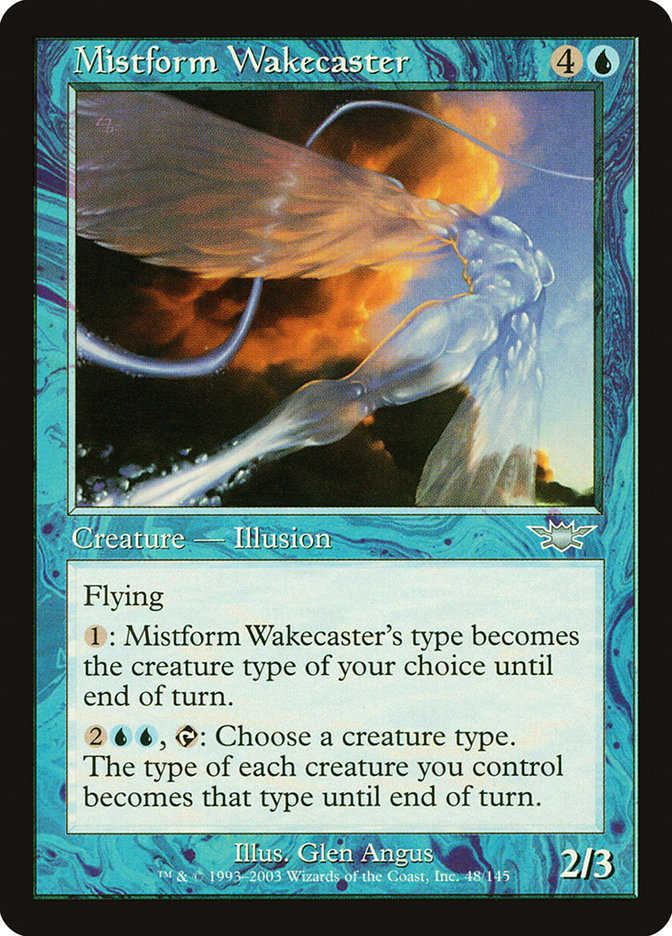
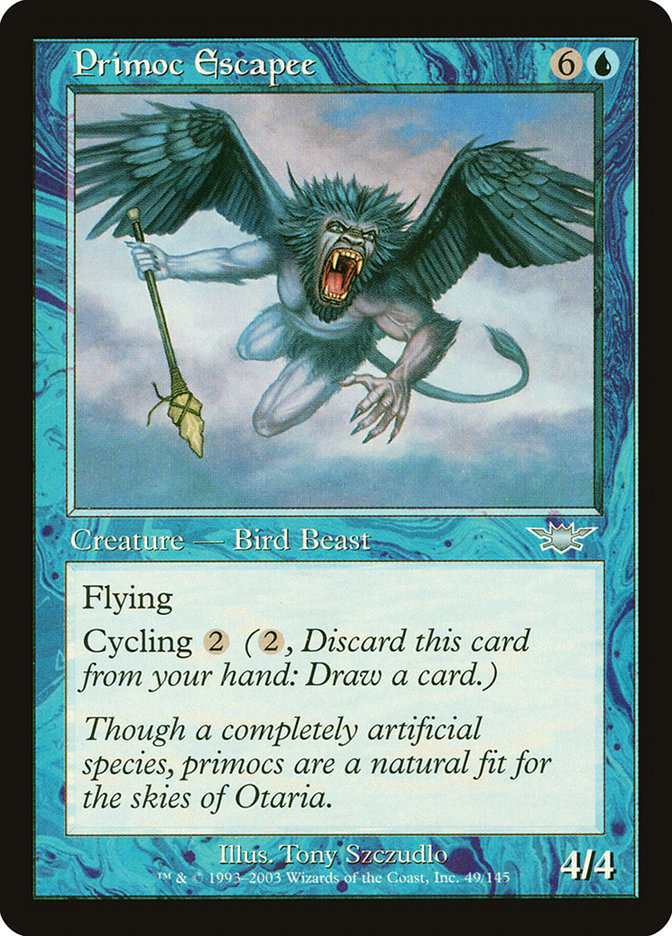

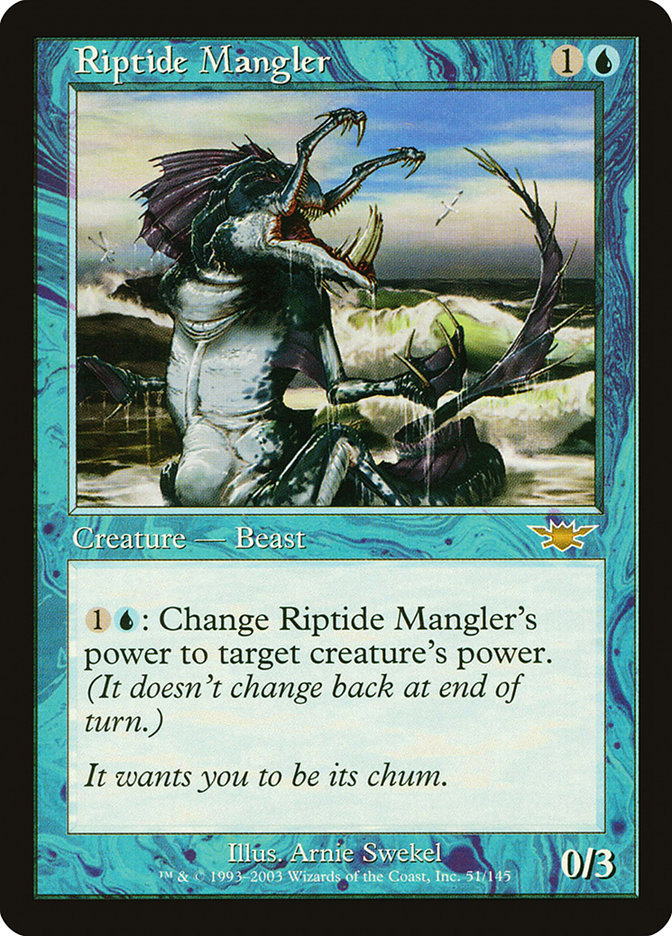
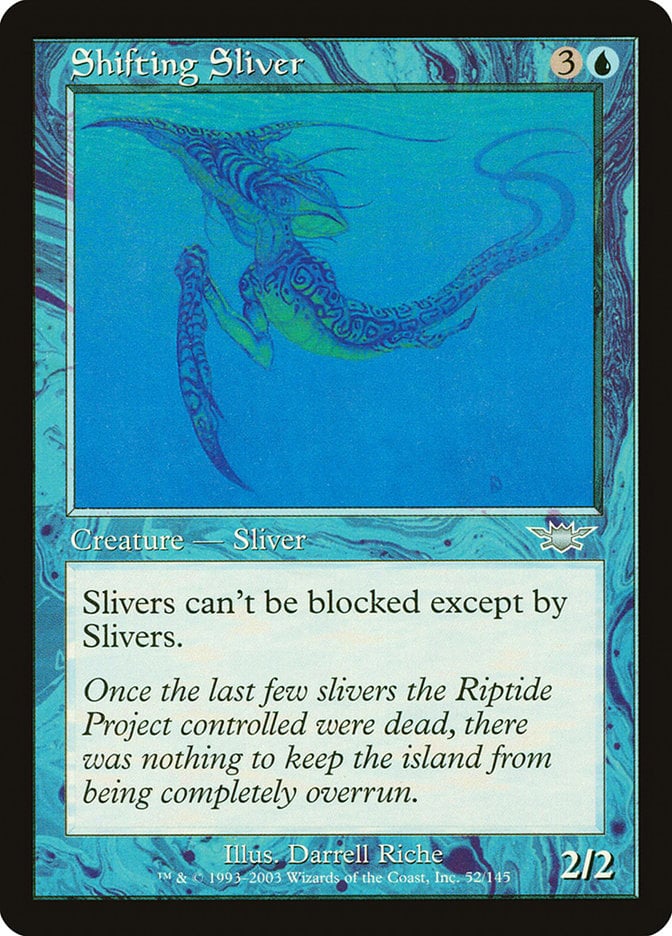
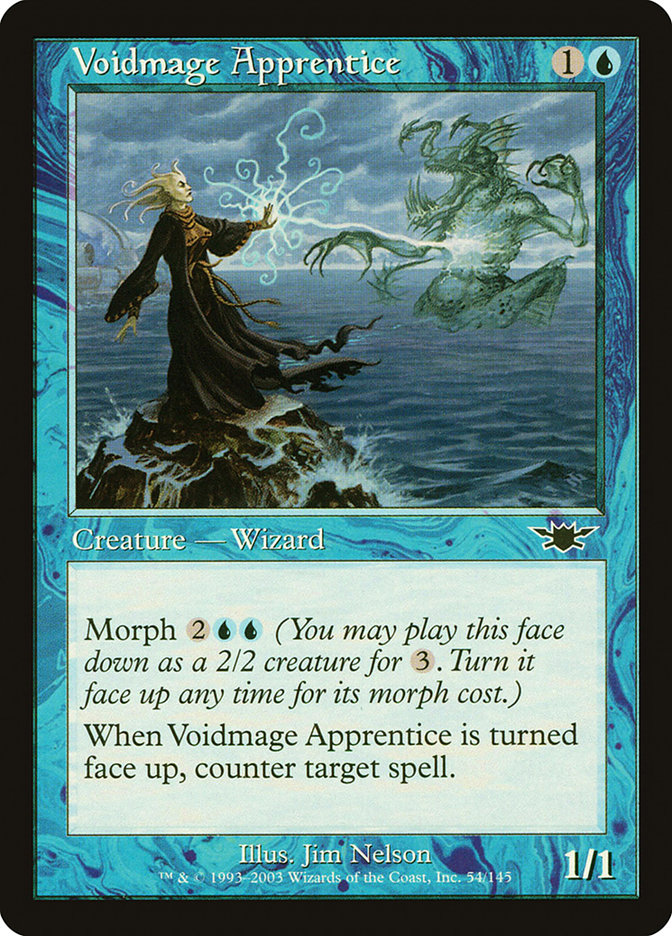
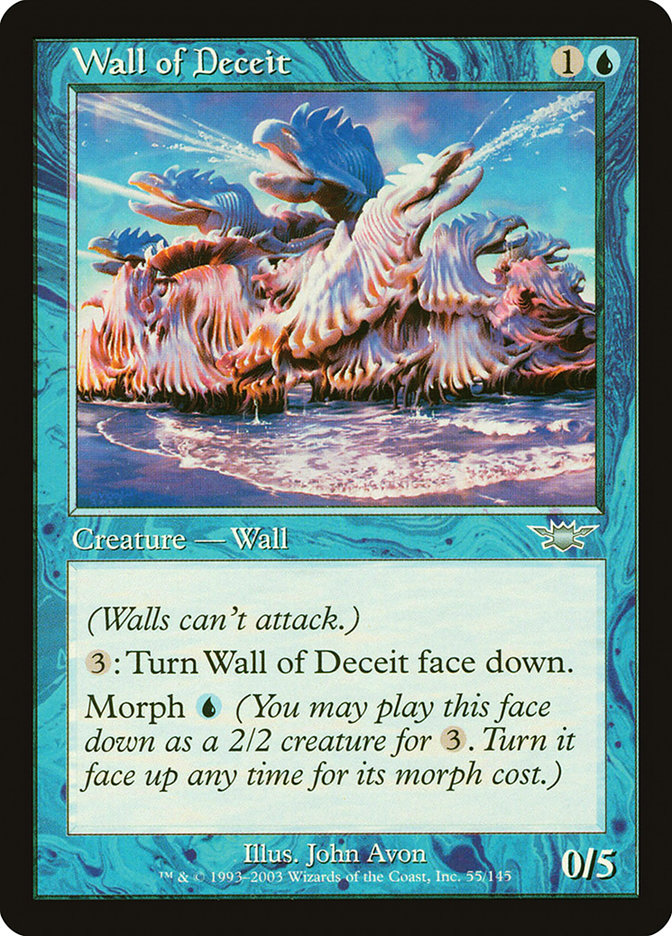
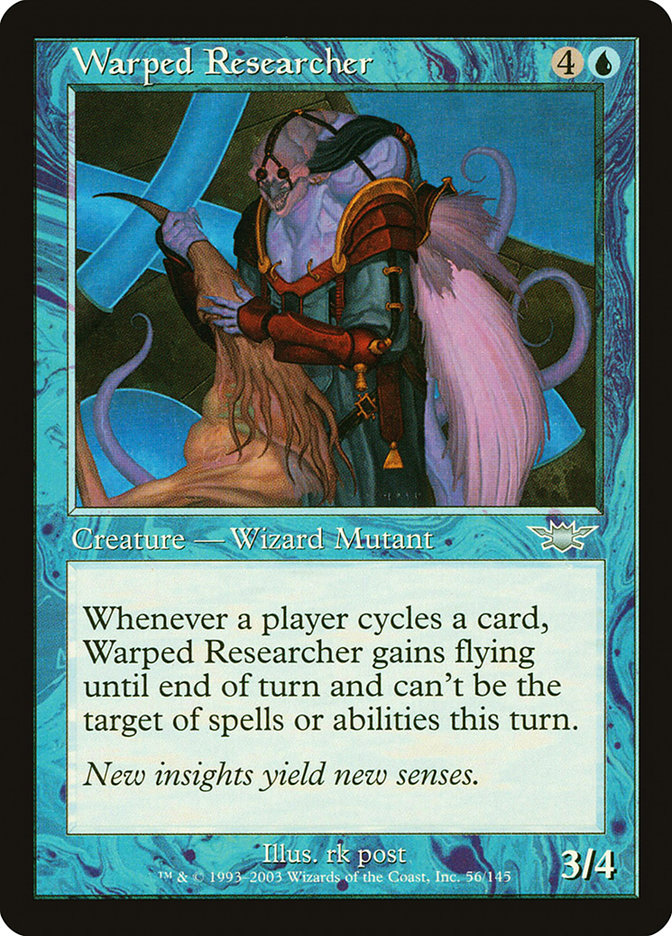
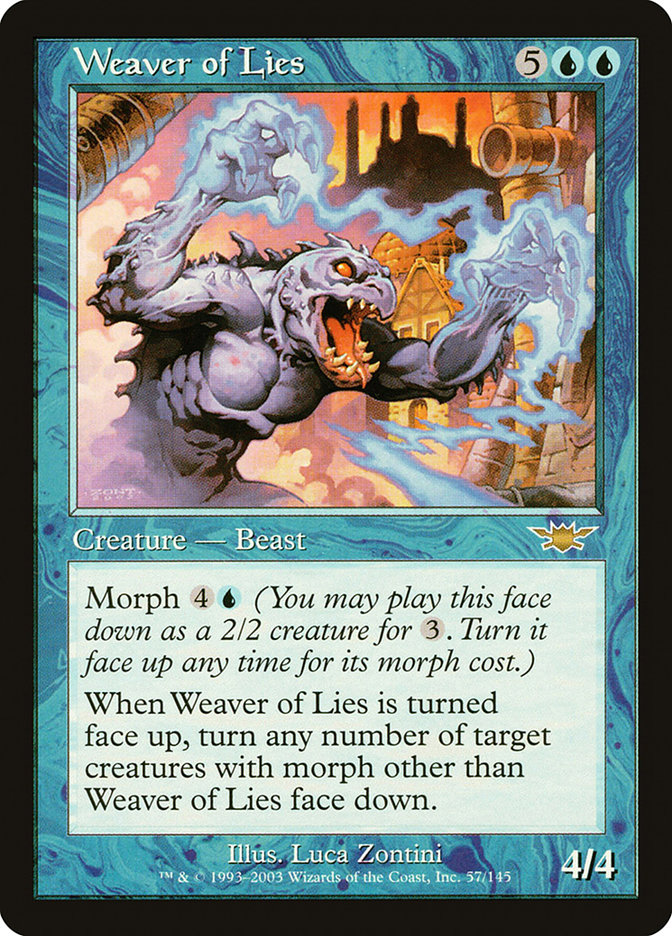

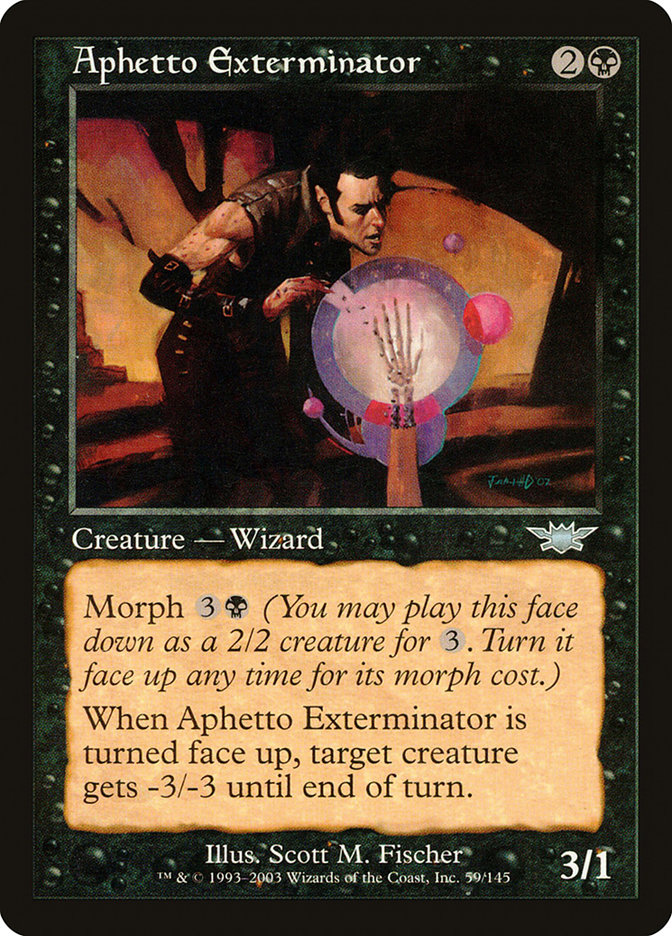
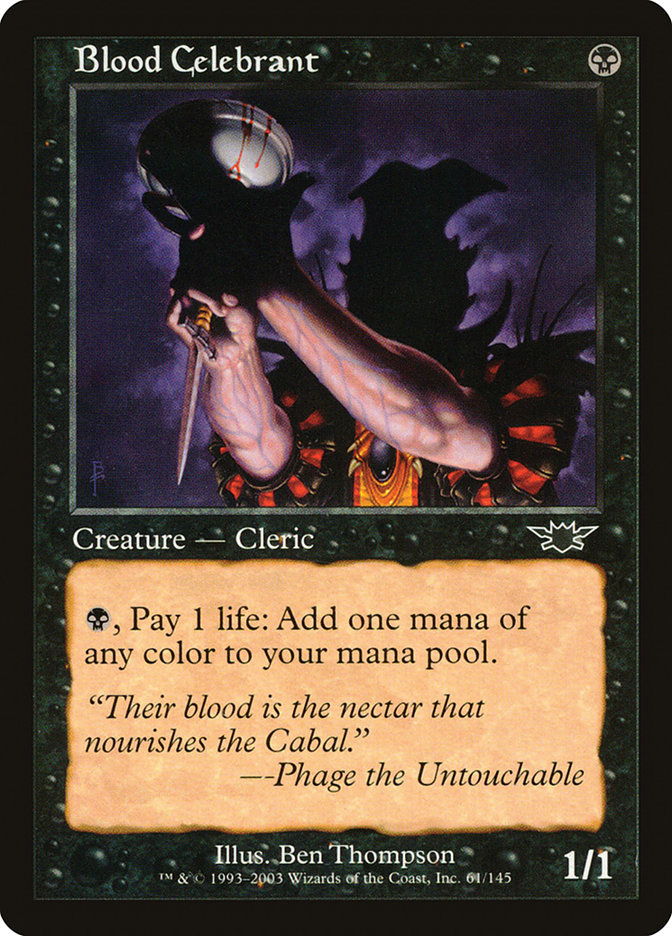

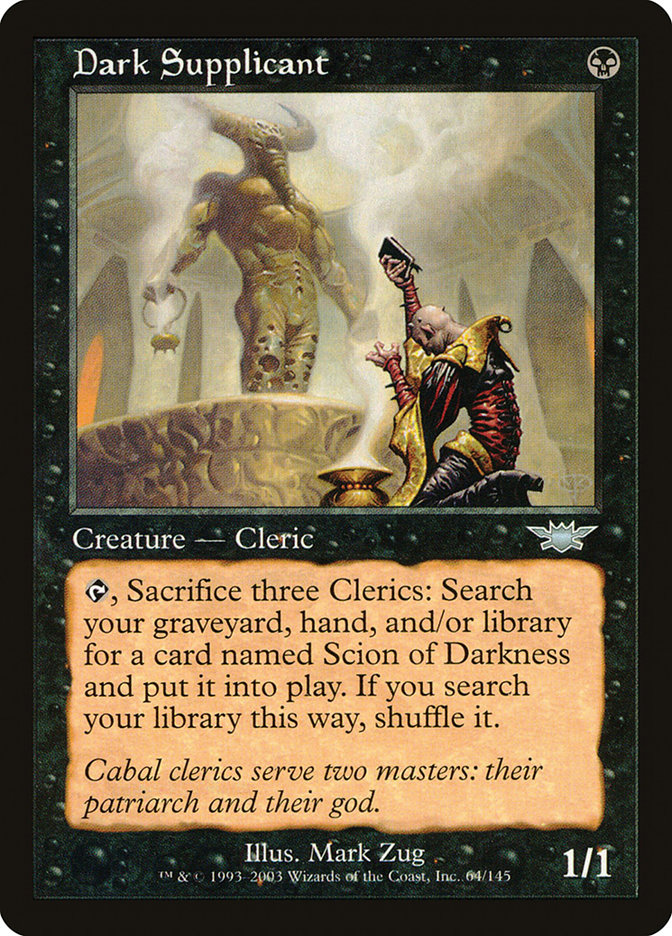
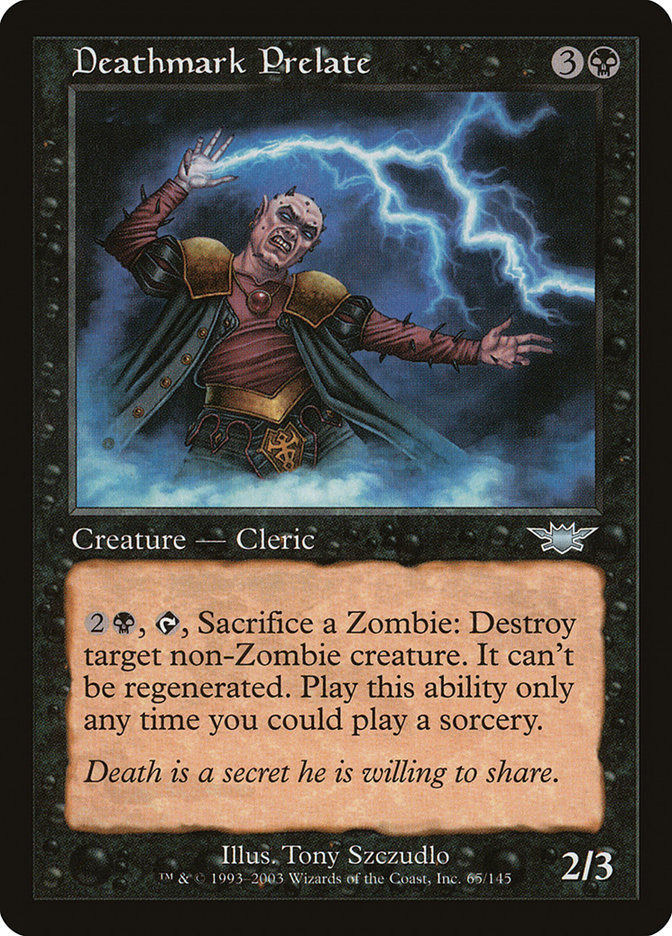
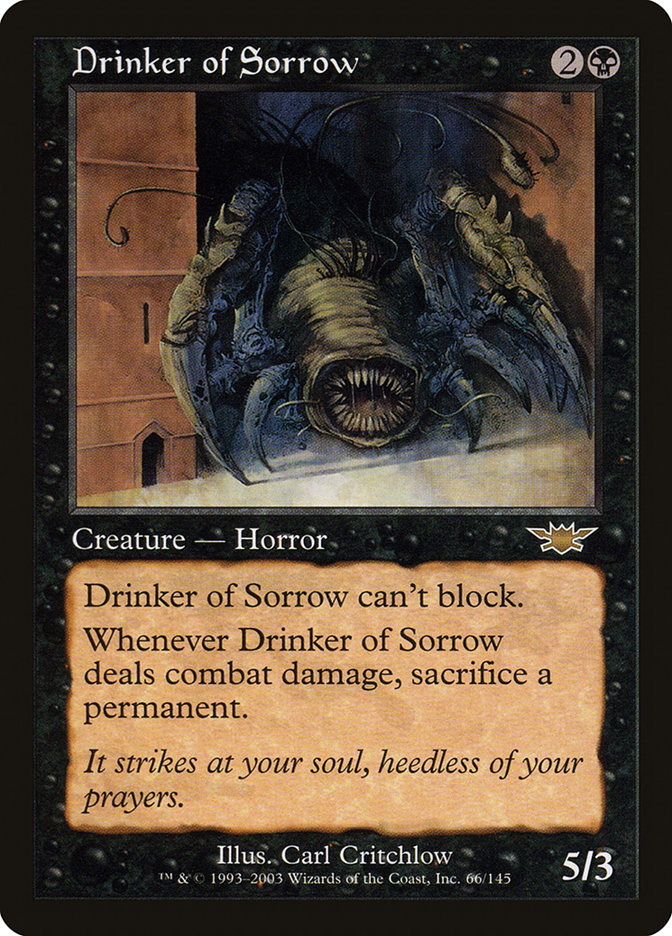


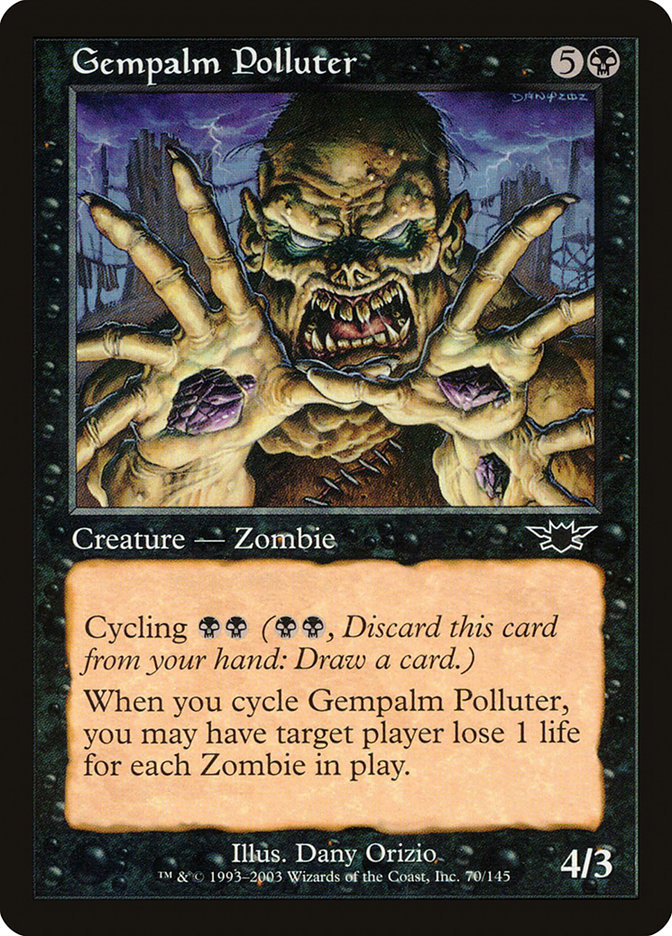
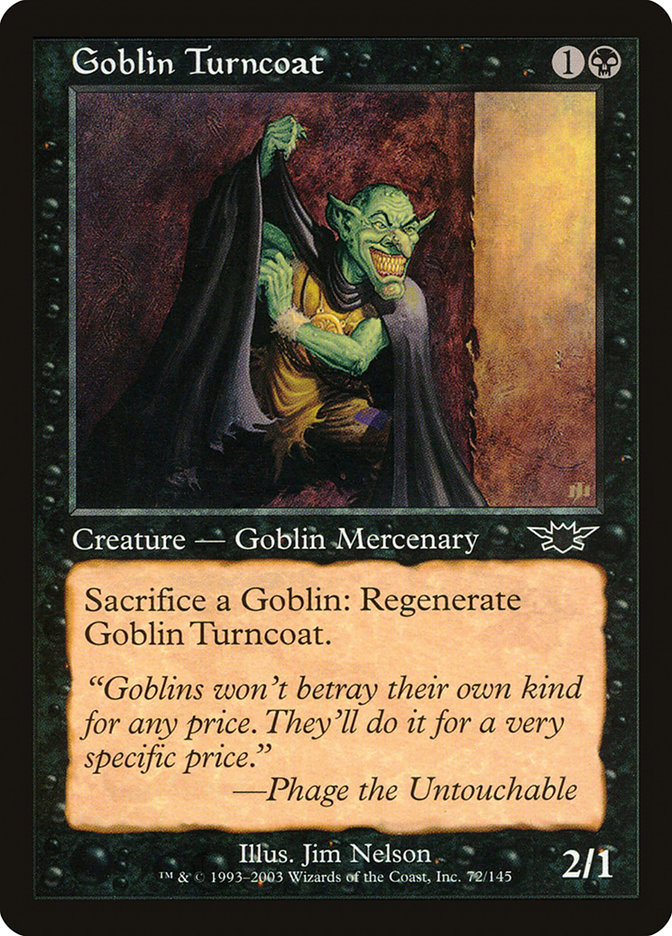

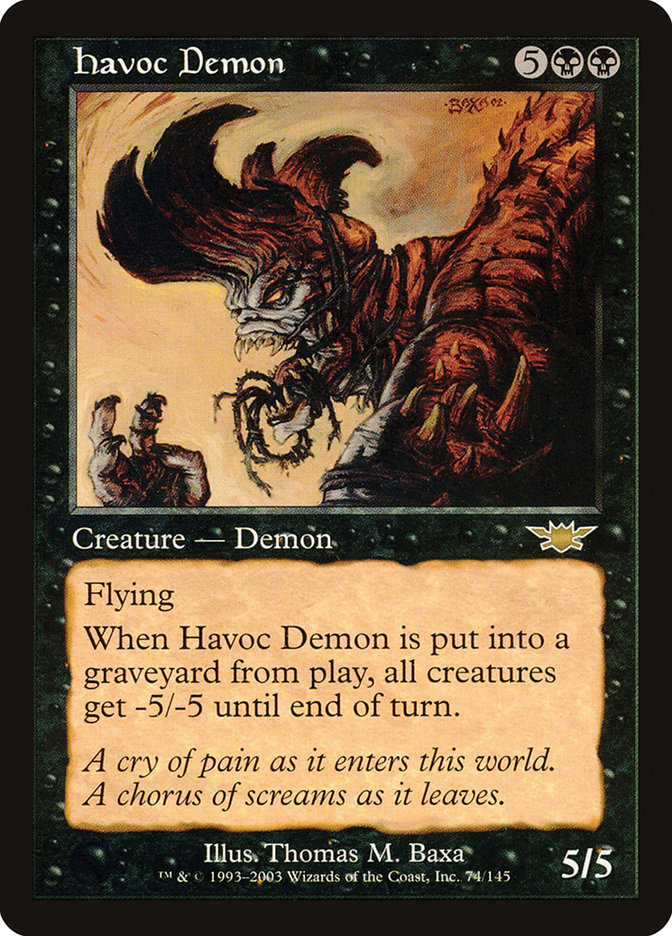
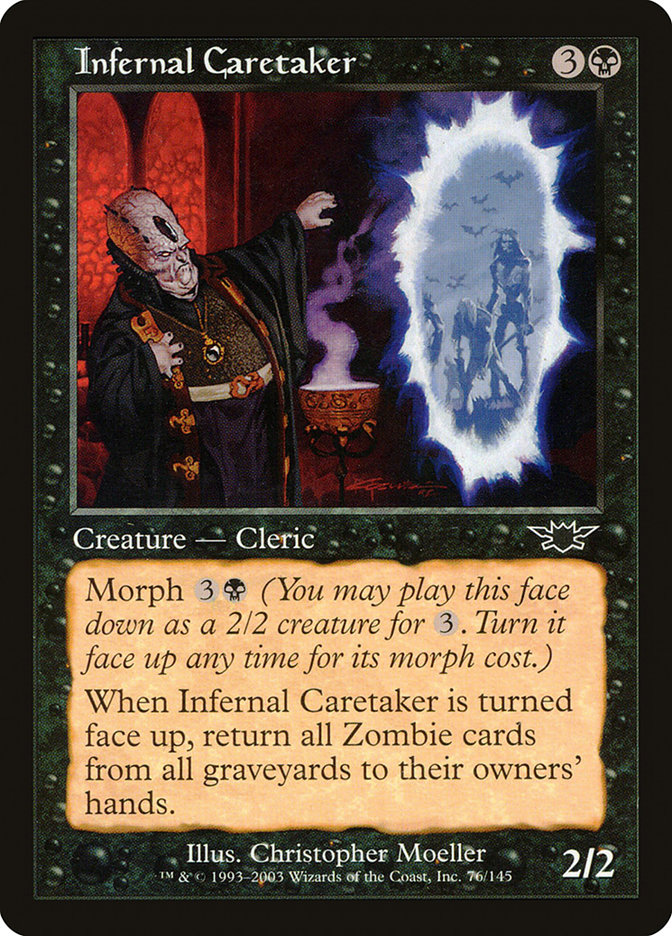
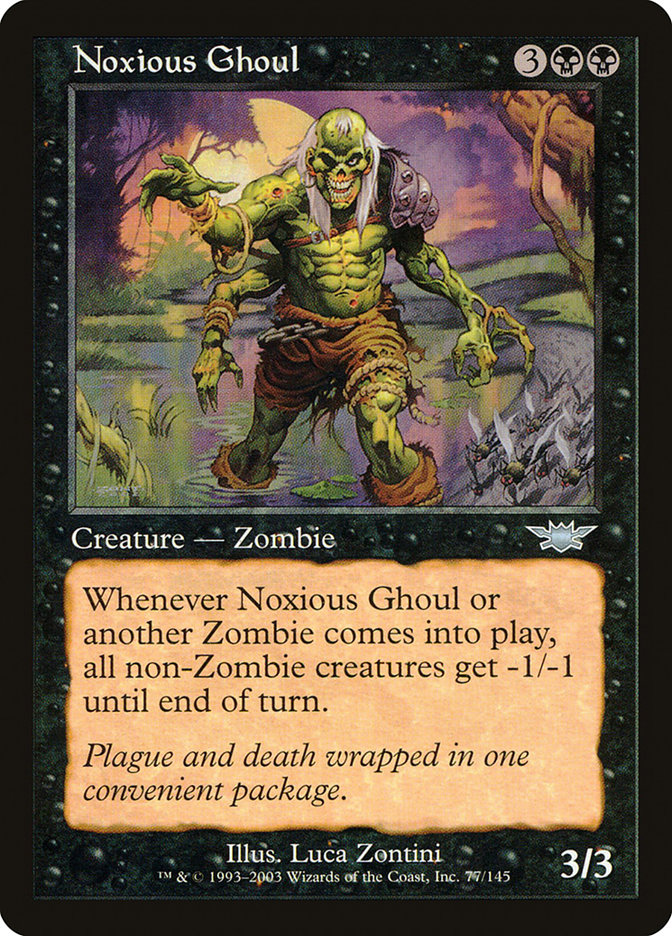

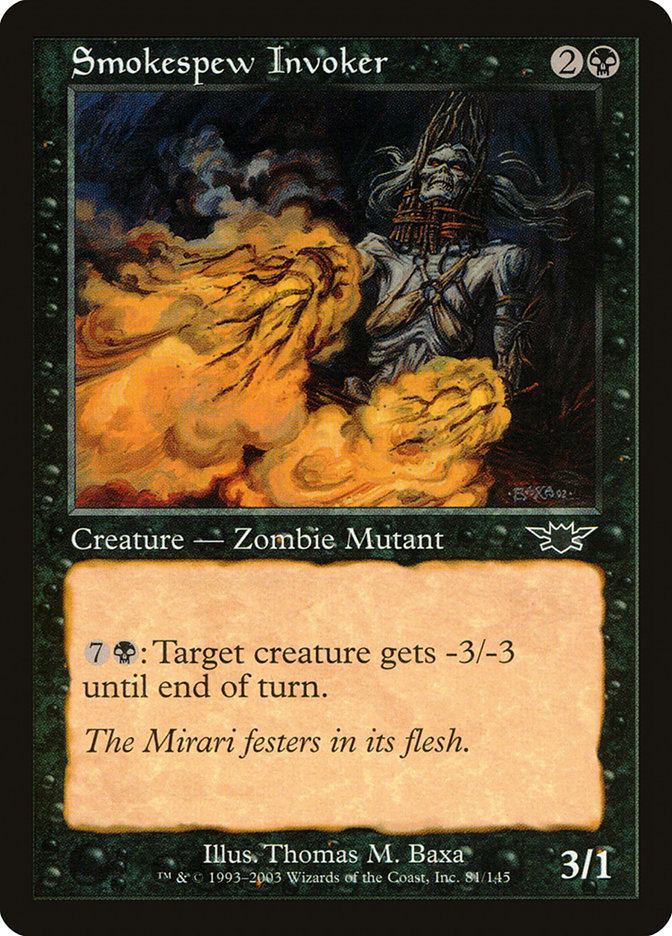
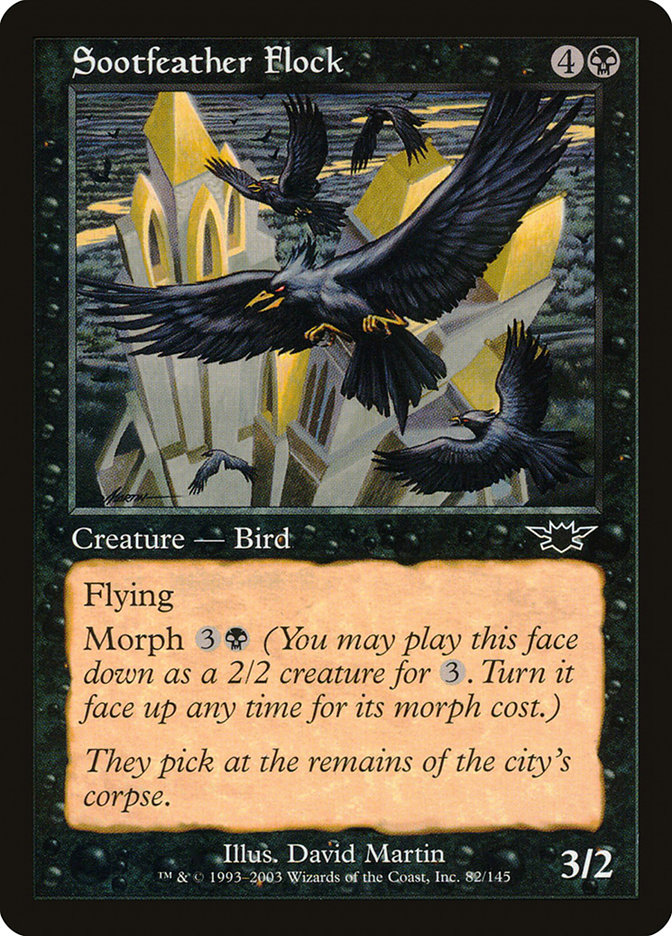
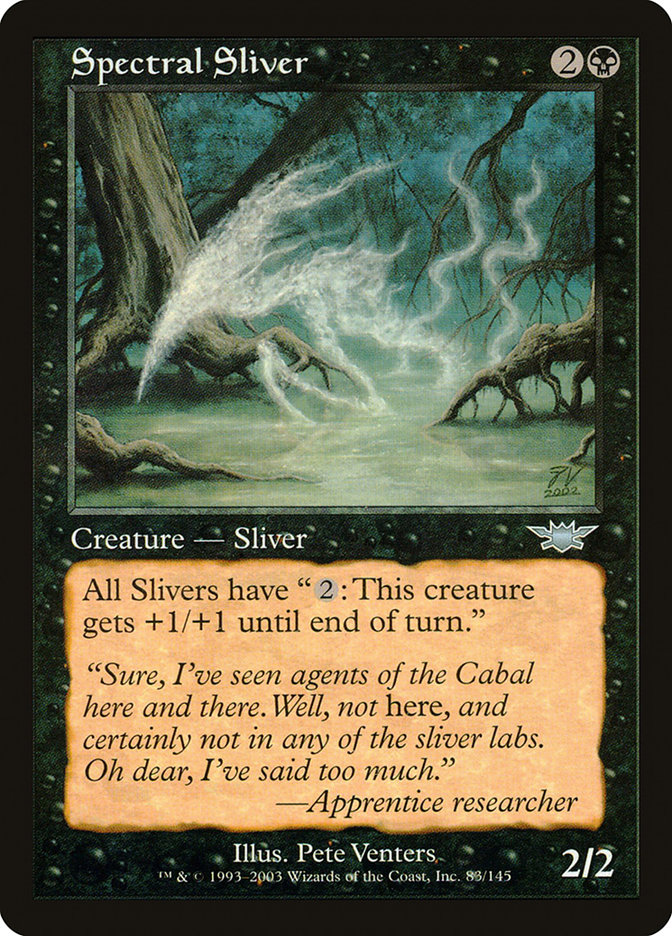
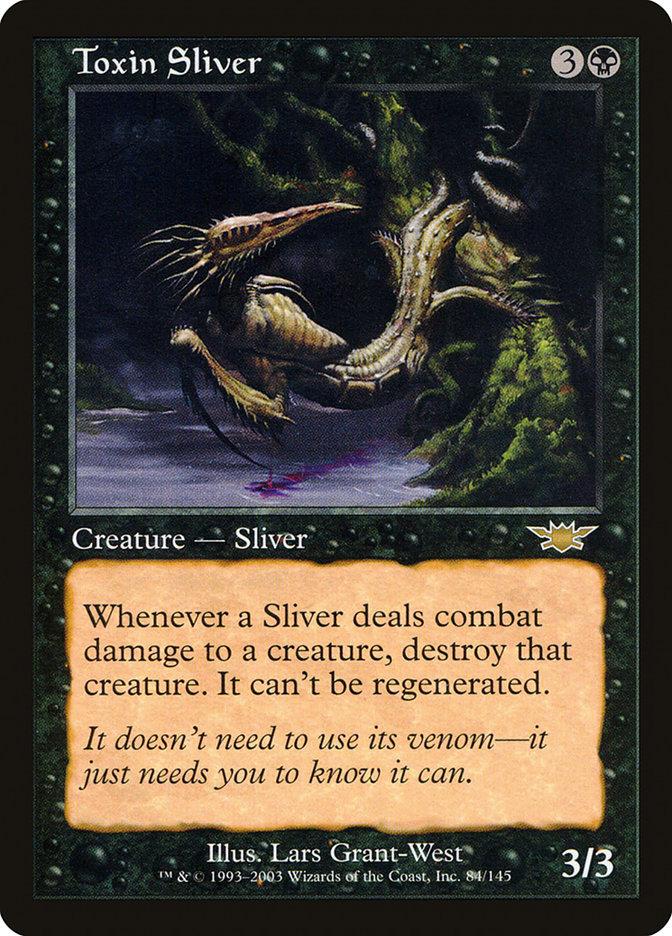
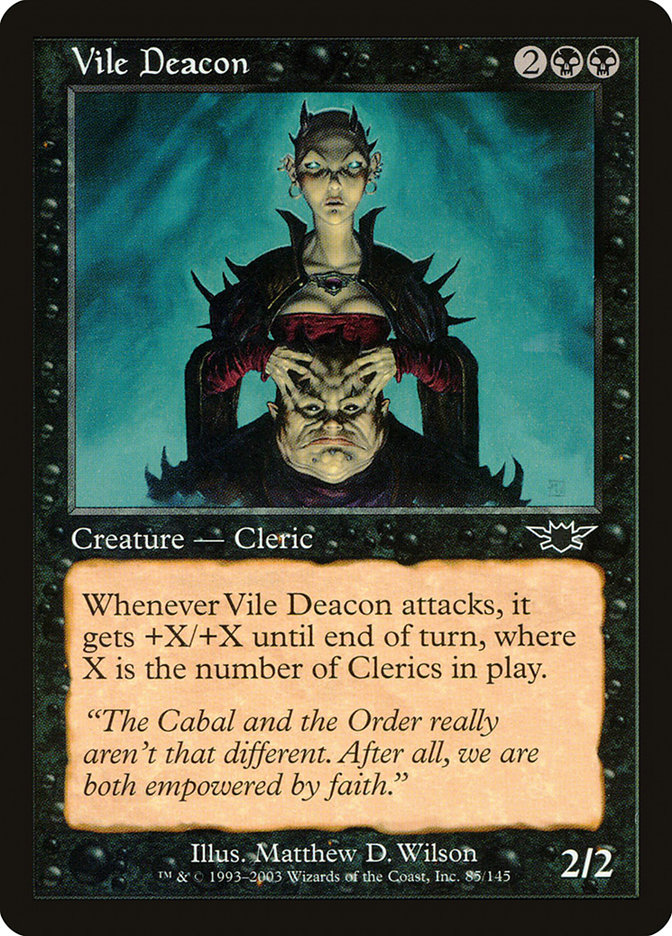
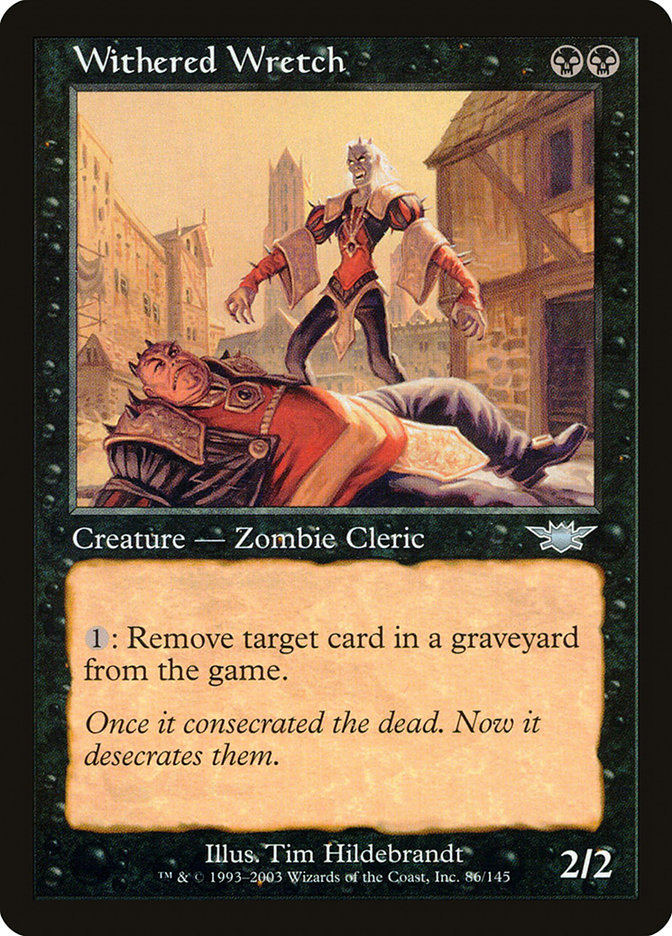
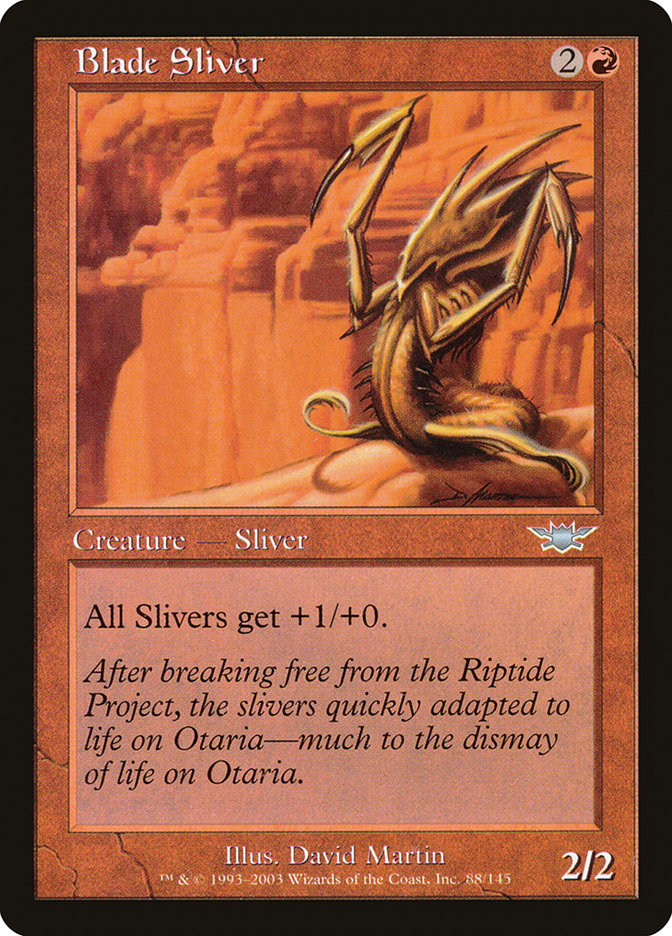

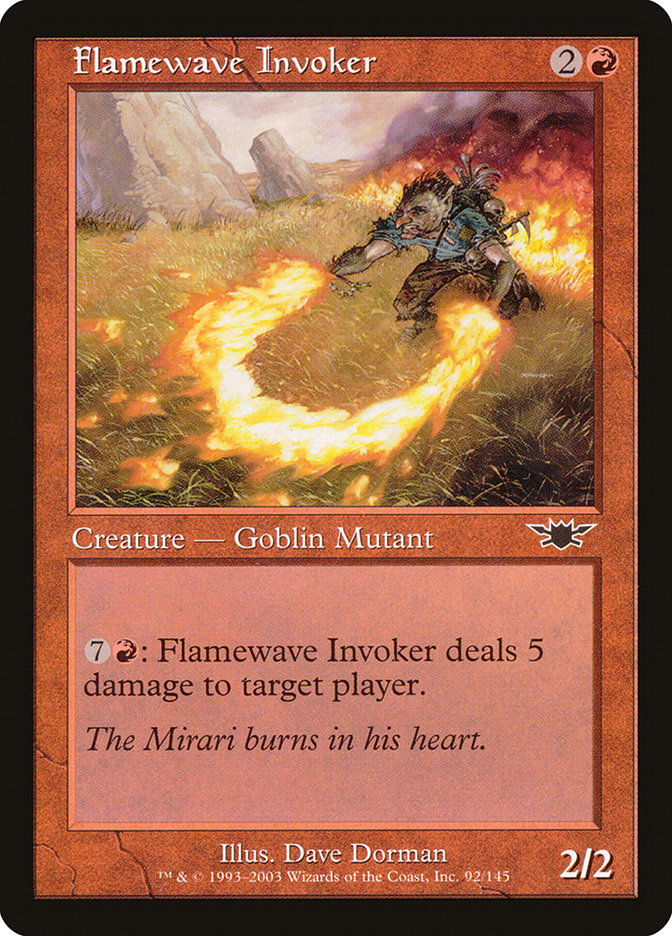
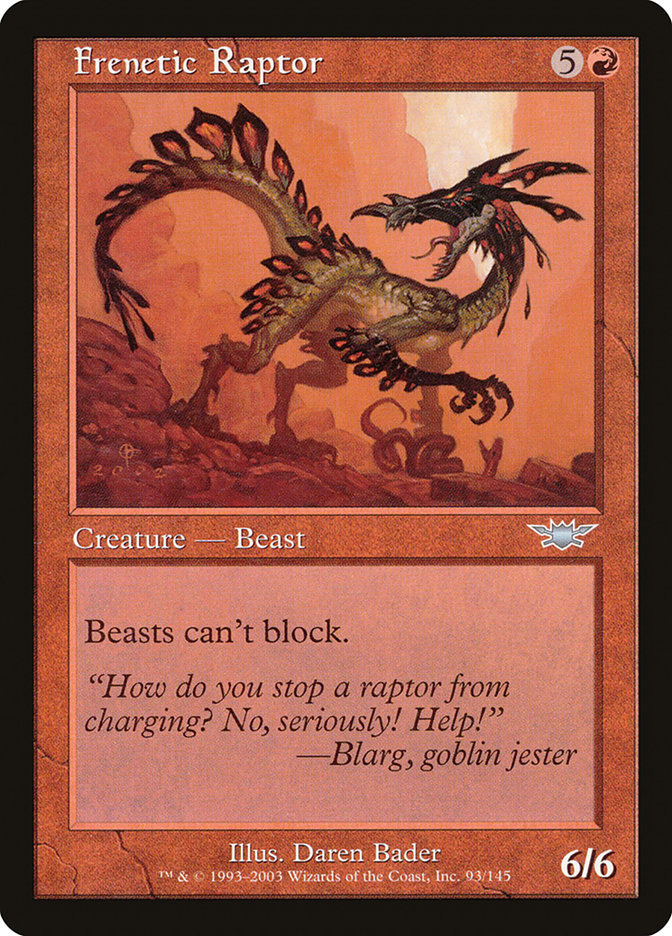


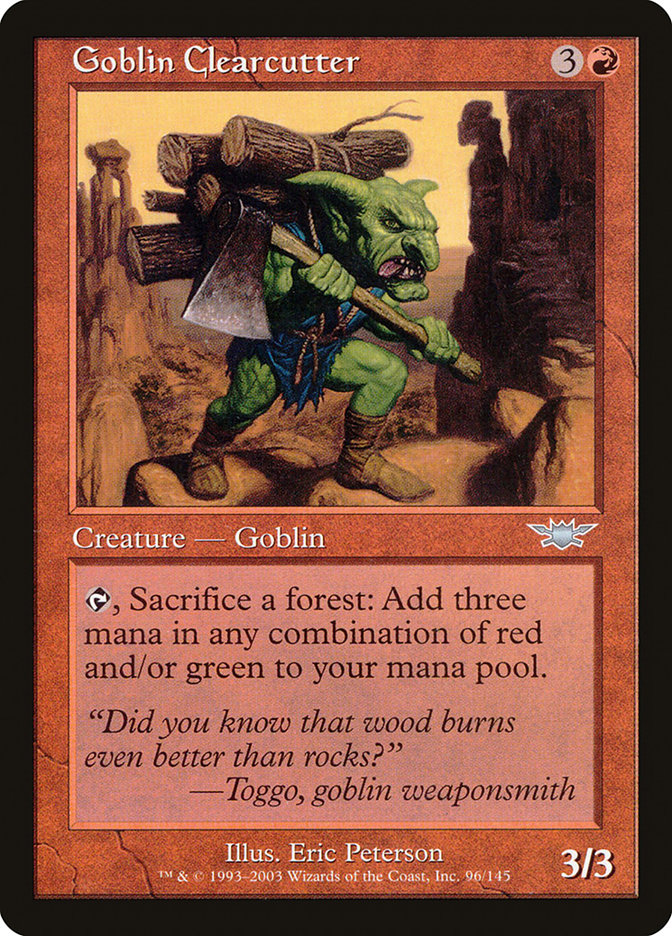
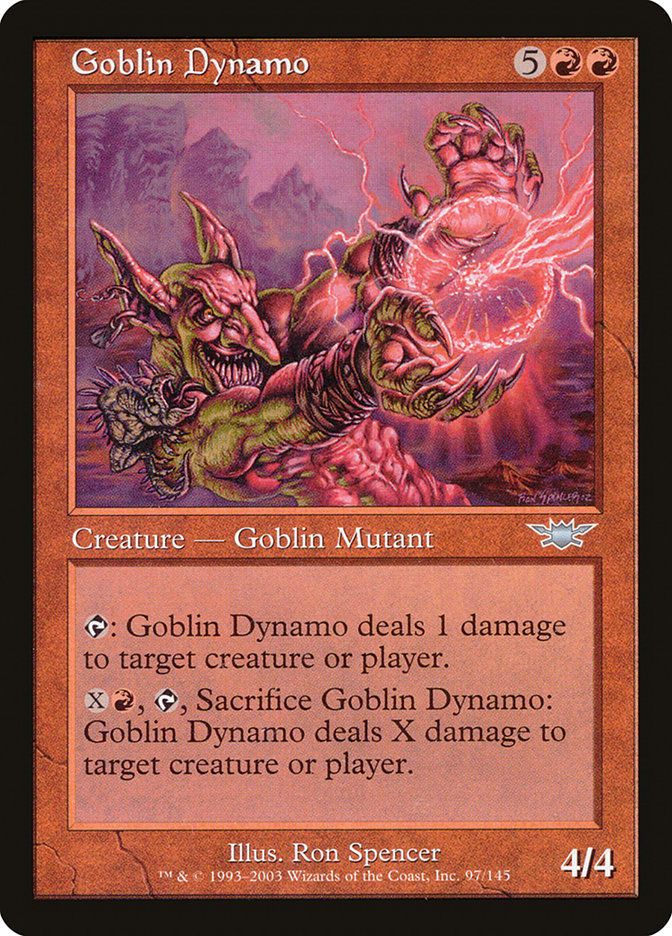
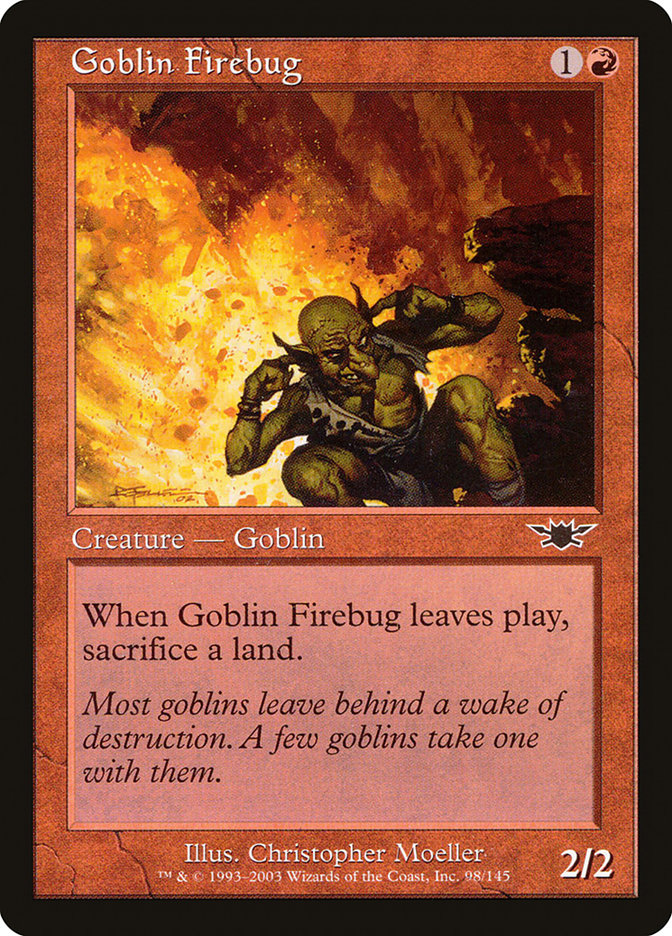
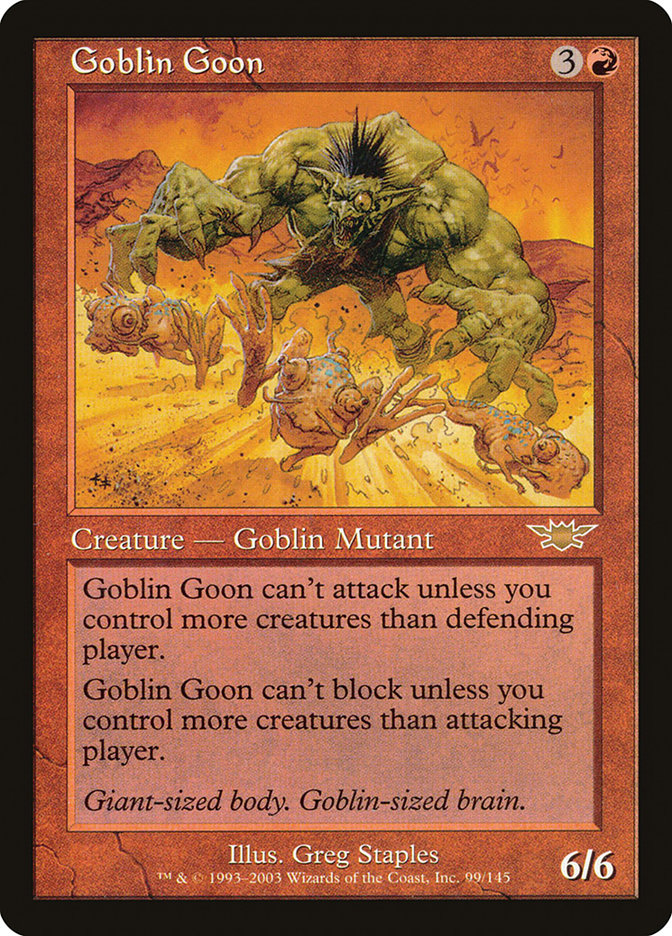
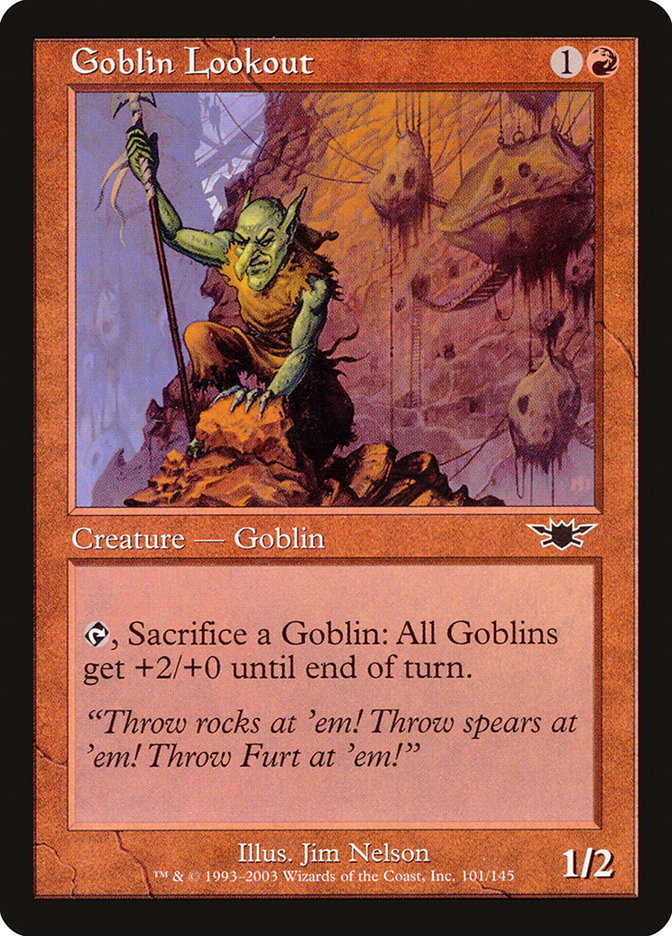
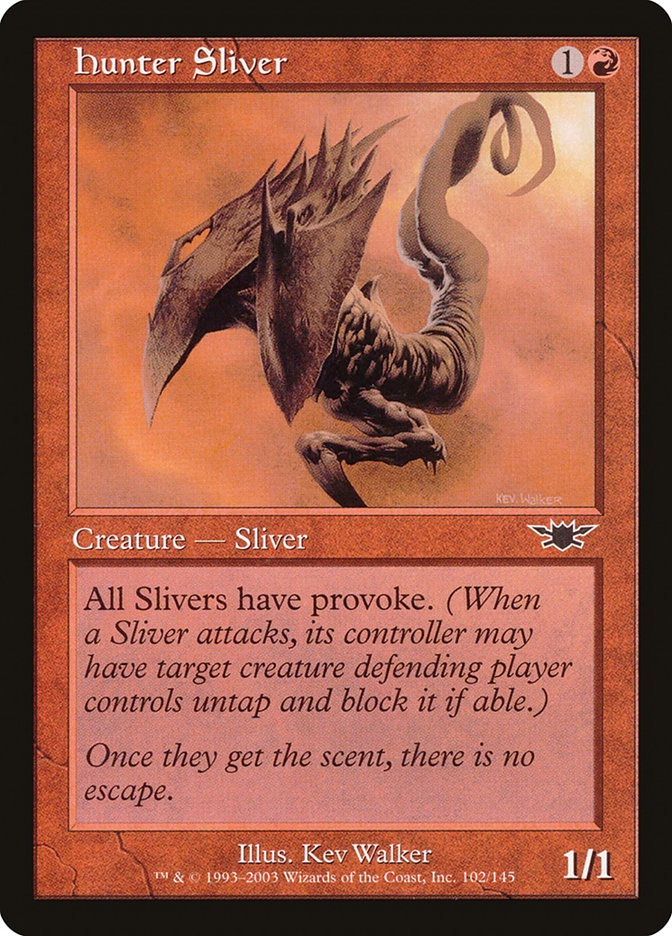
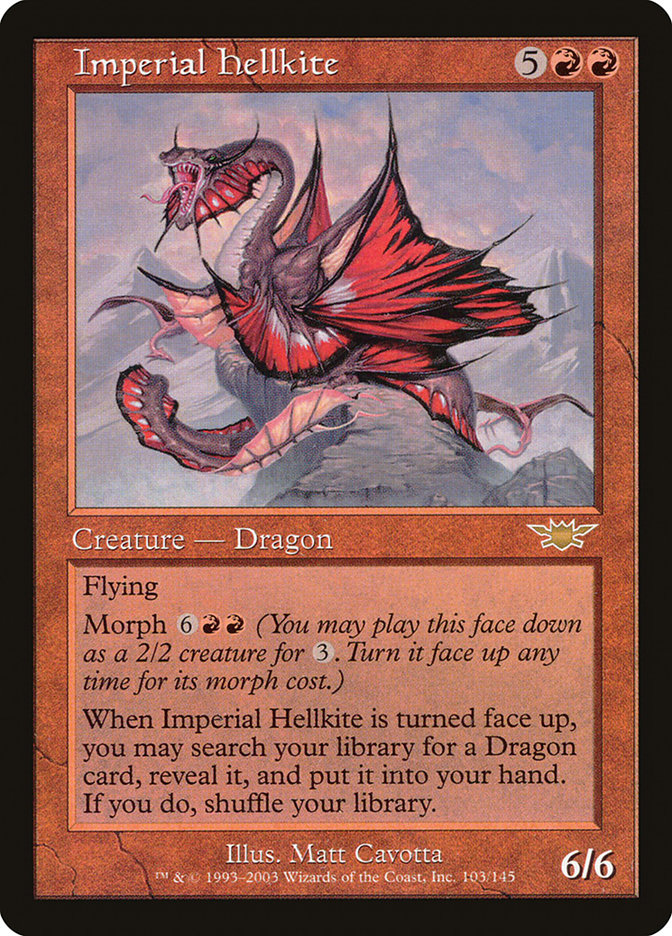
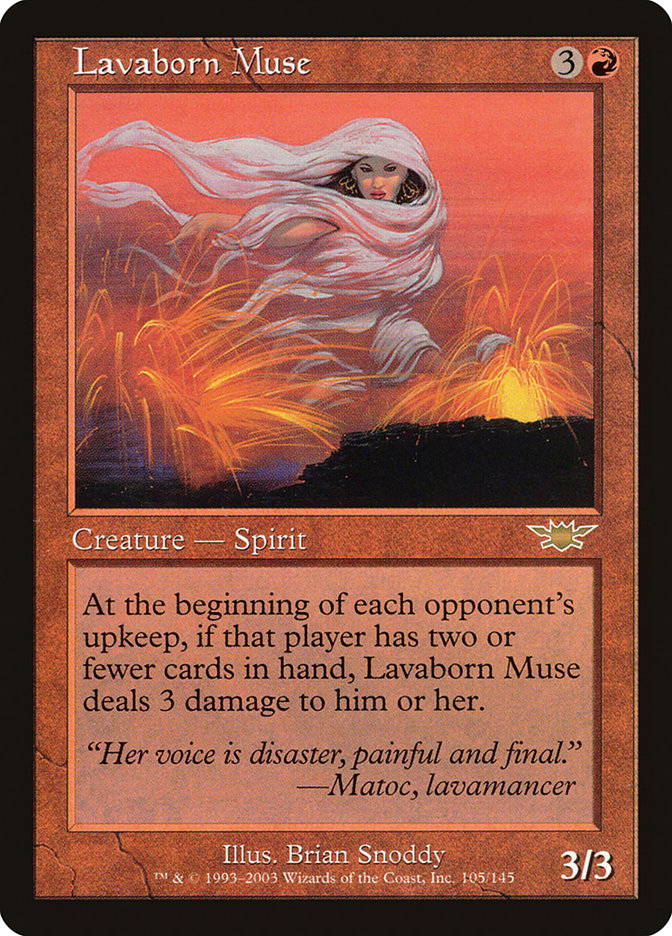
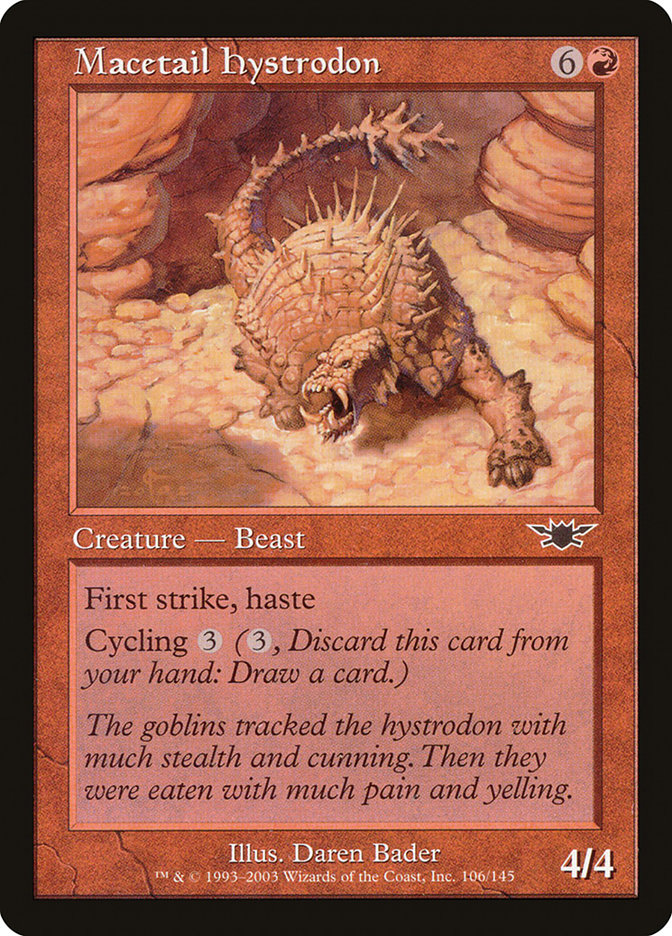
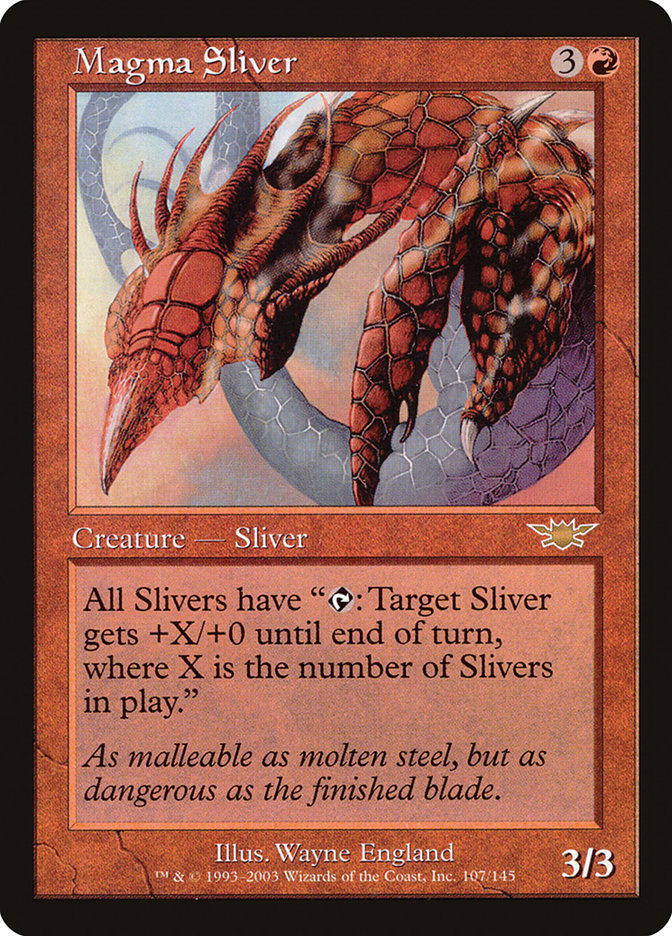
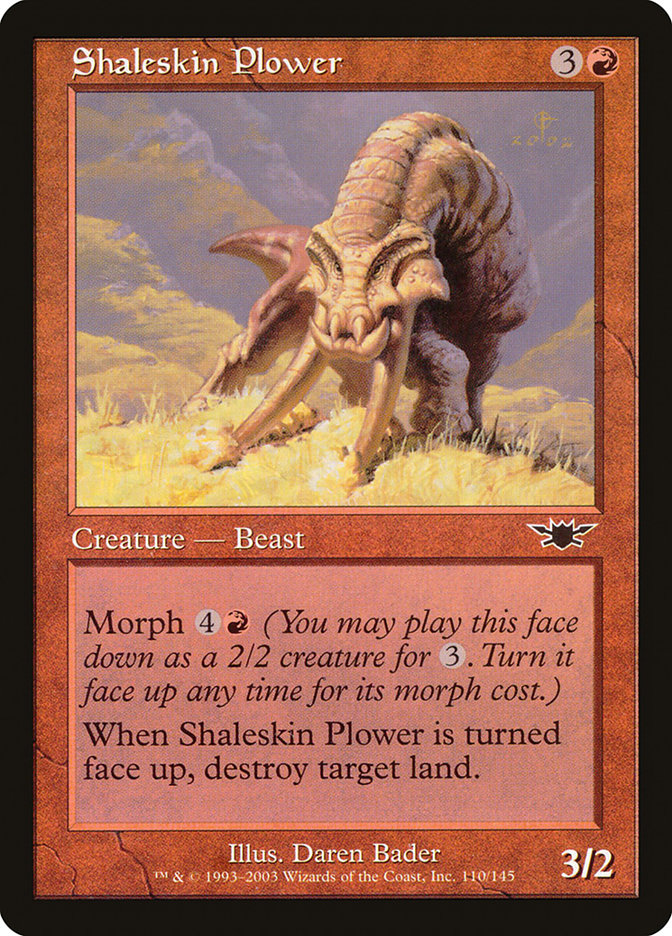
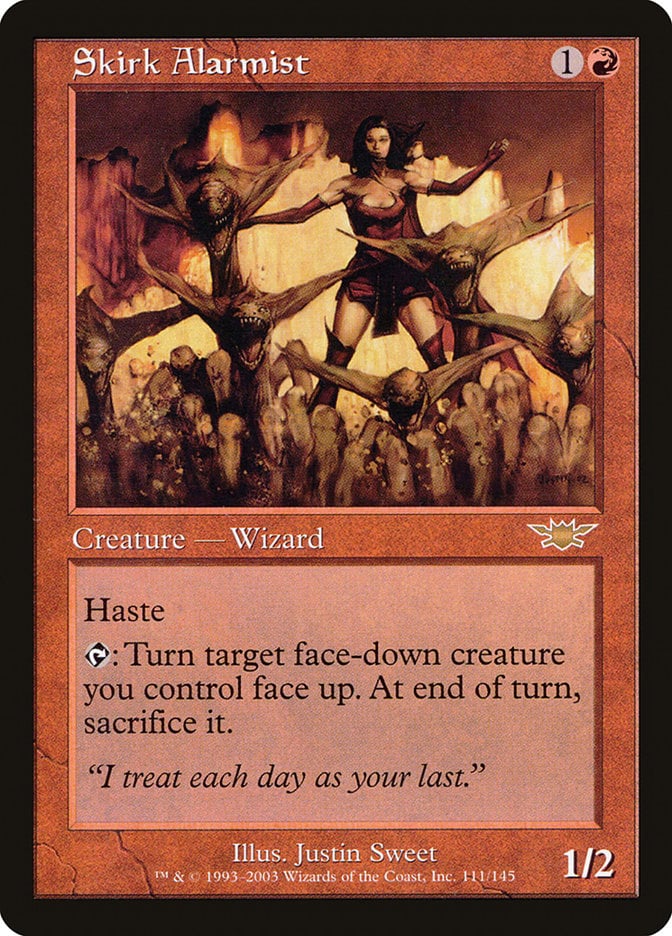
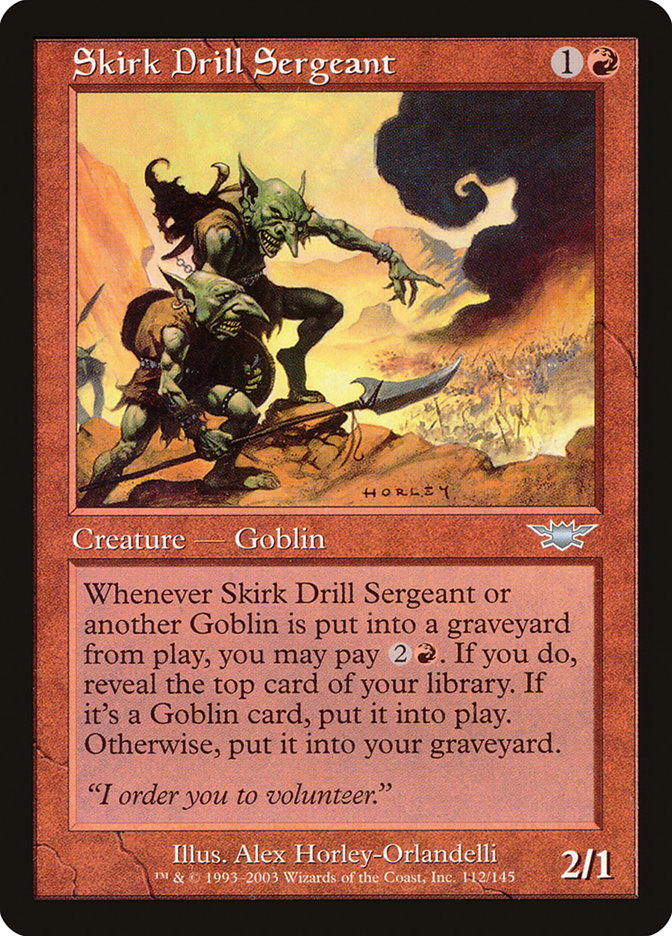


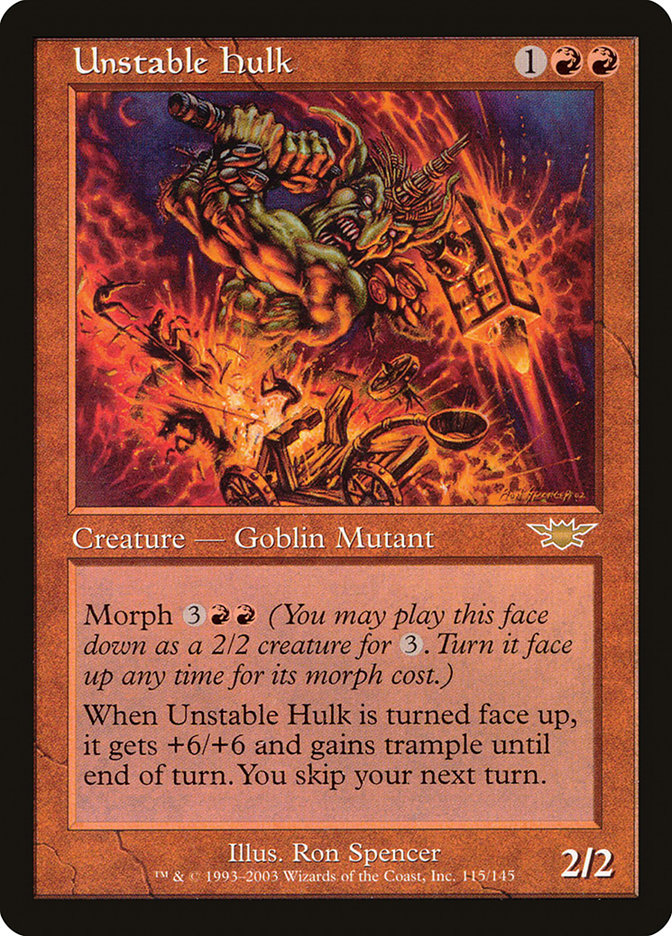
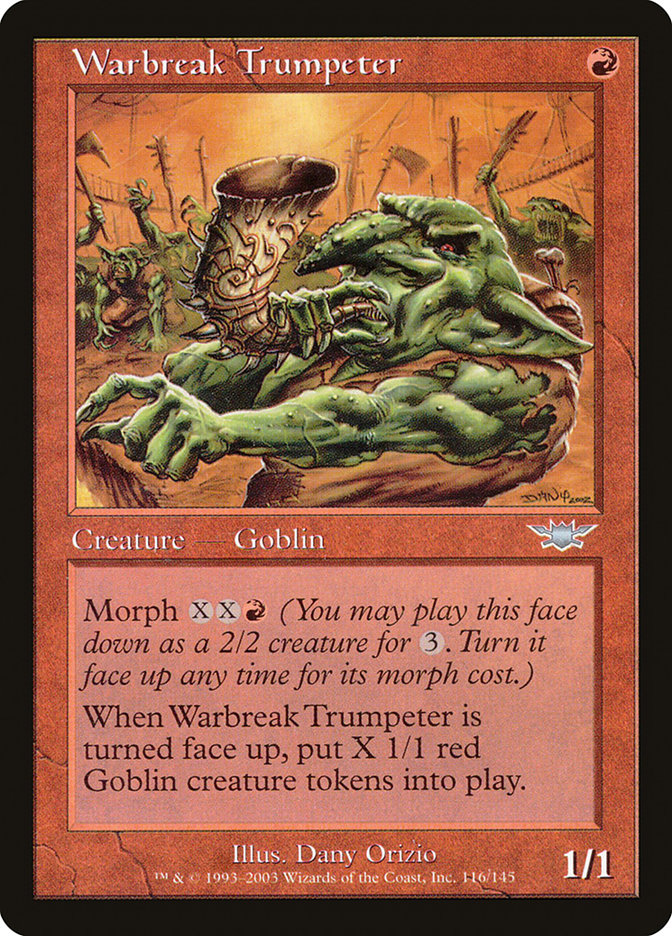

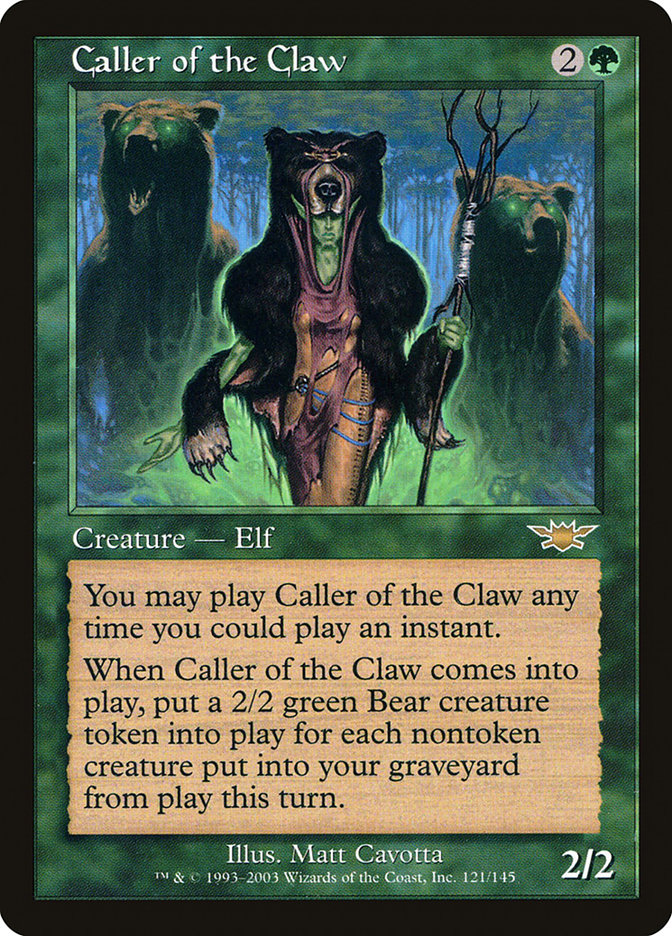
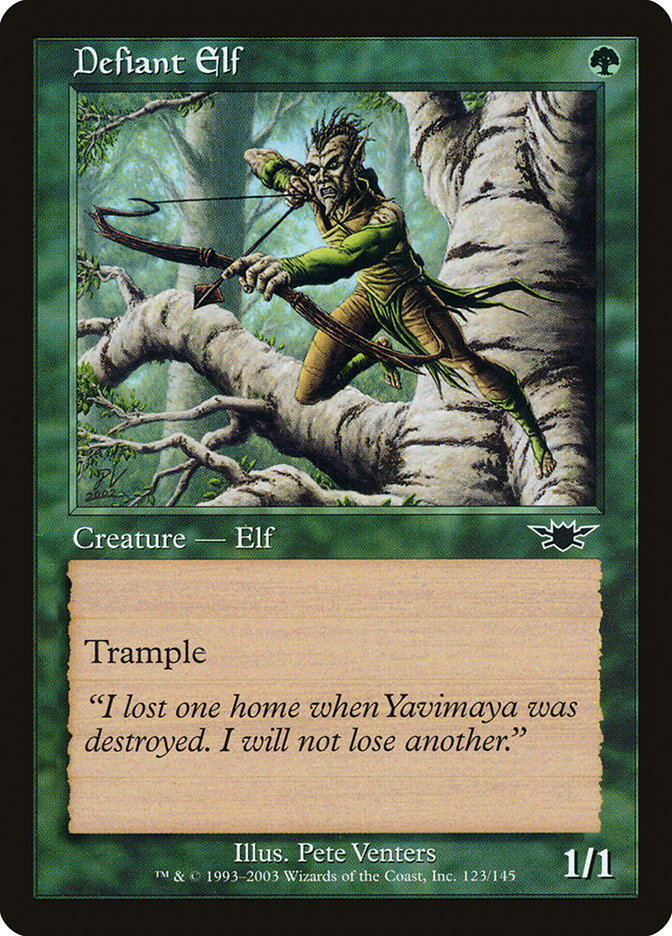
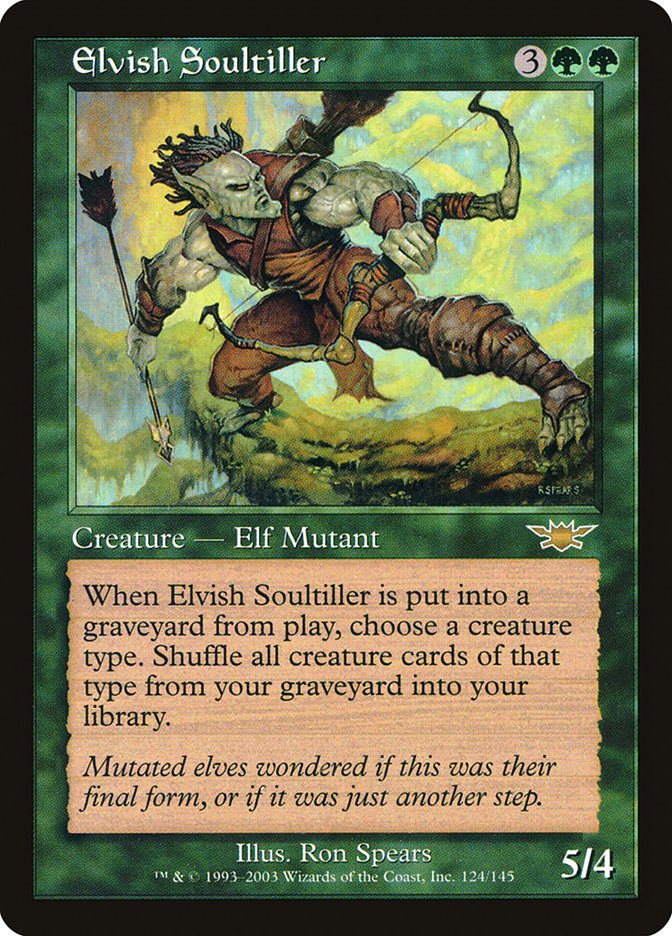
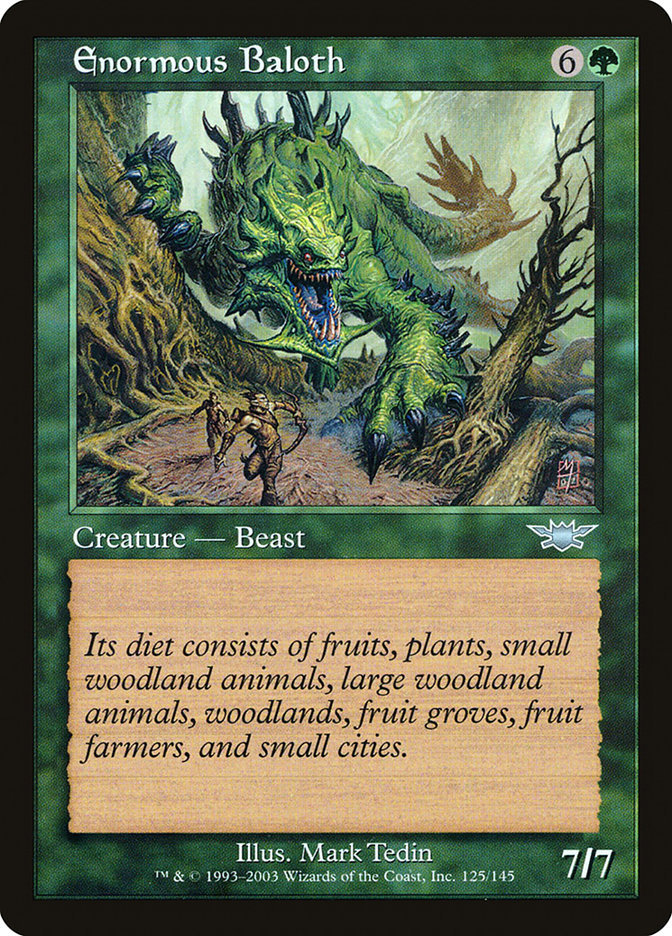
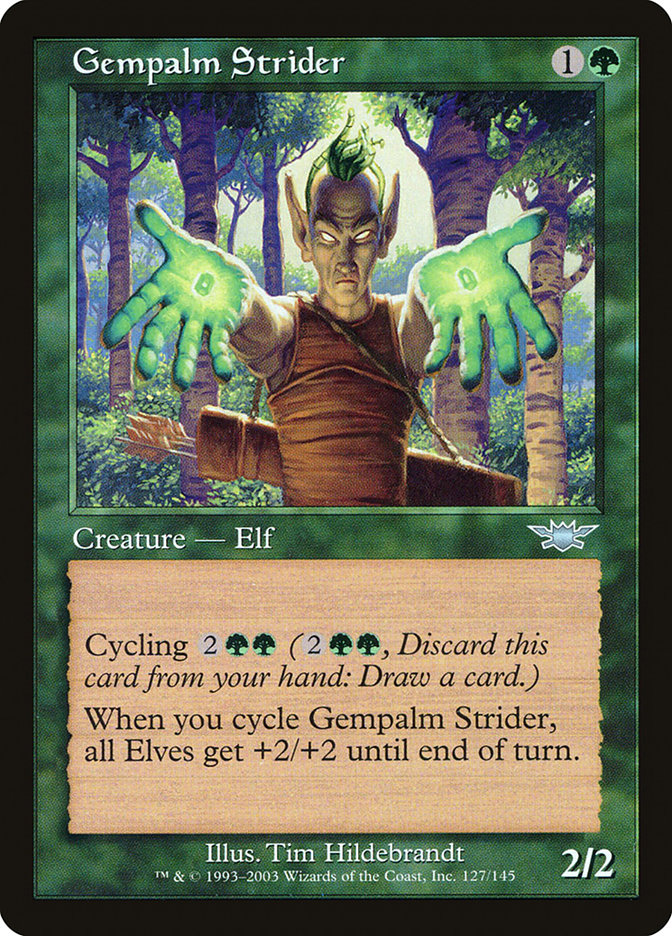
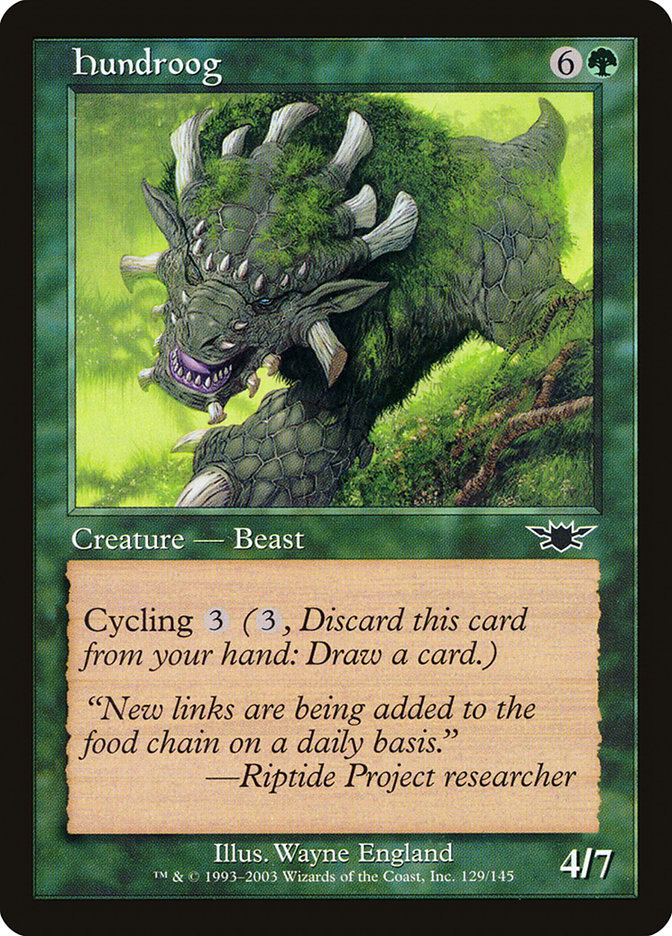
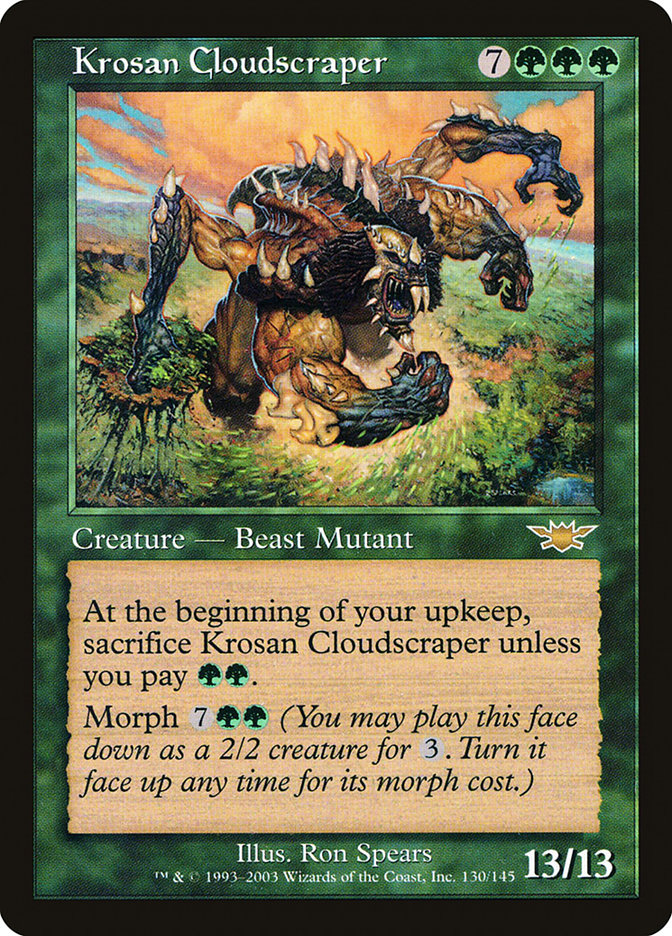
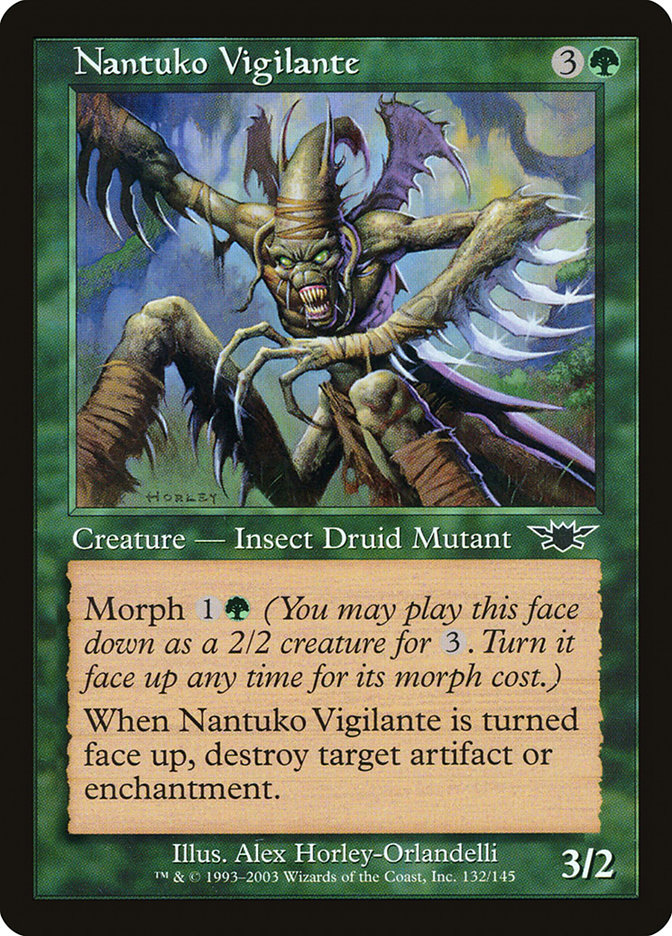
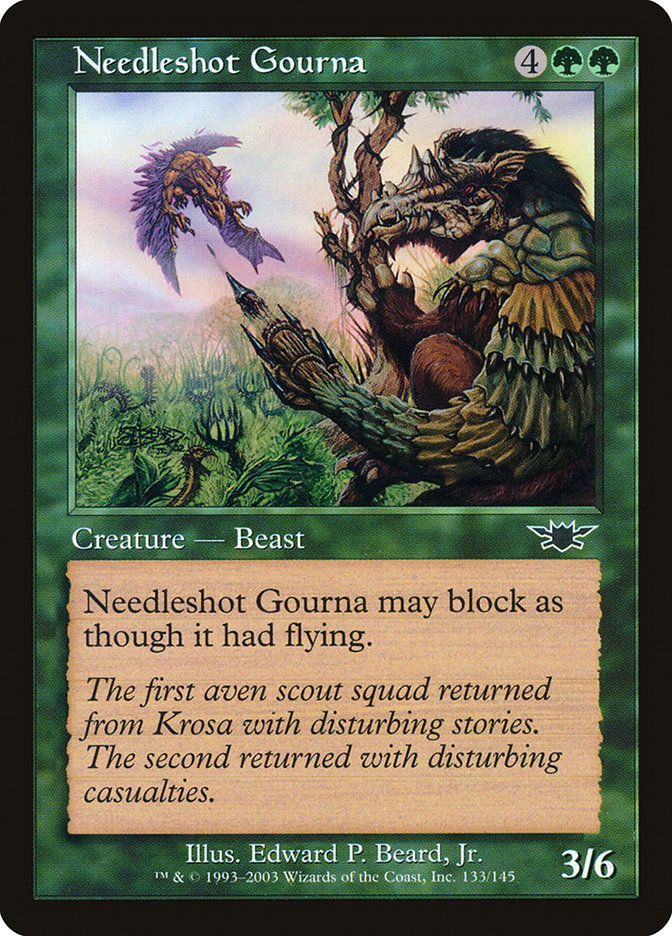

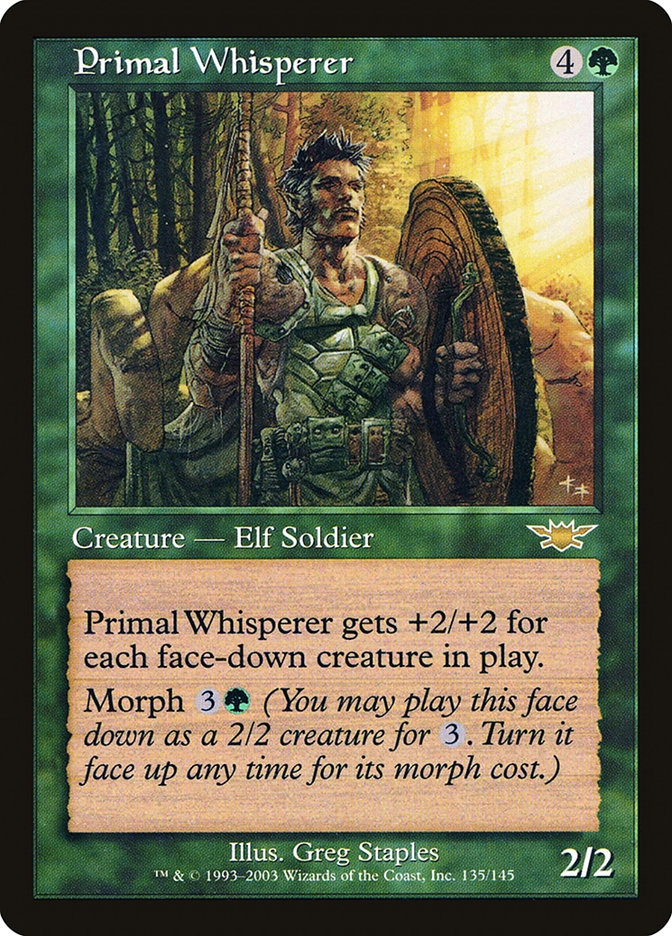

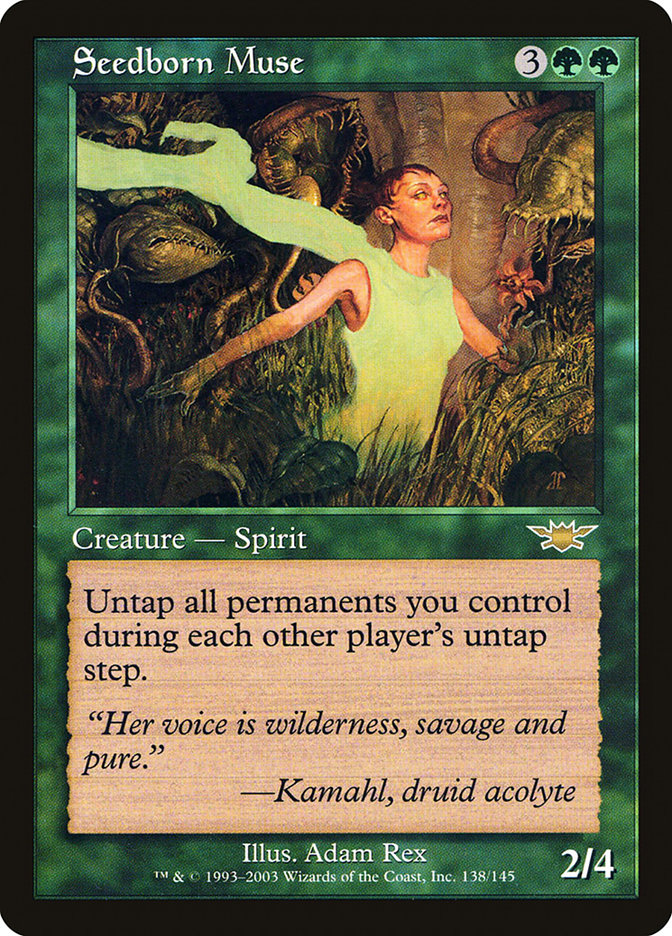
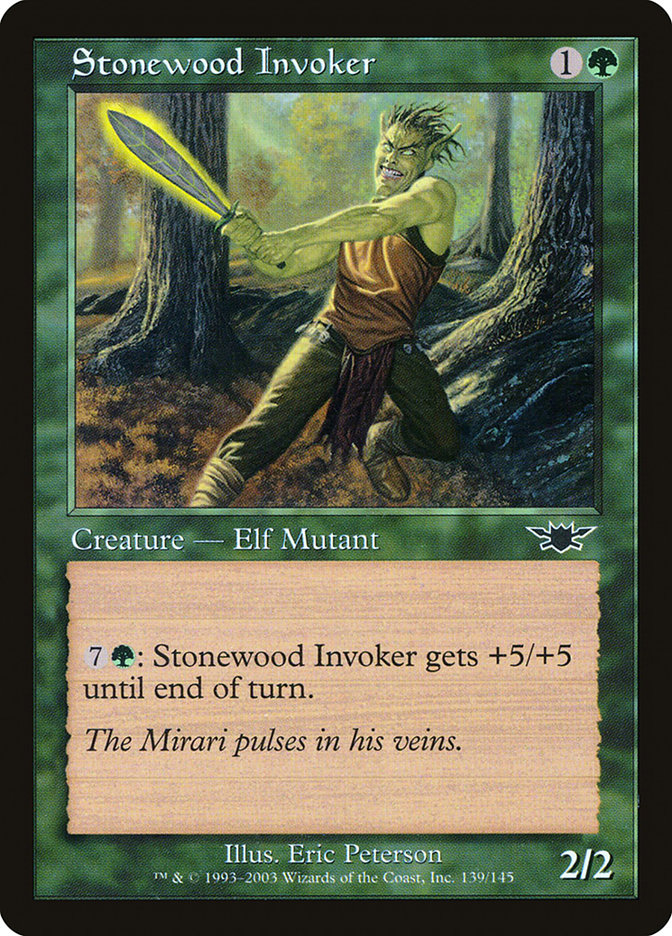

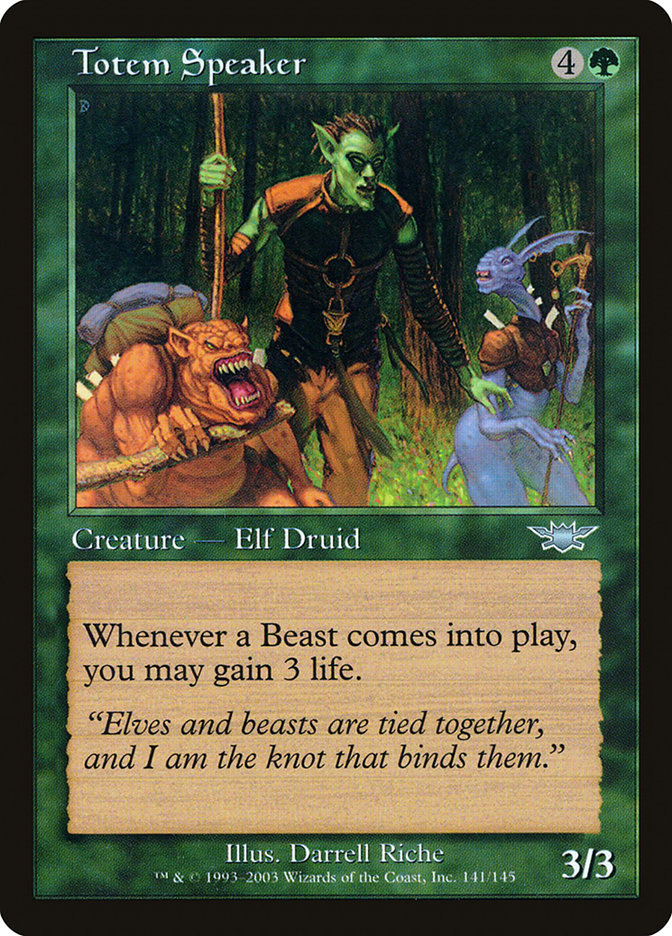
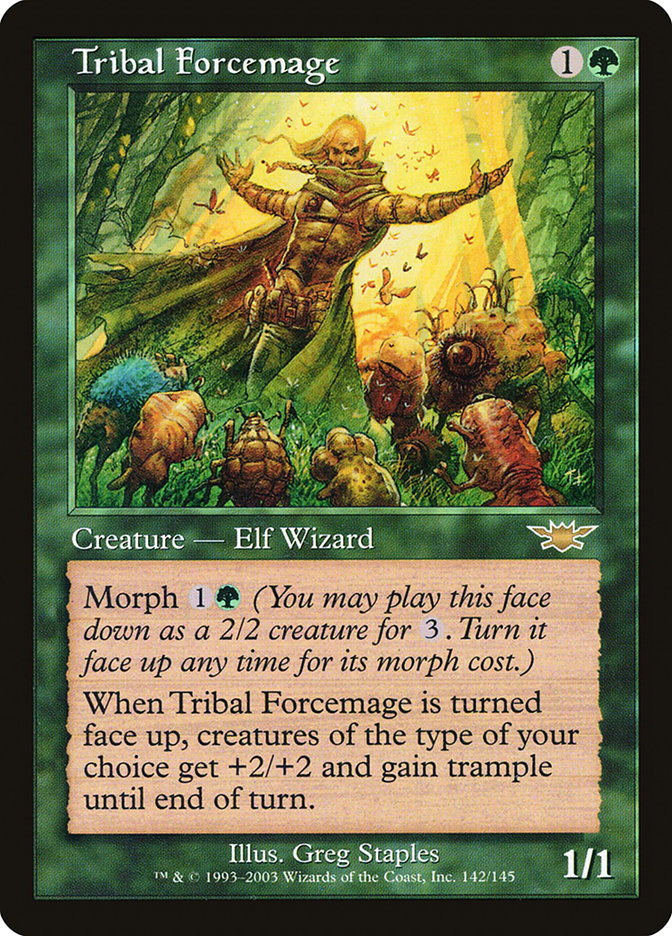

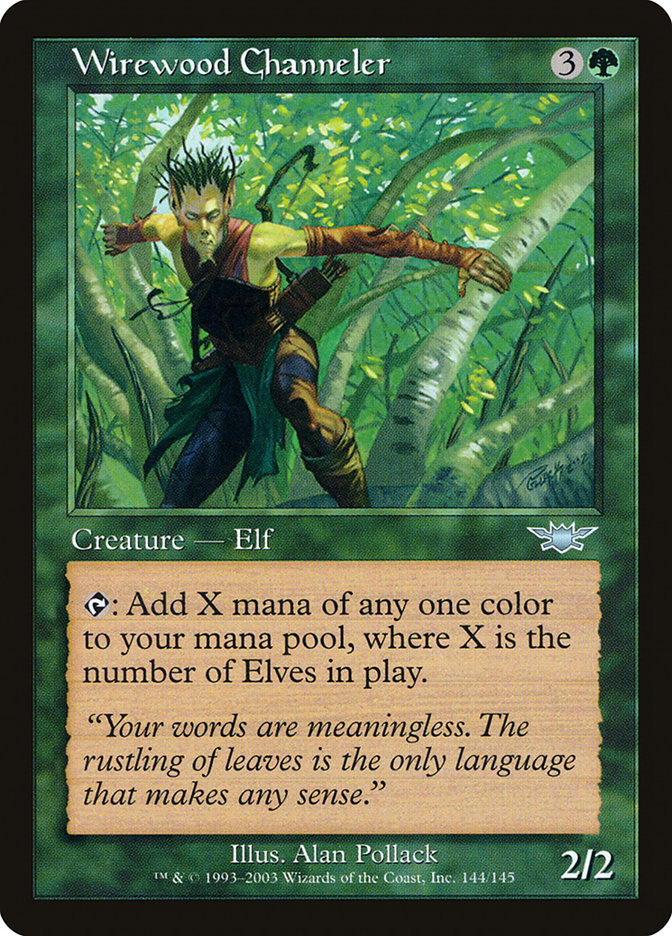
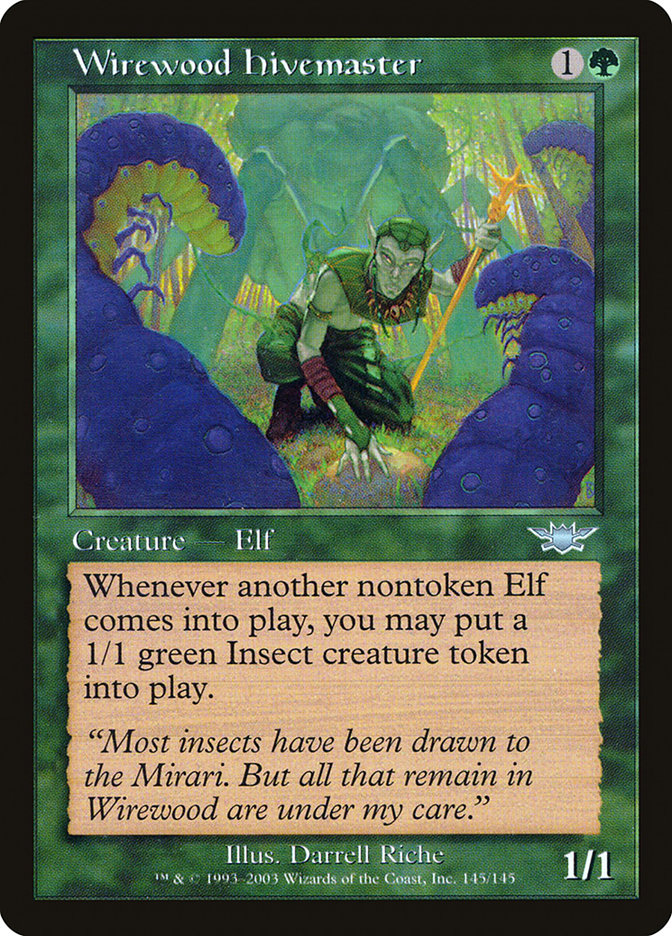
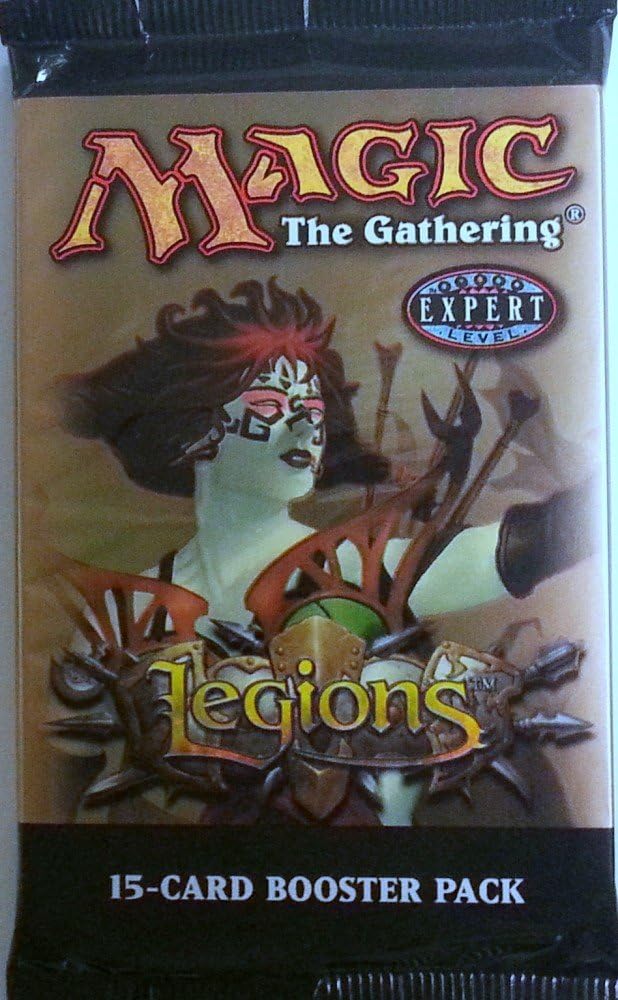


Add Comment